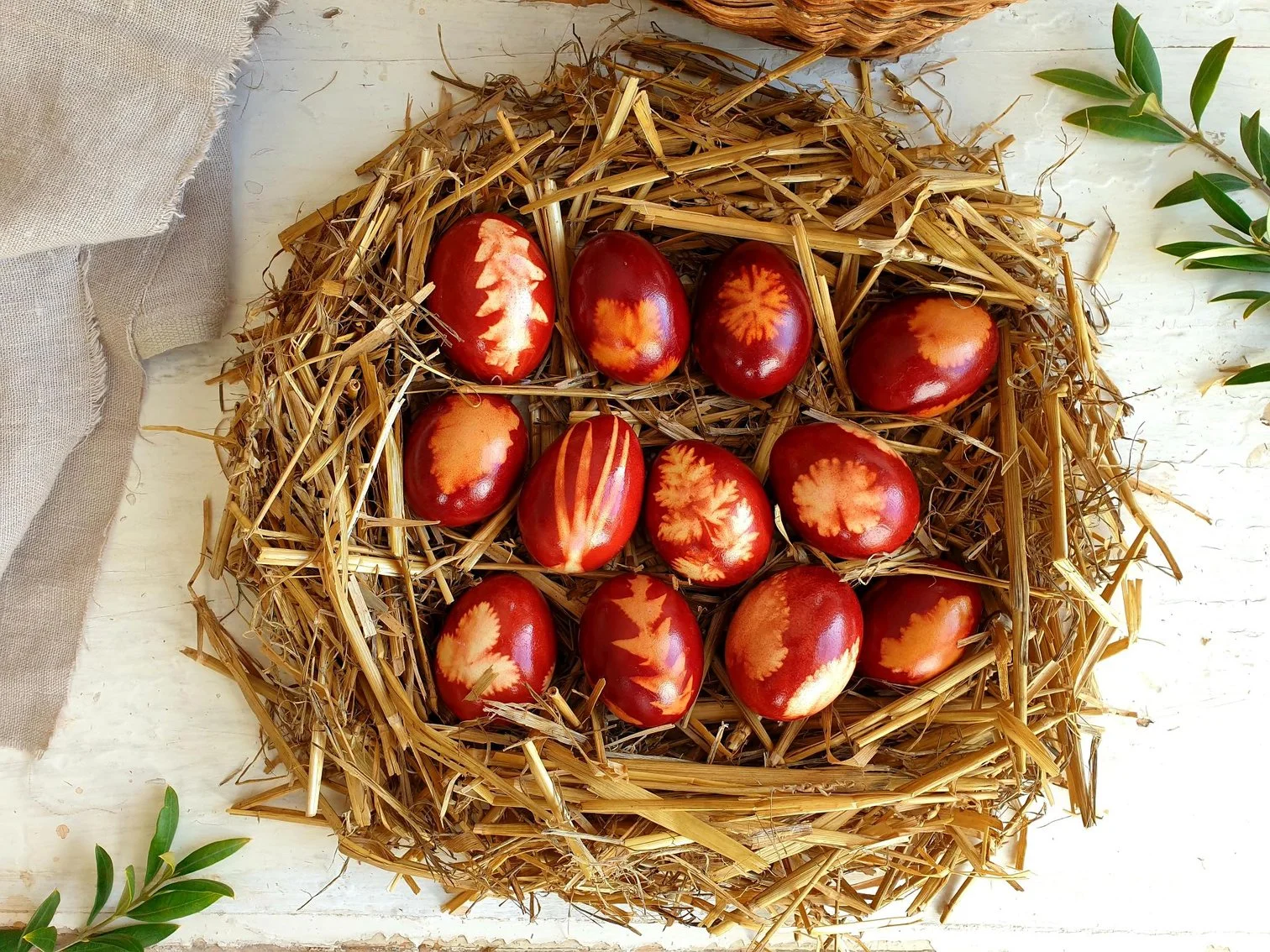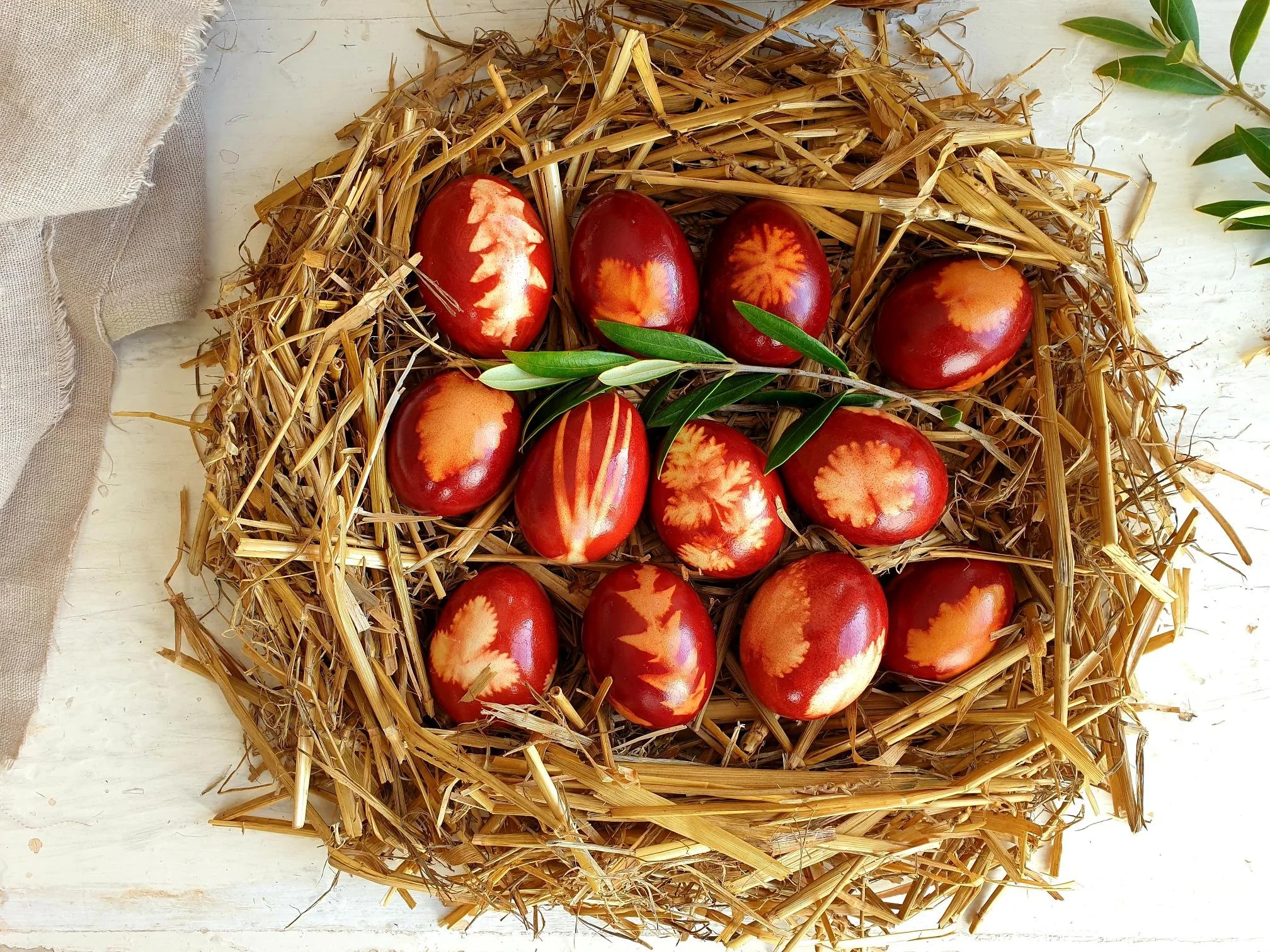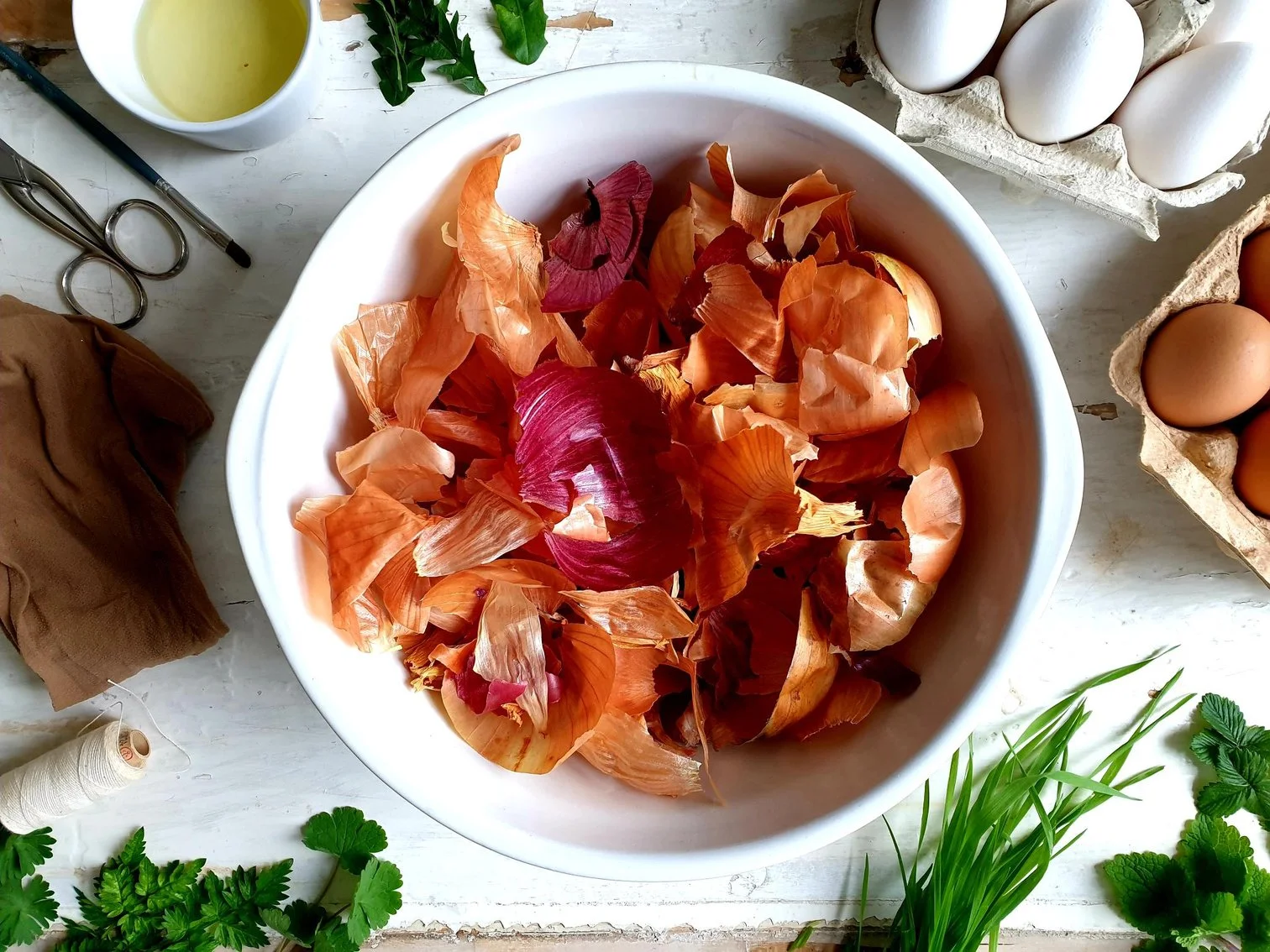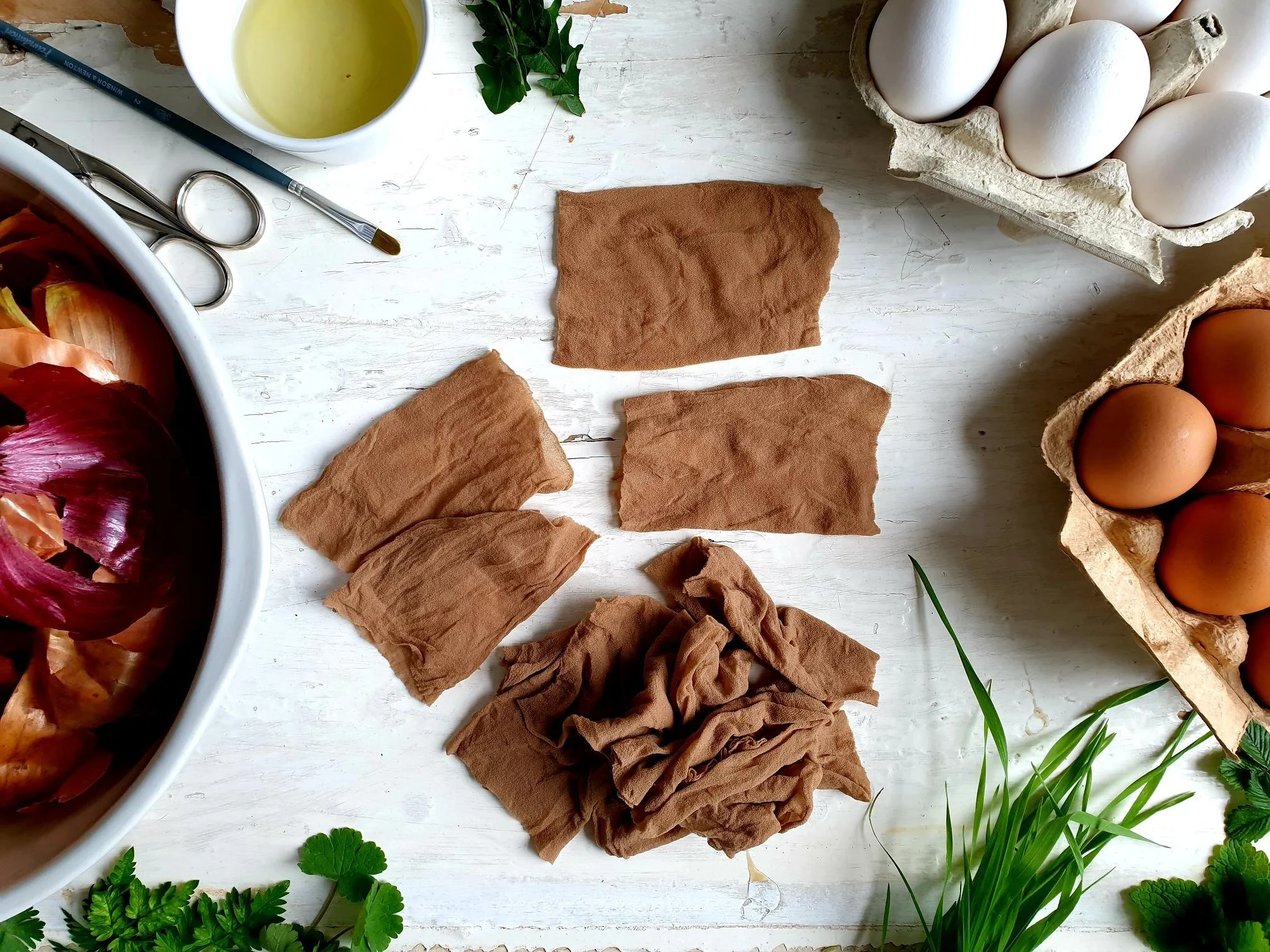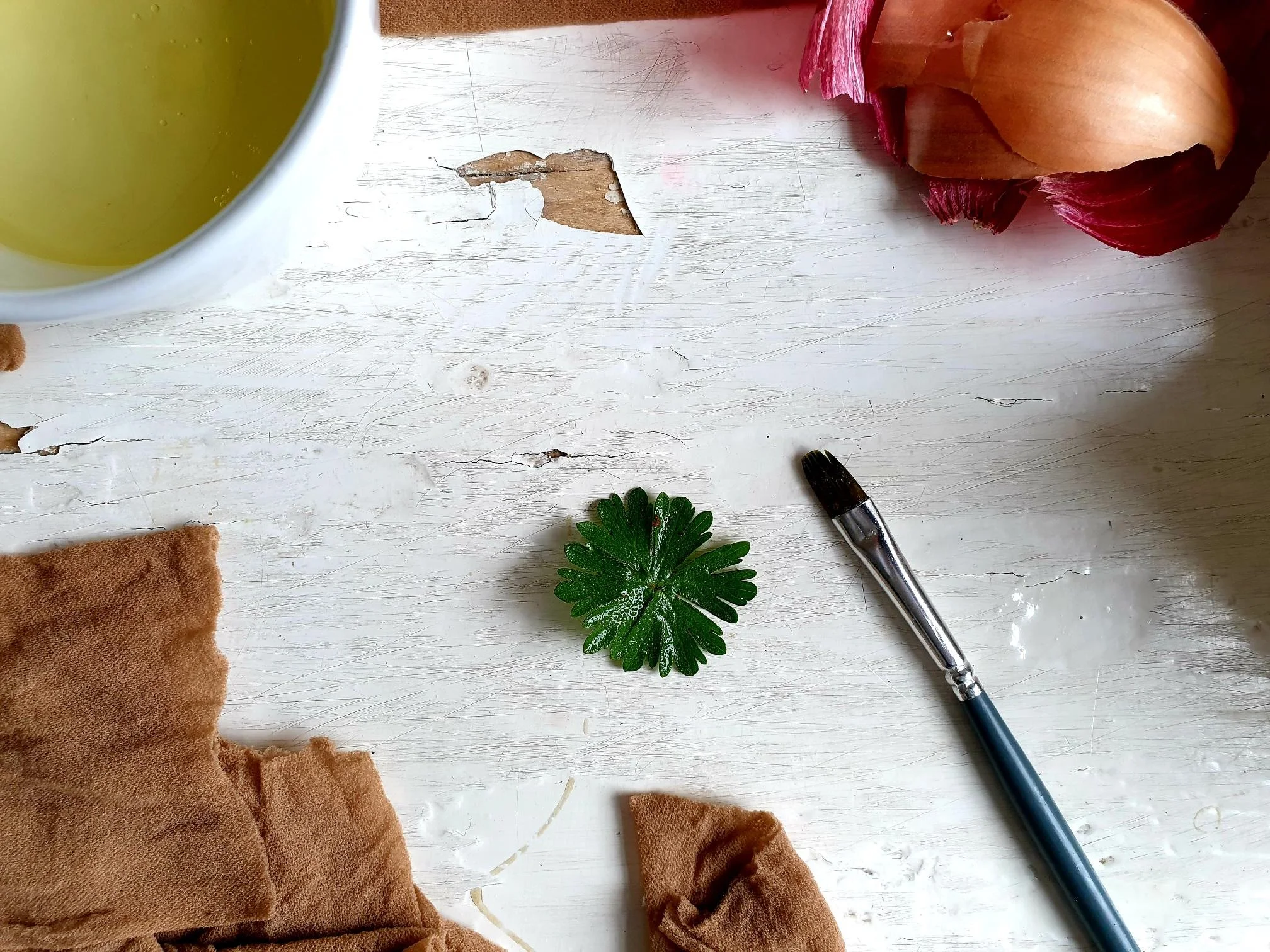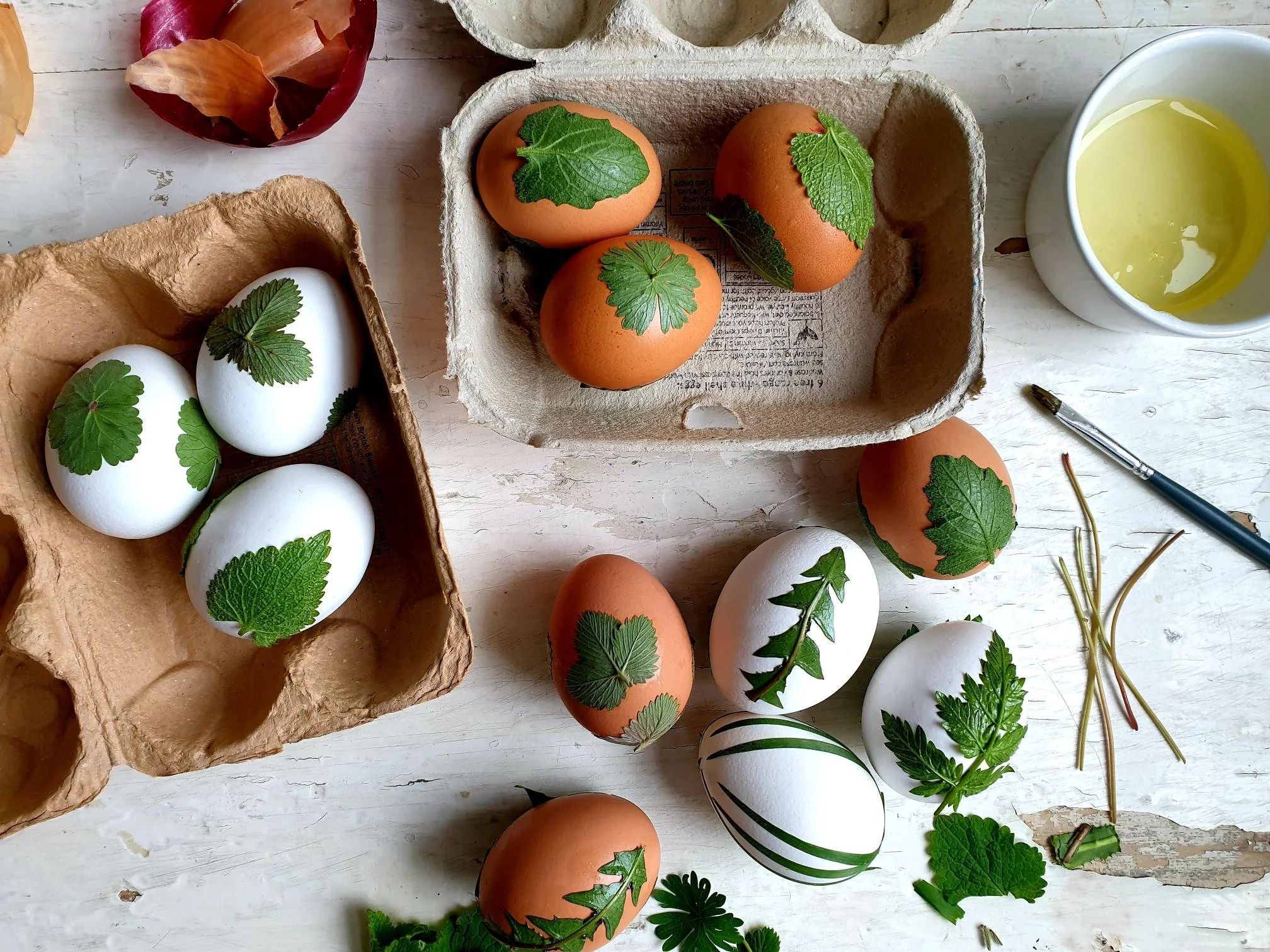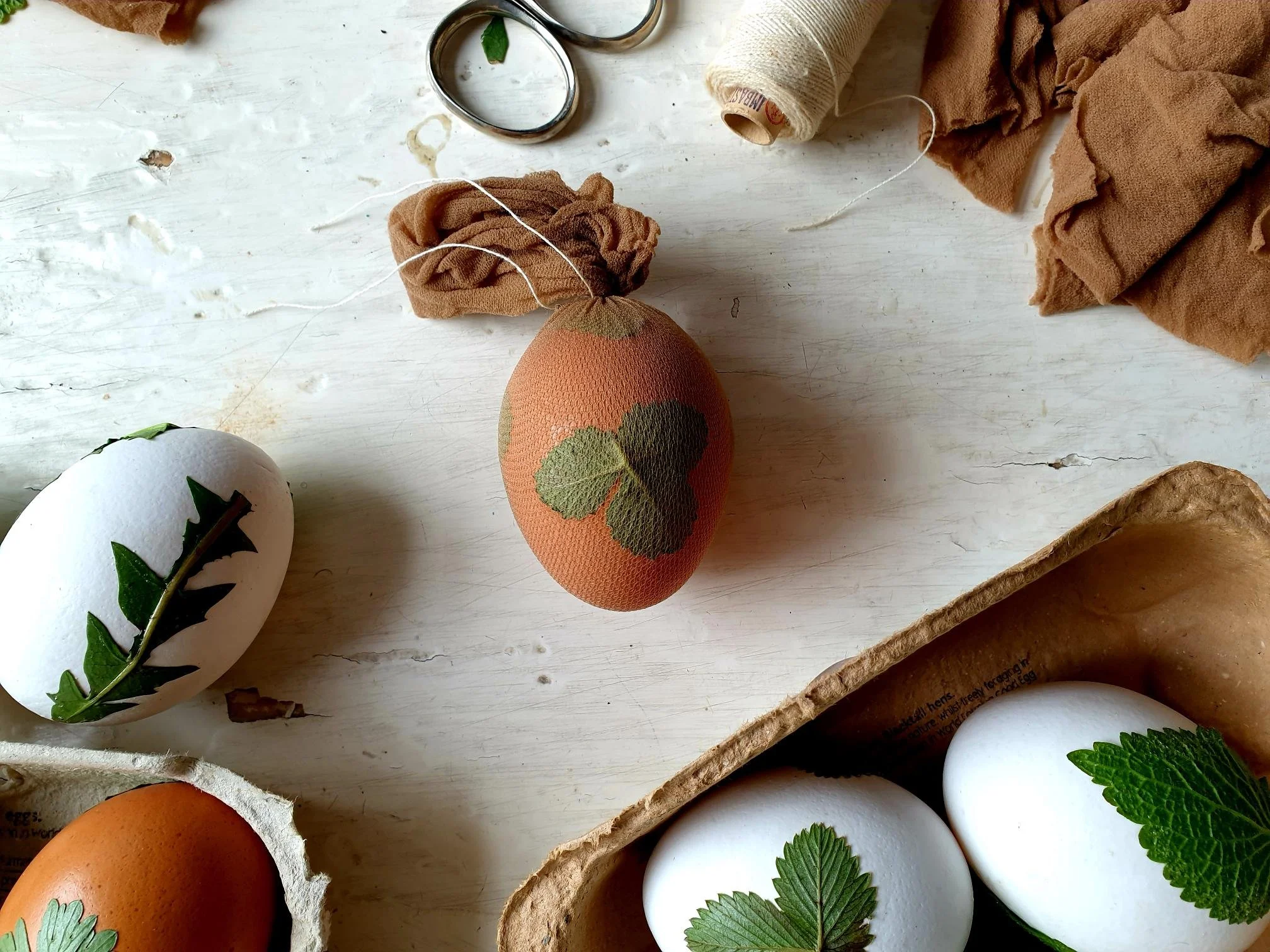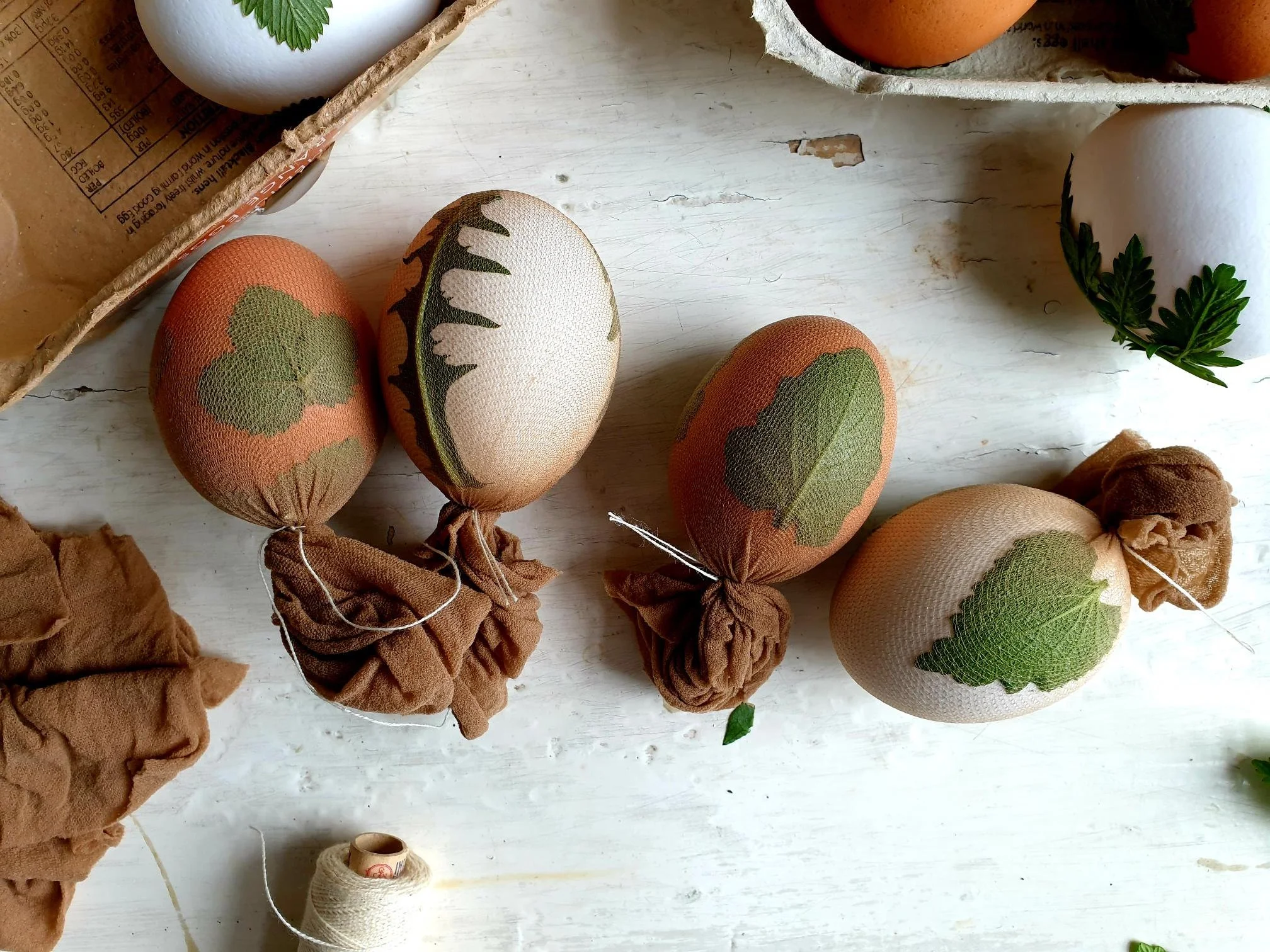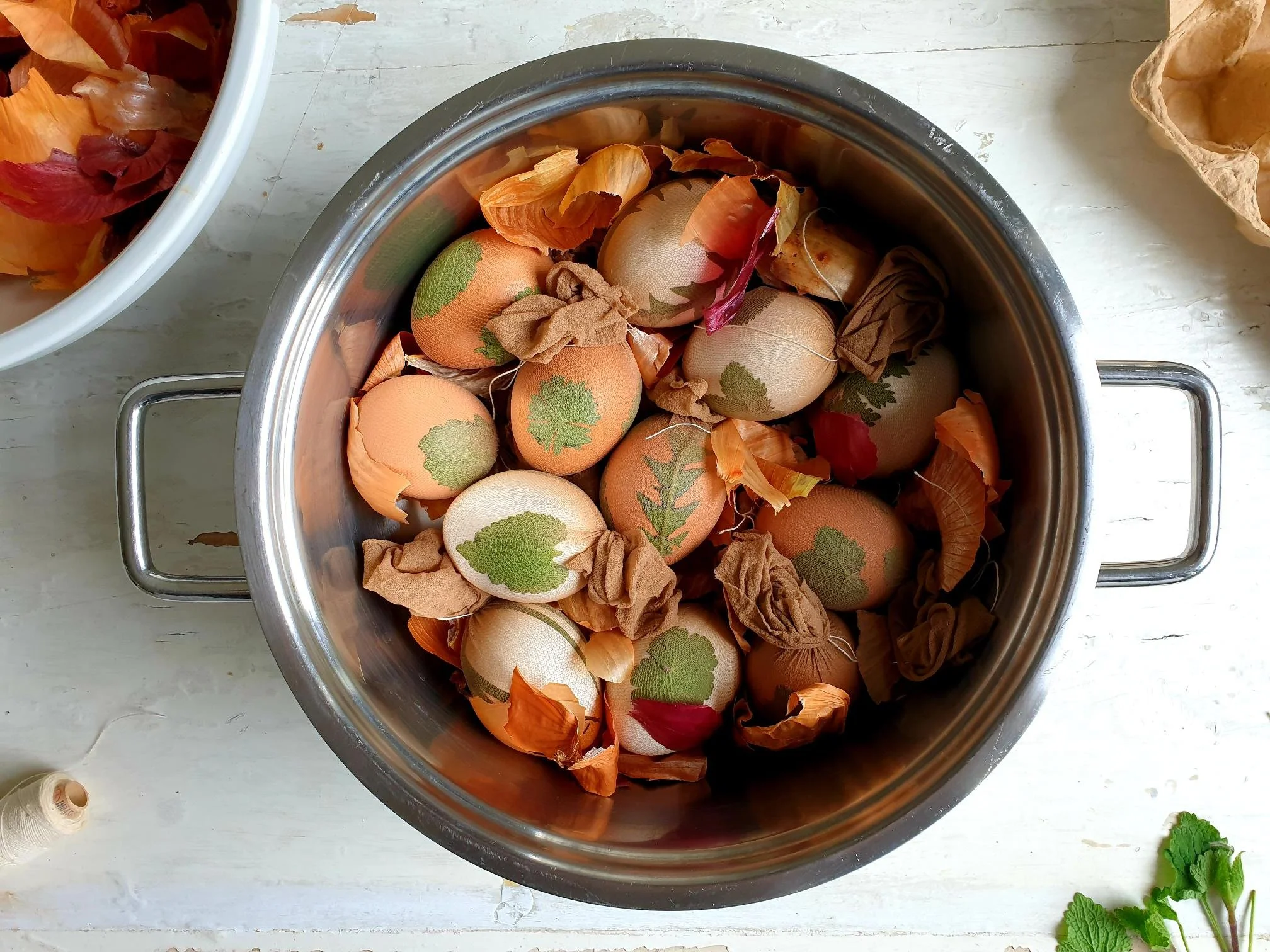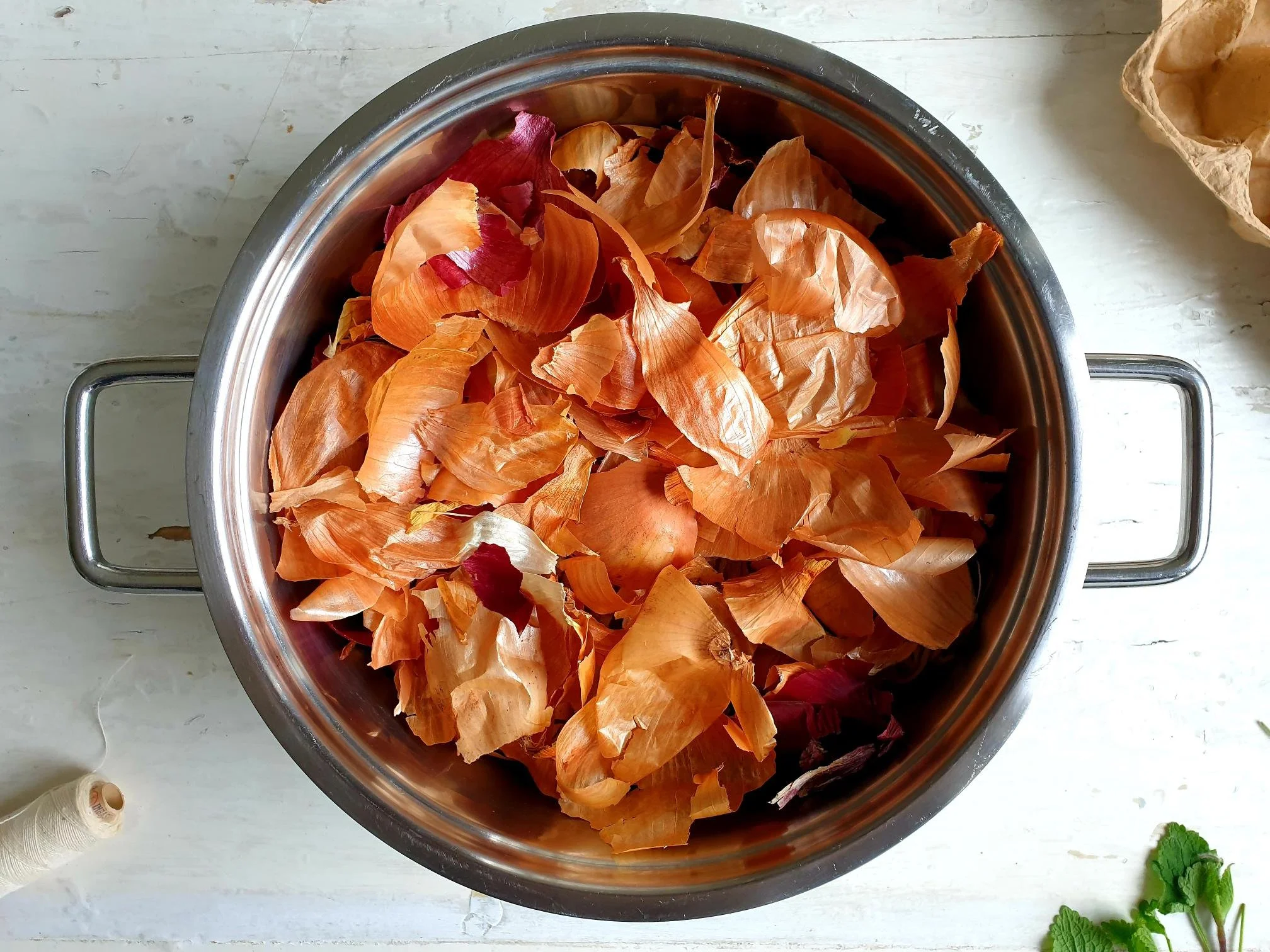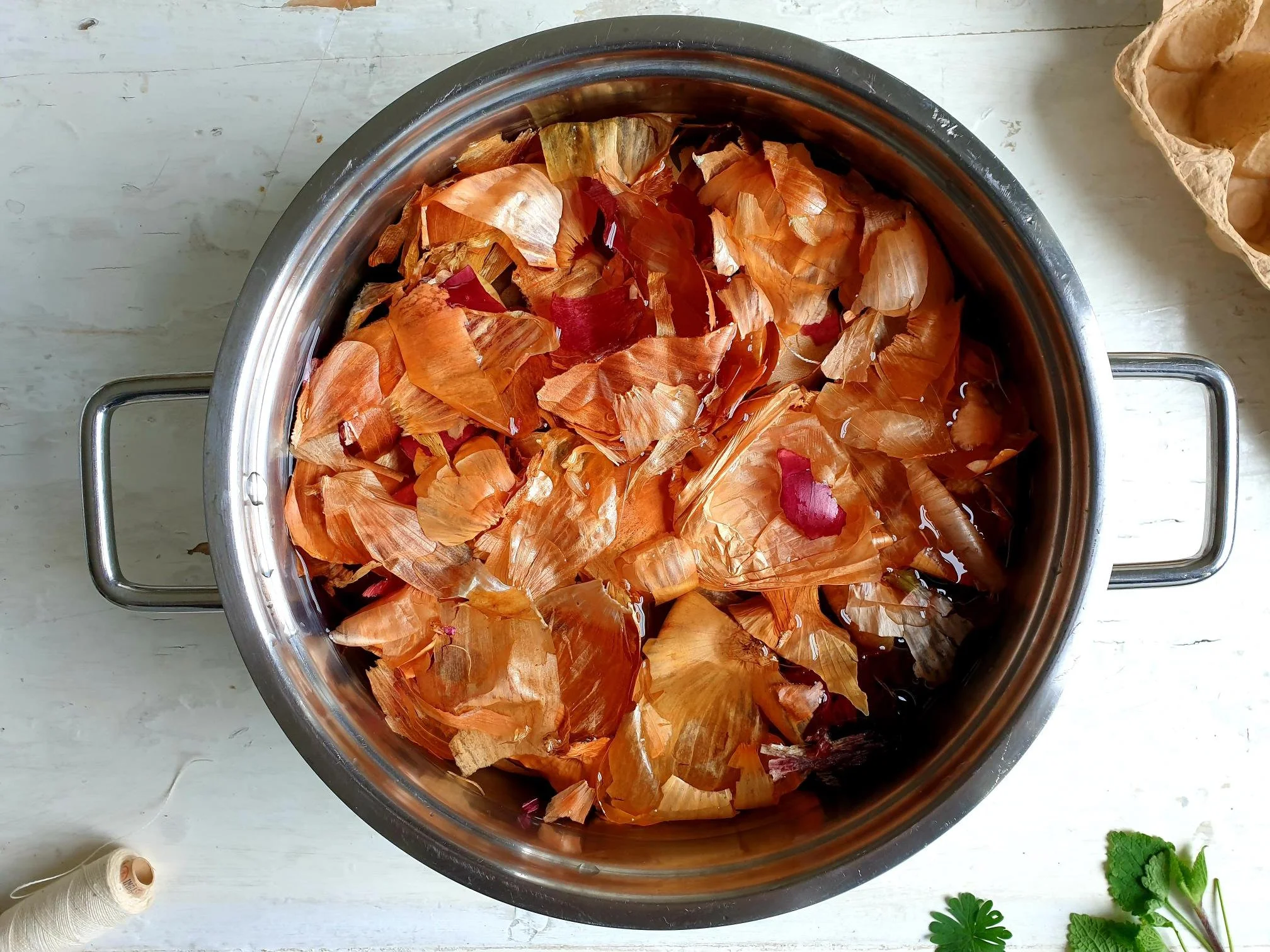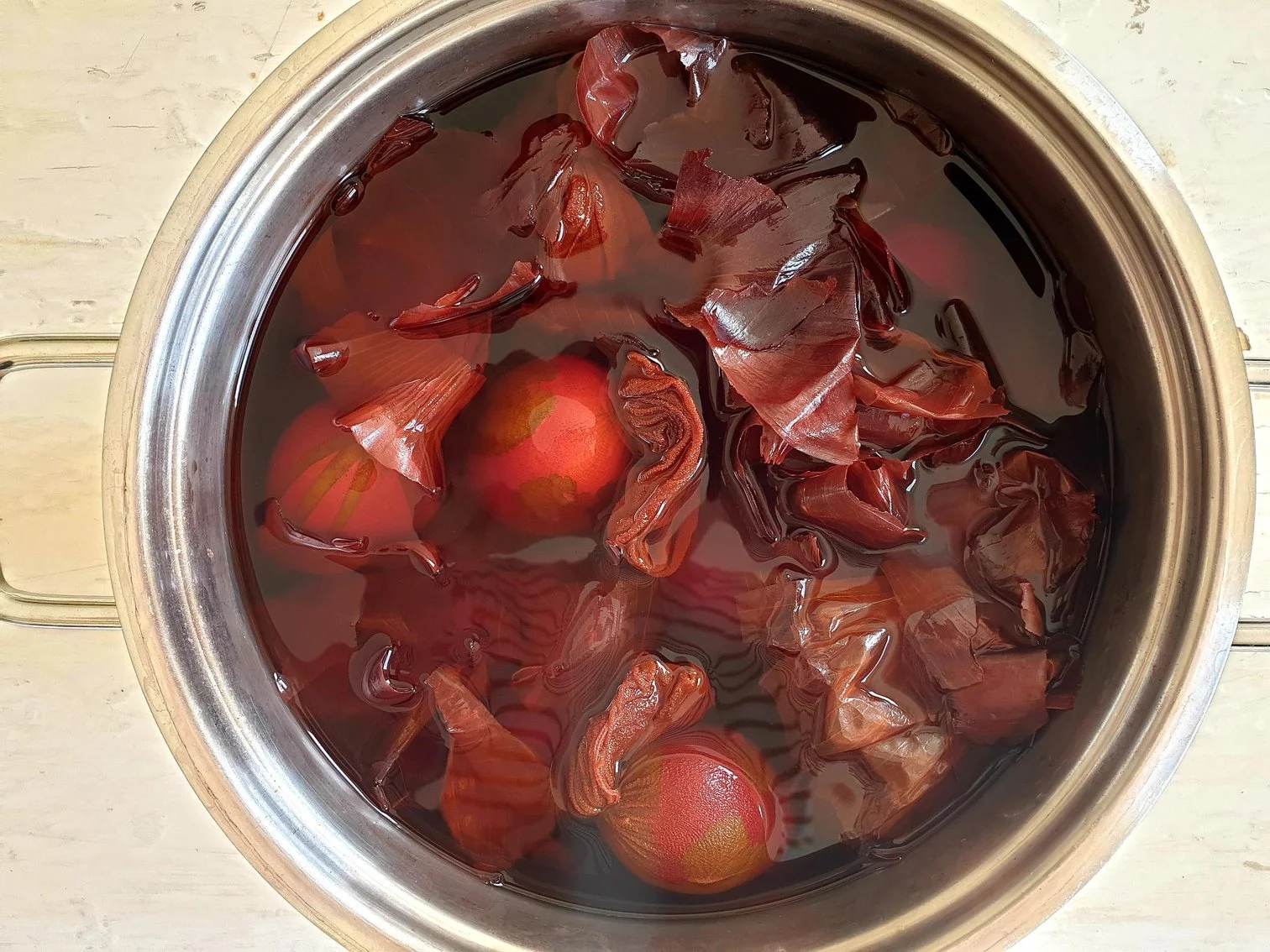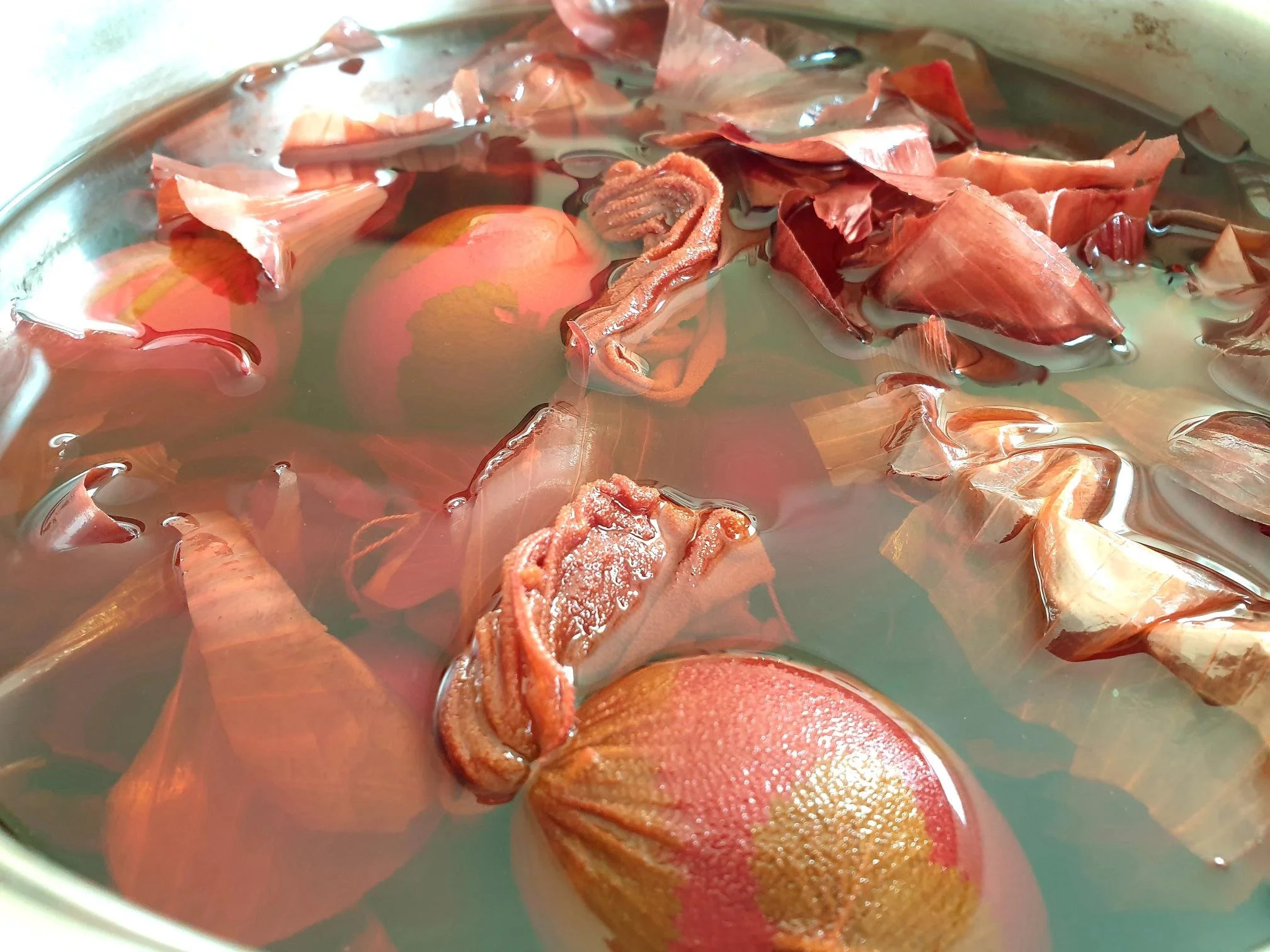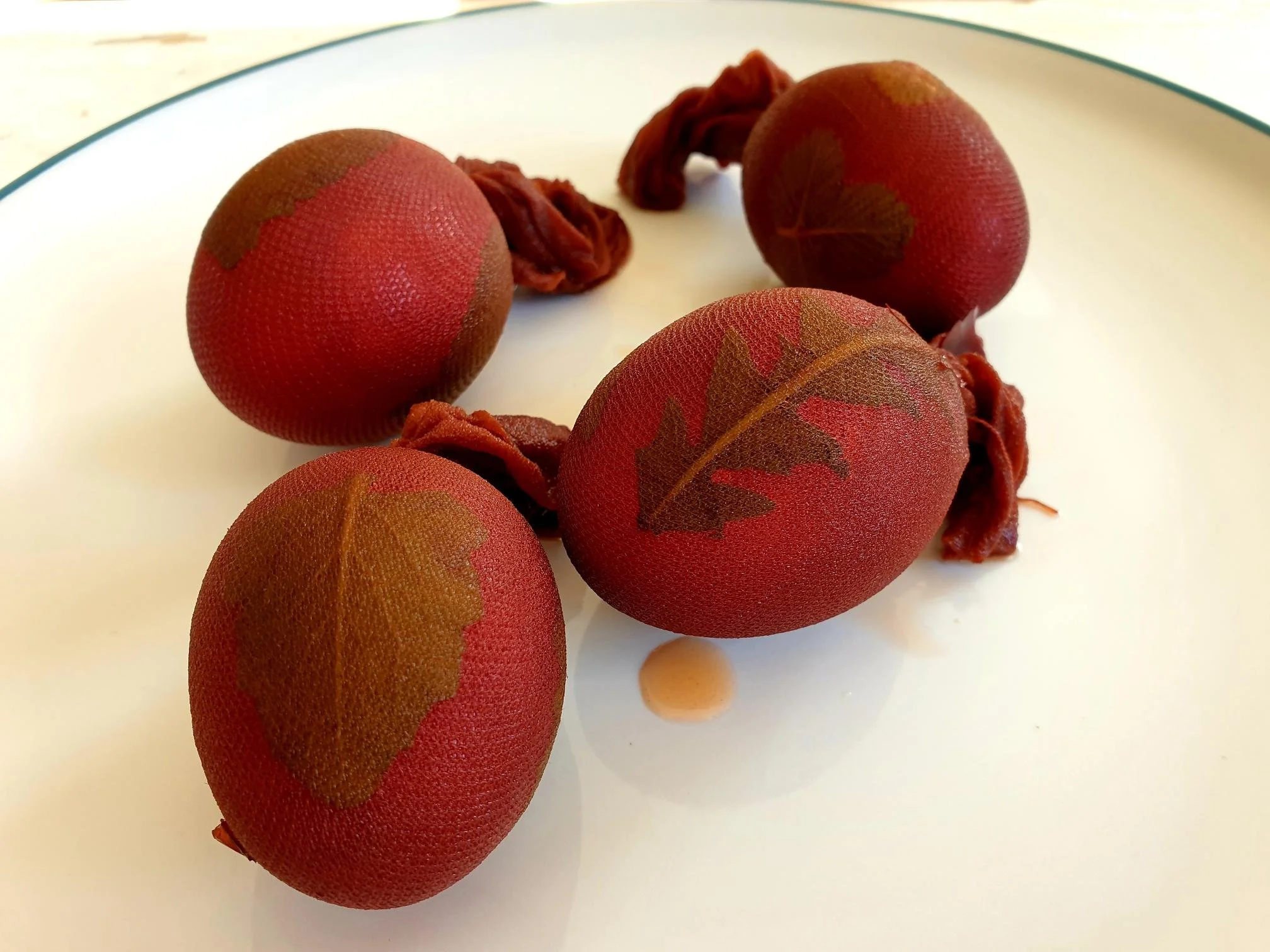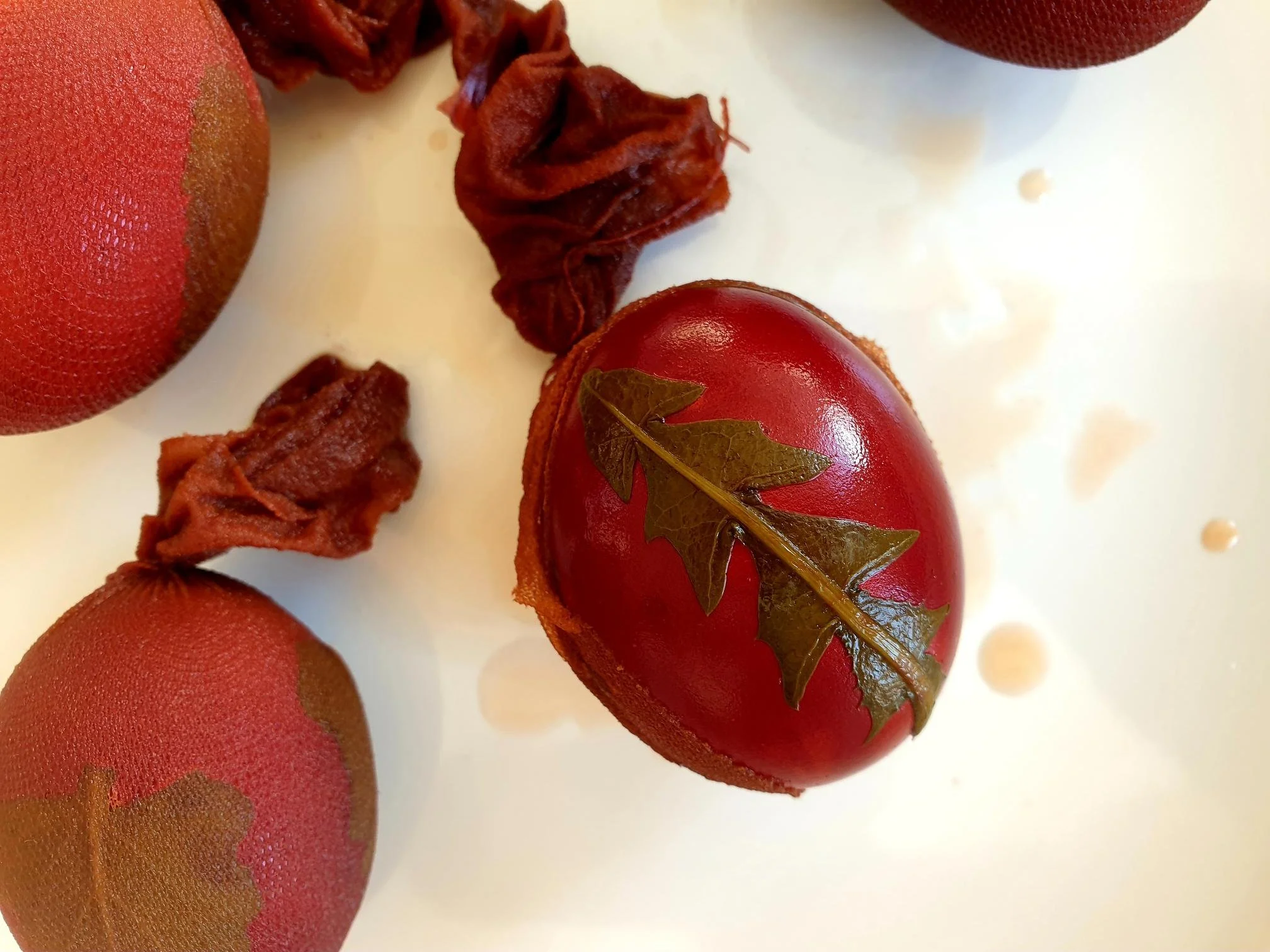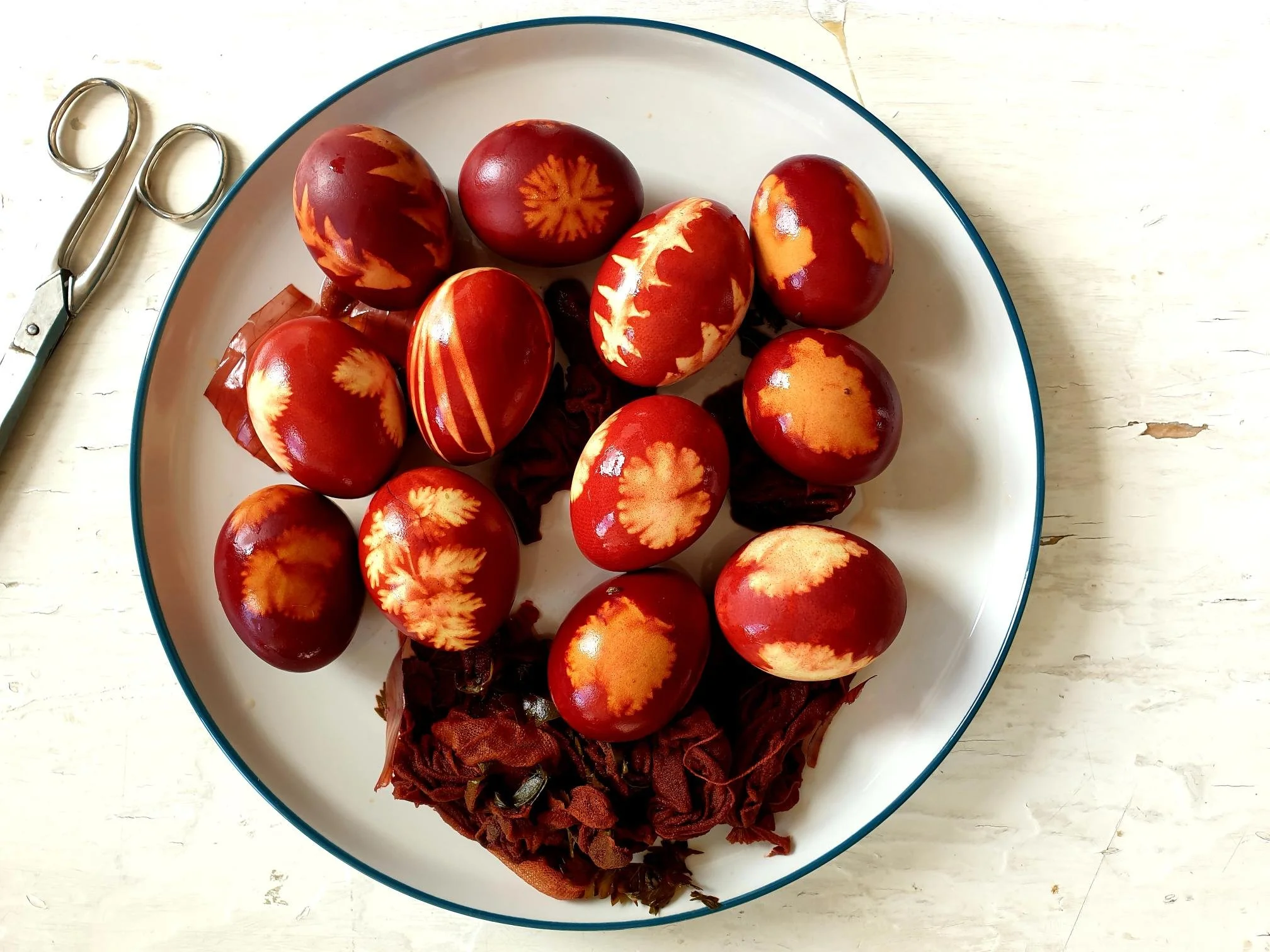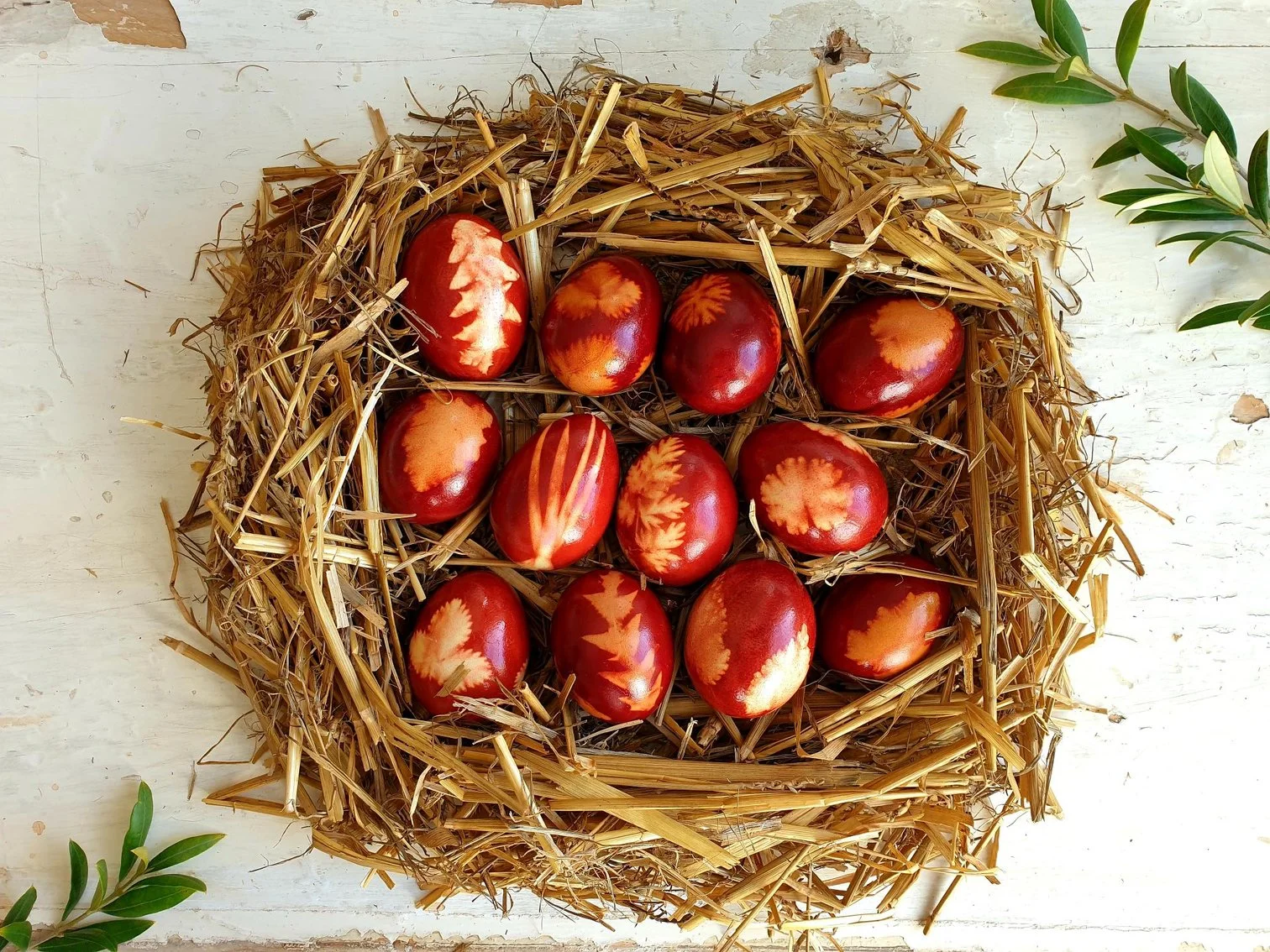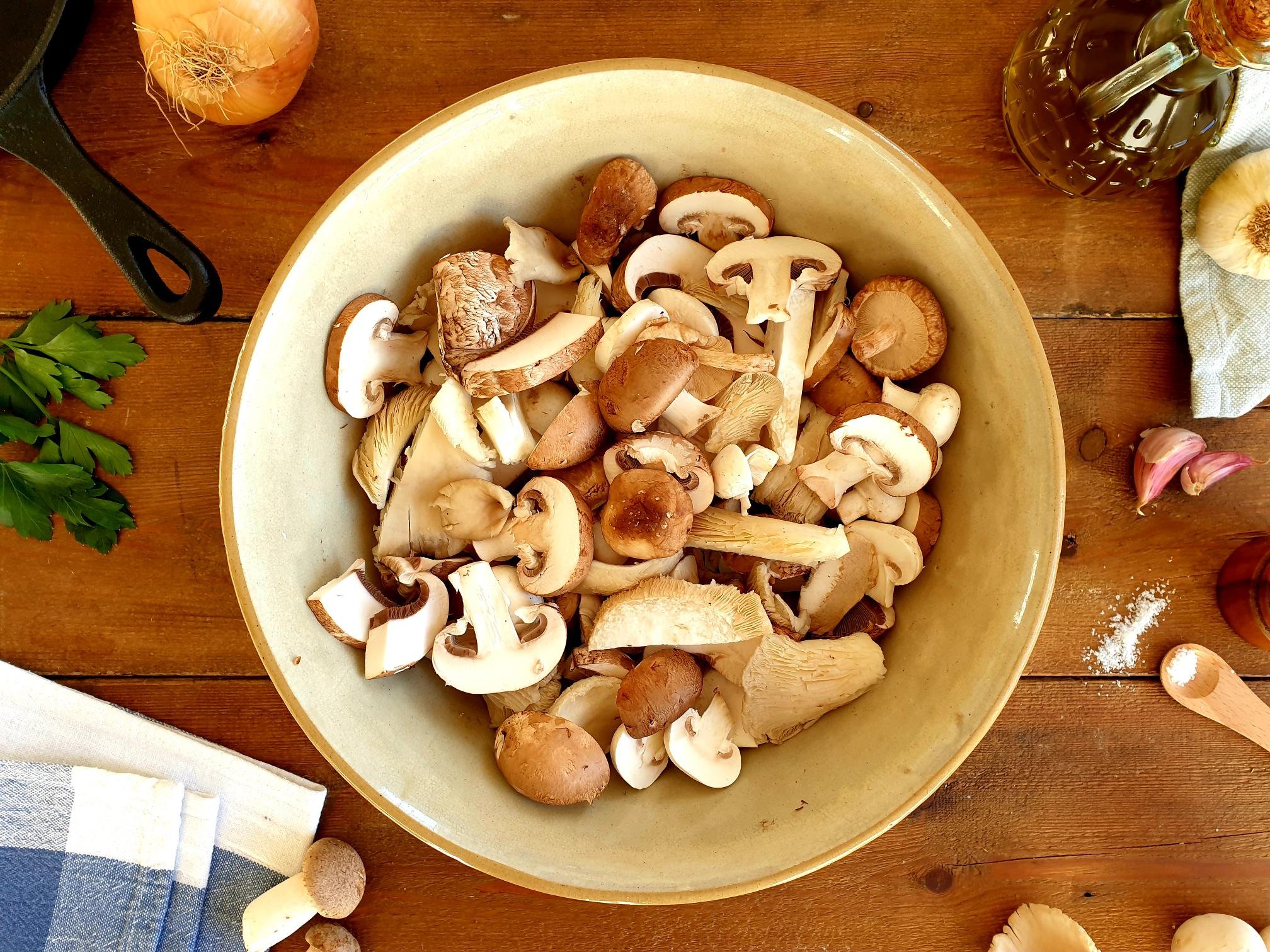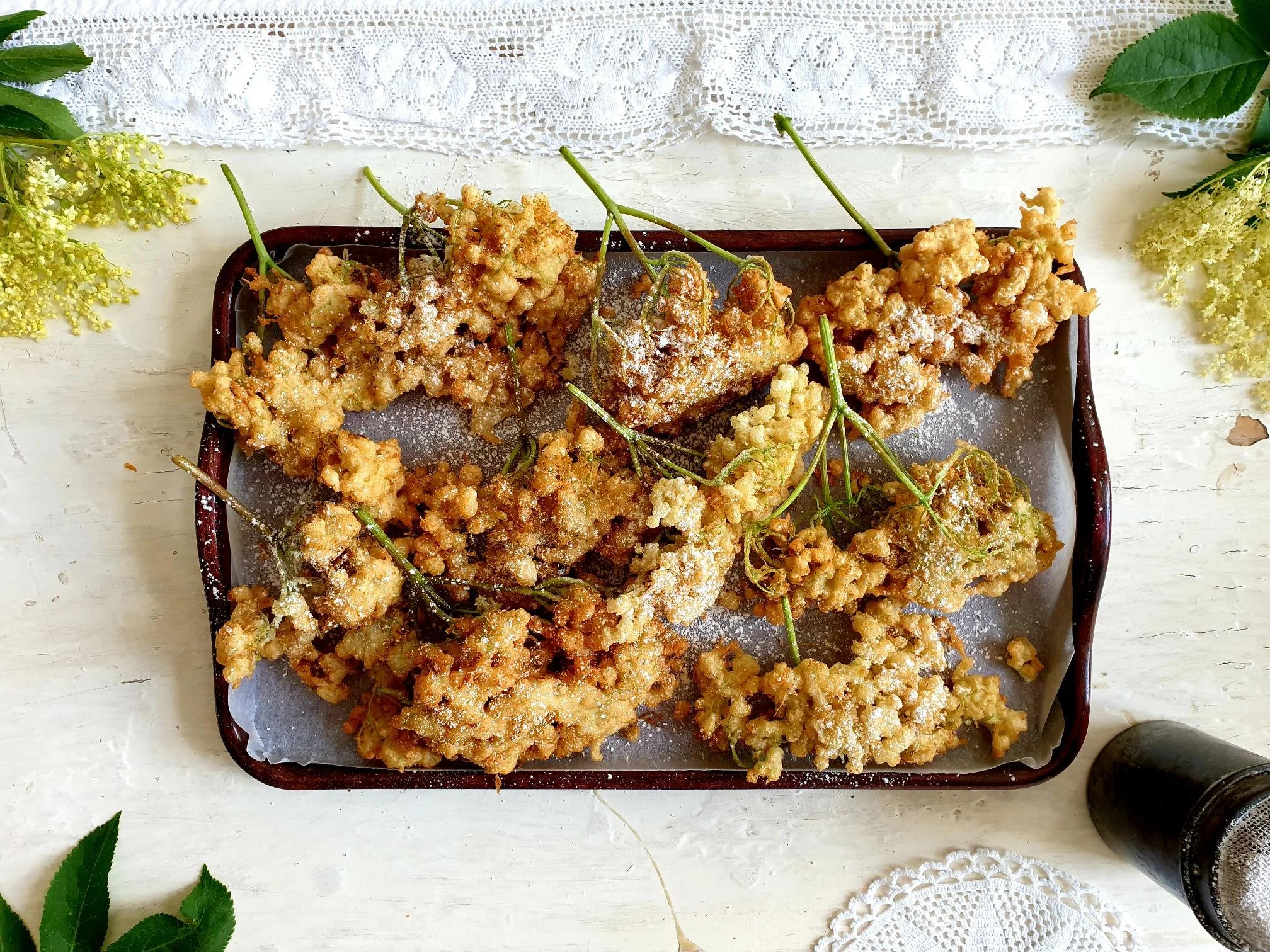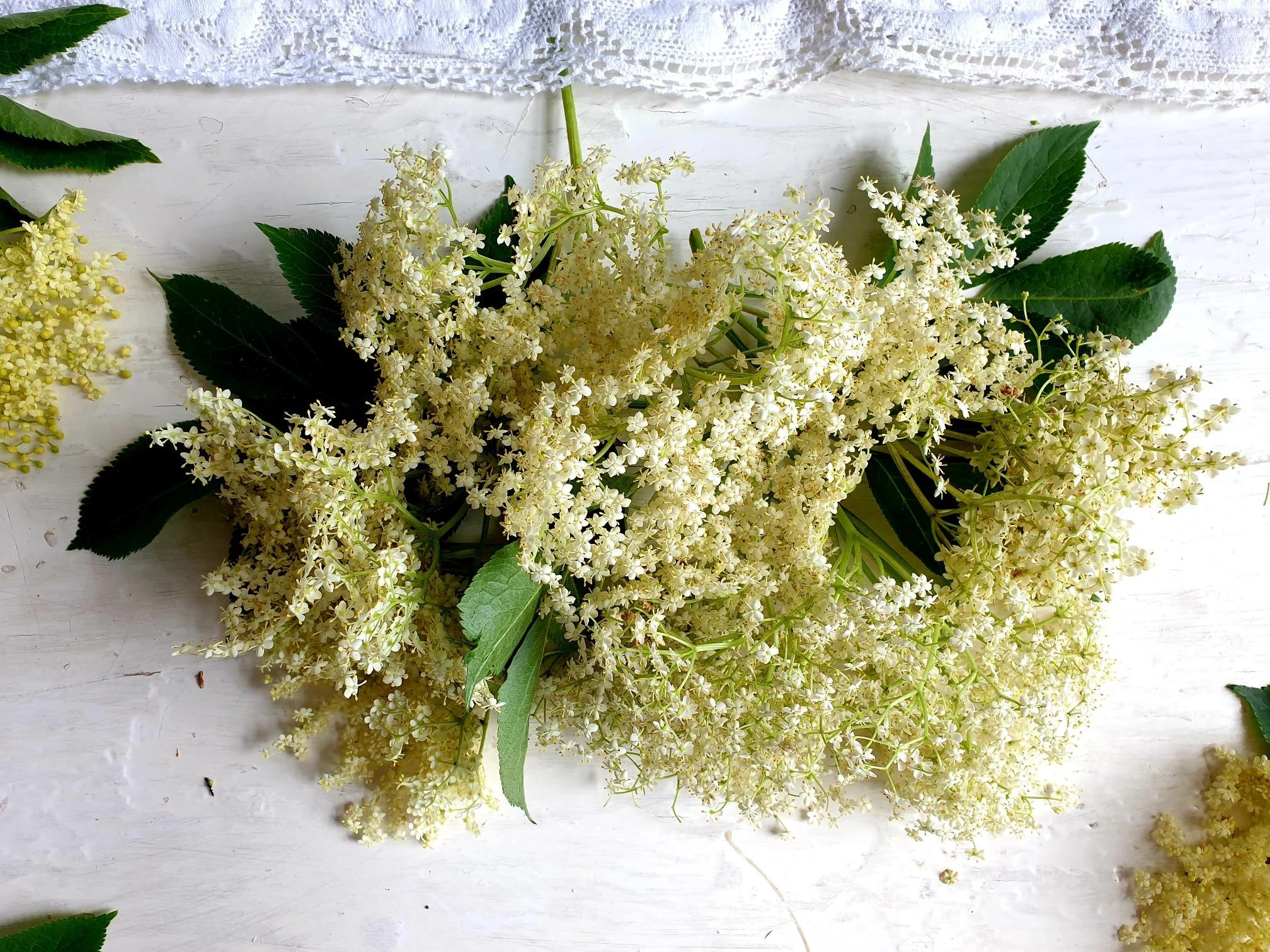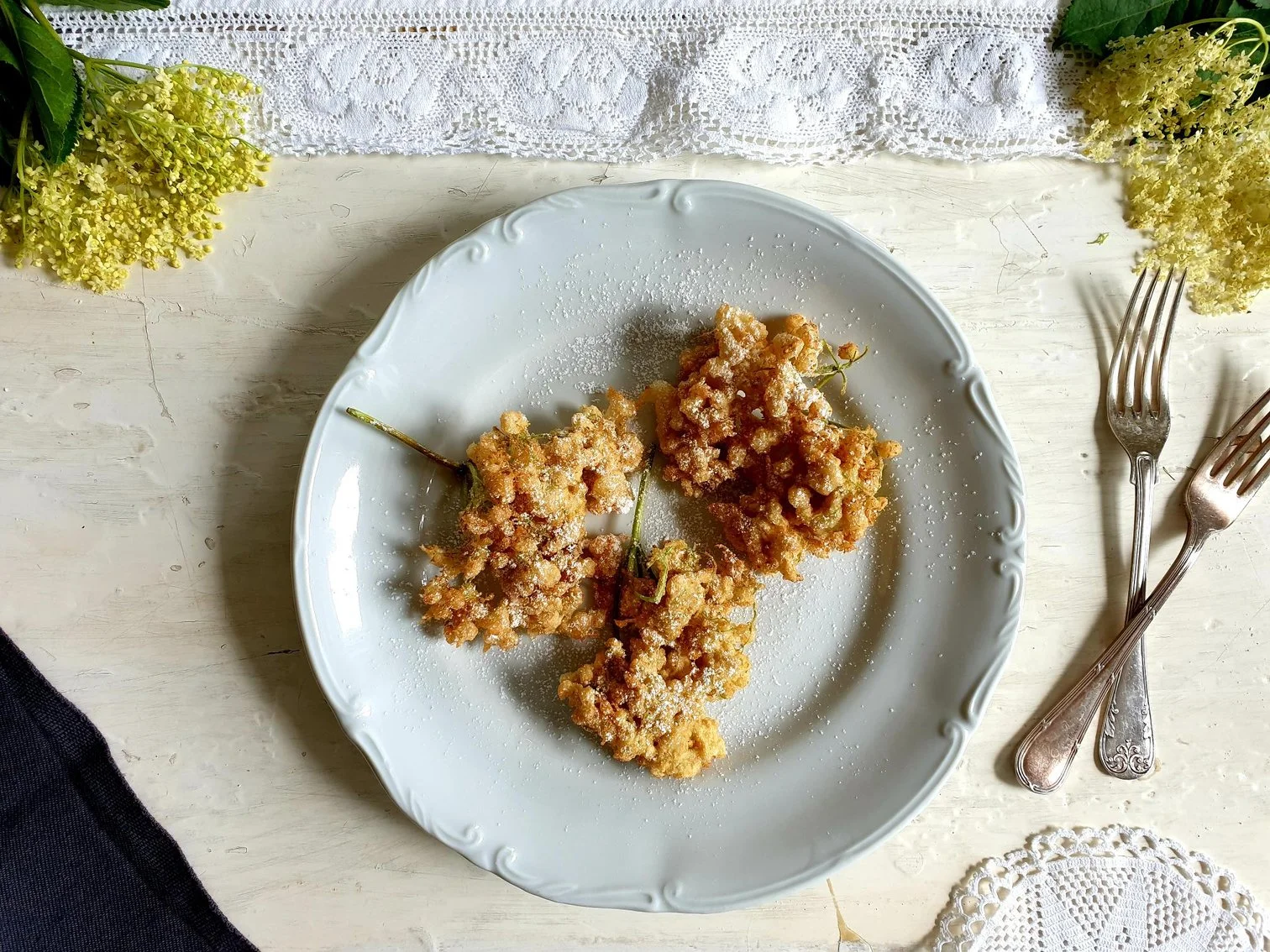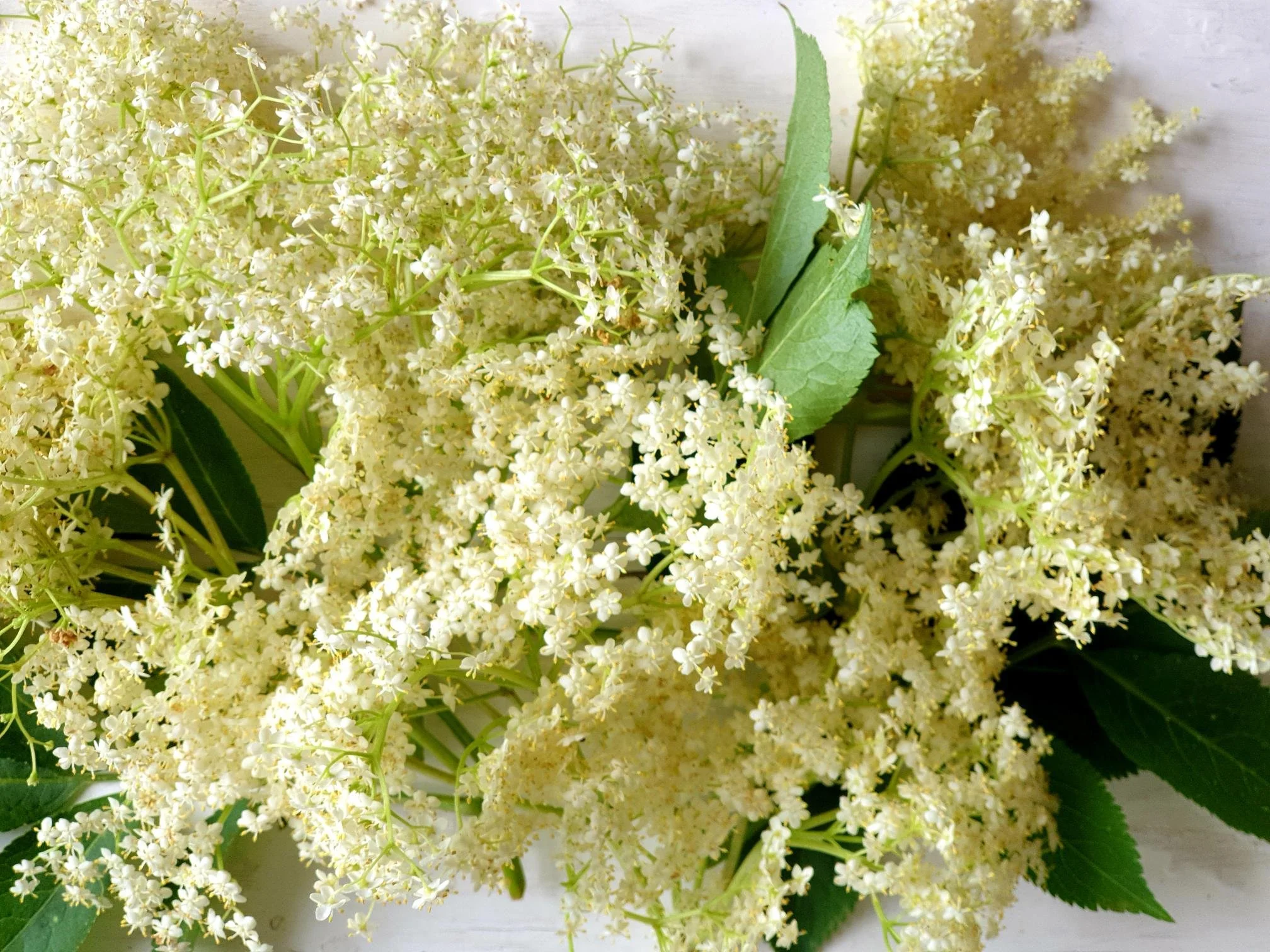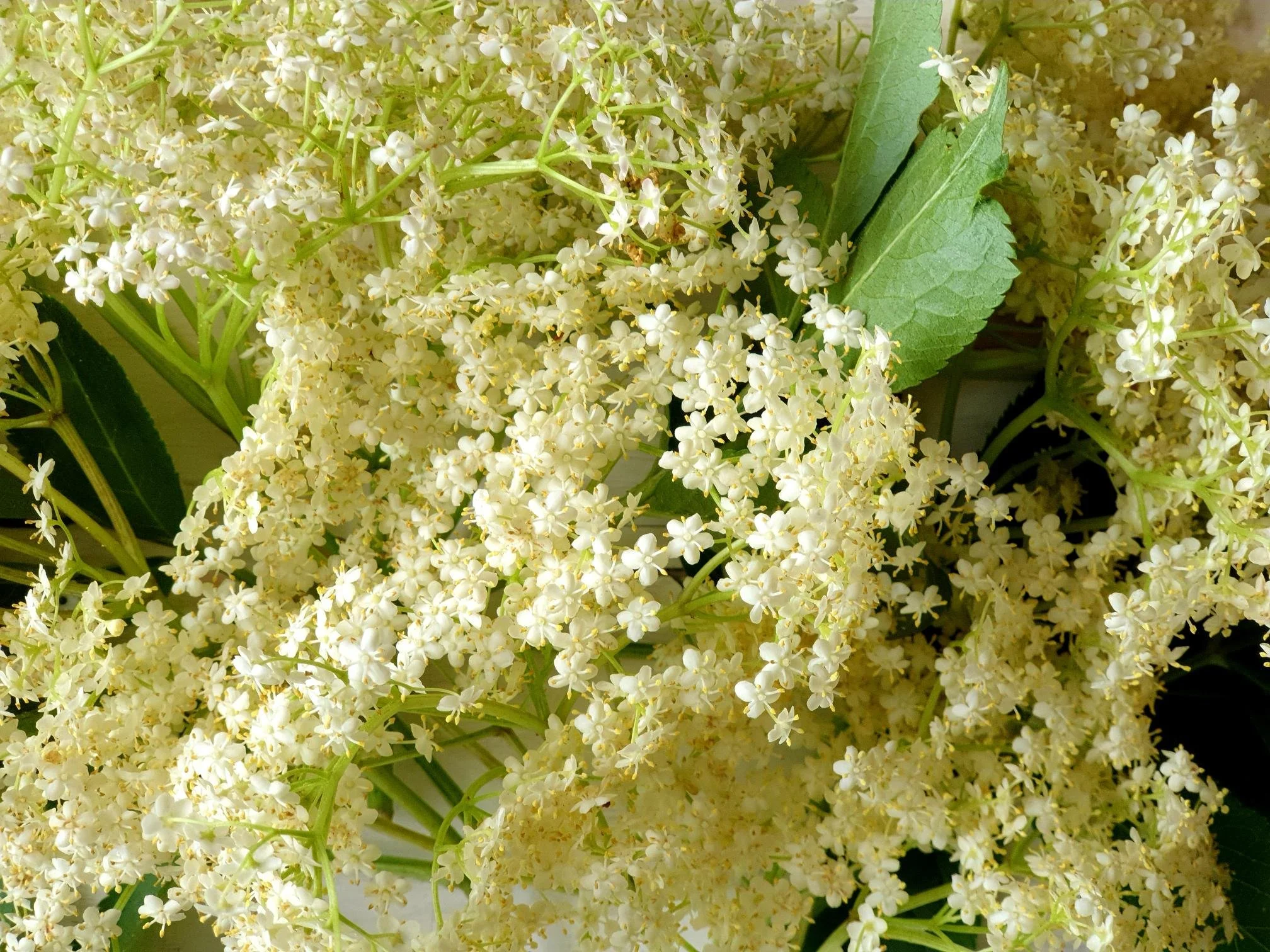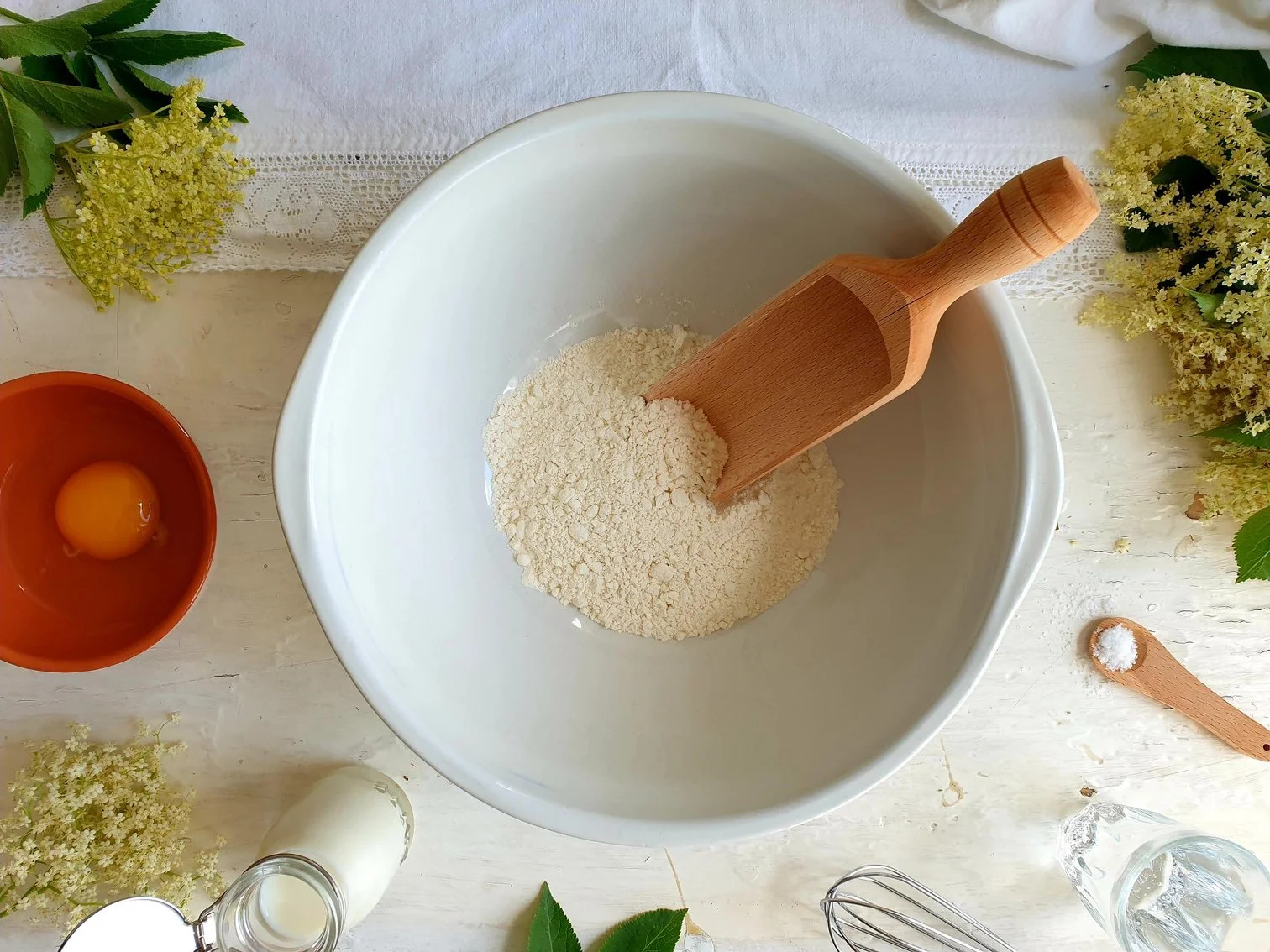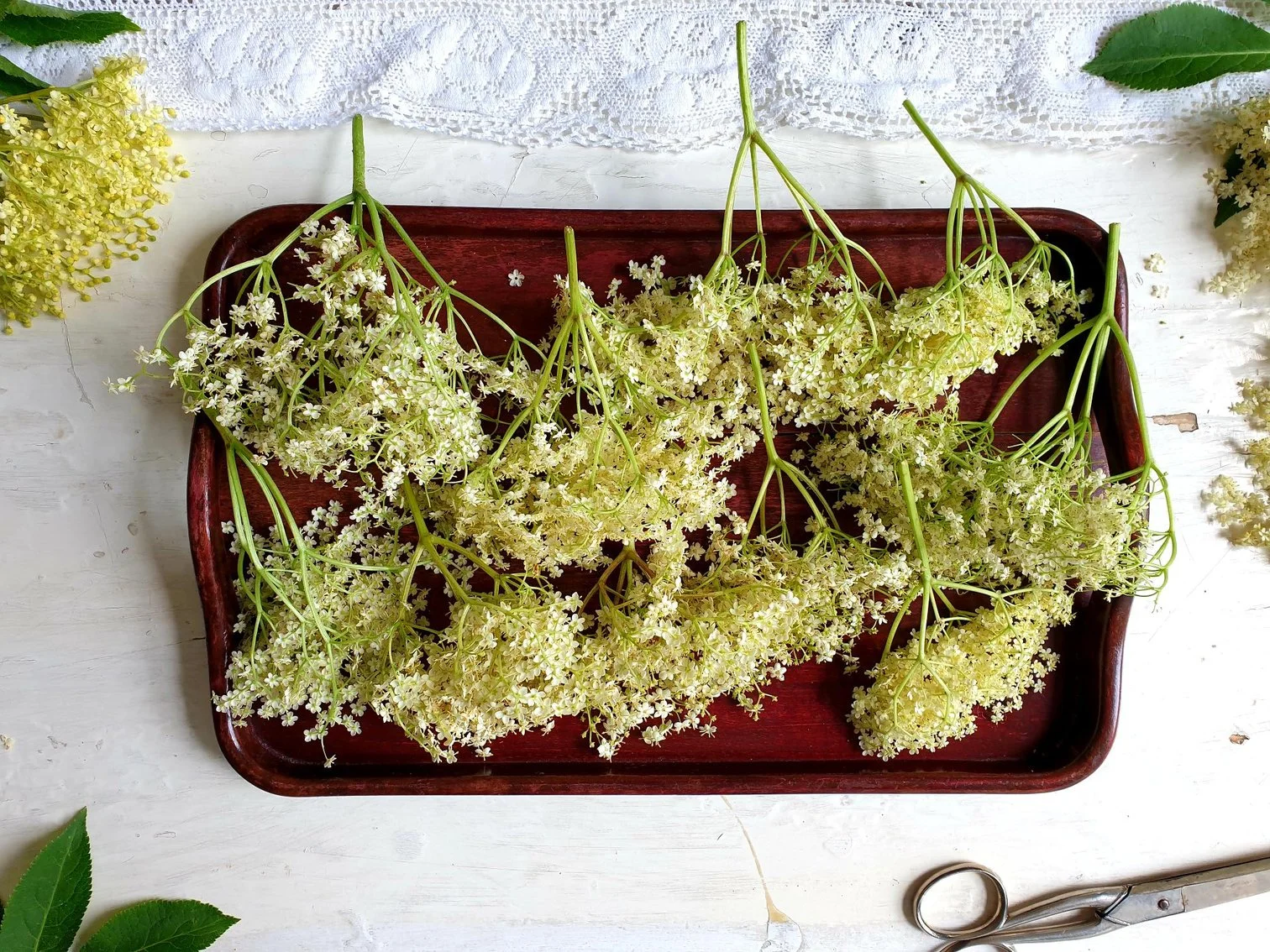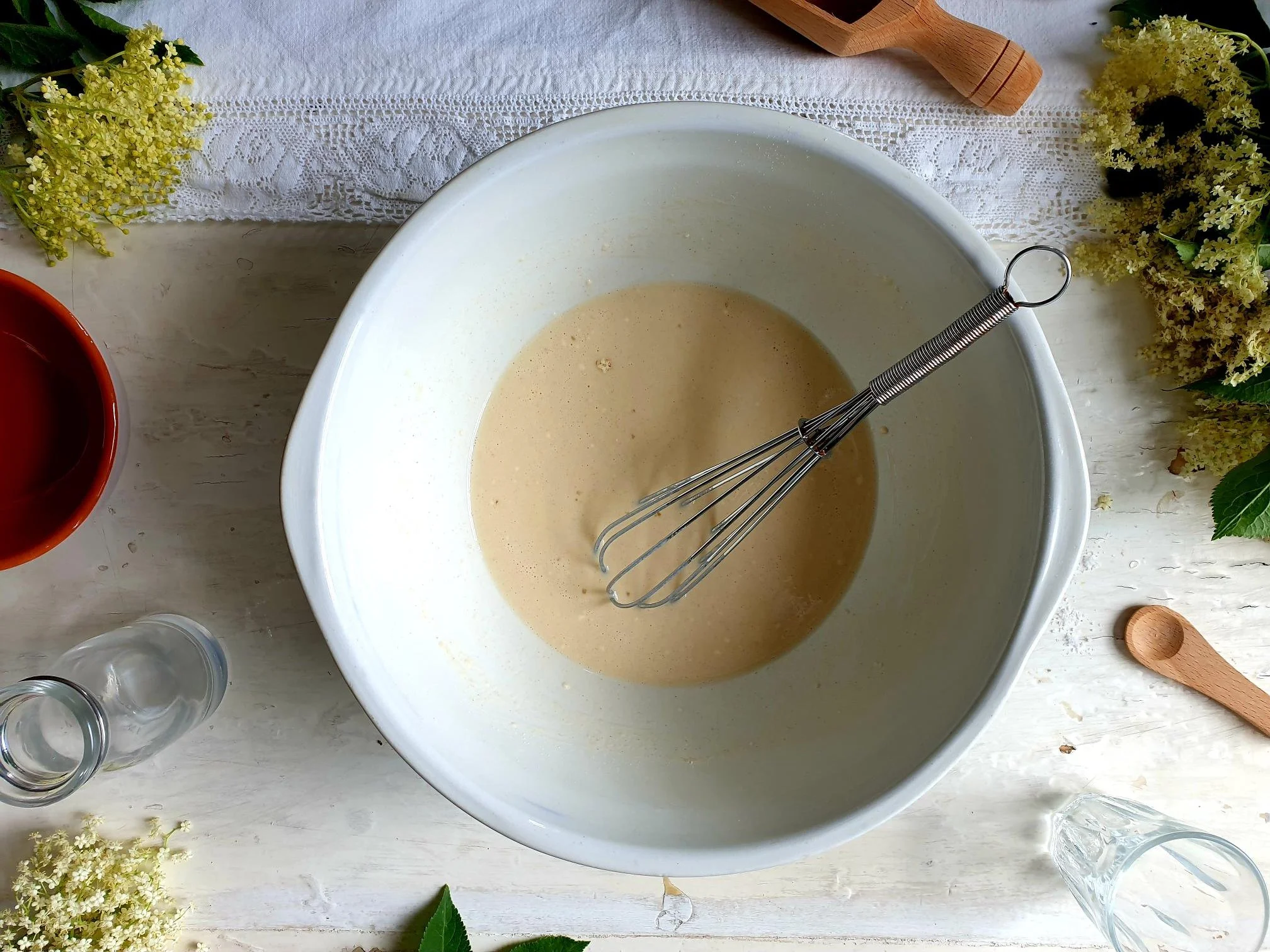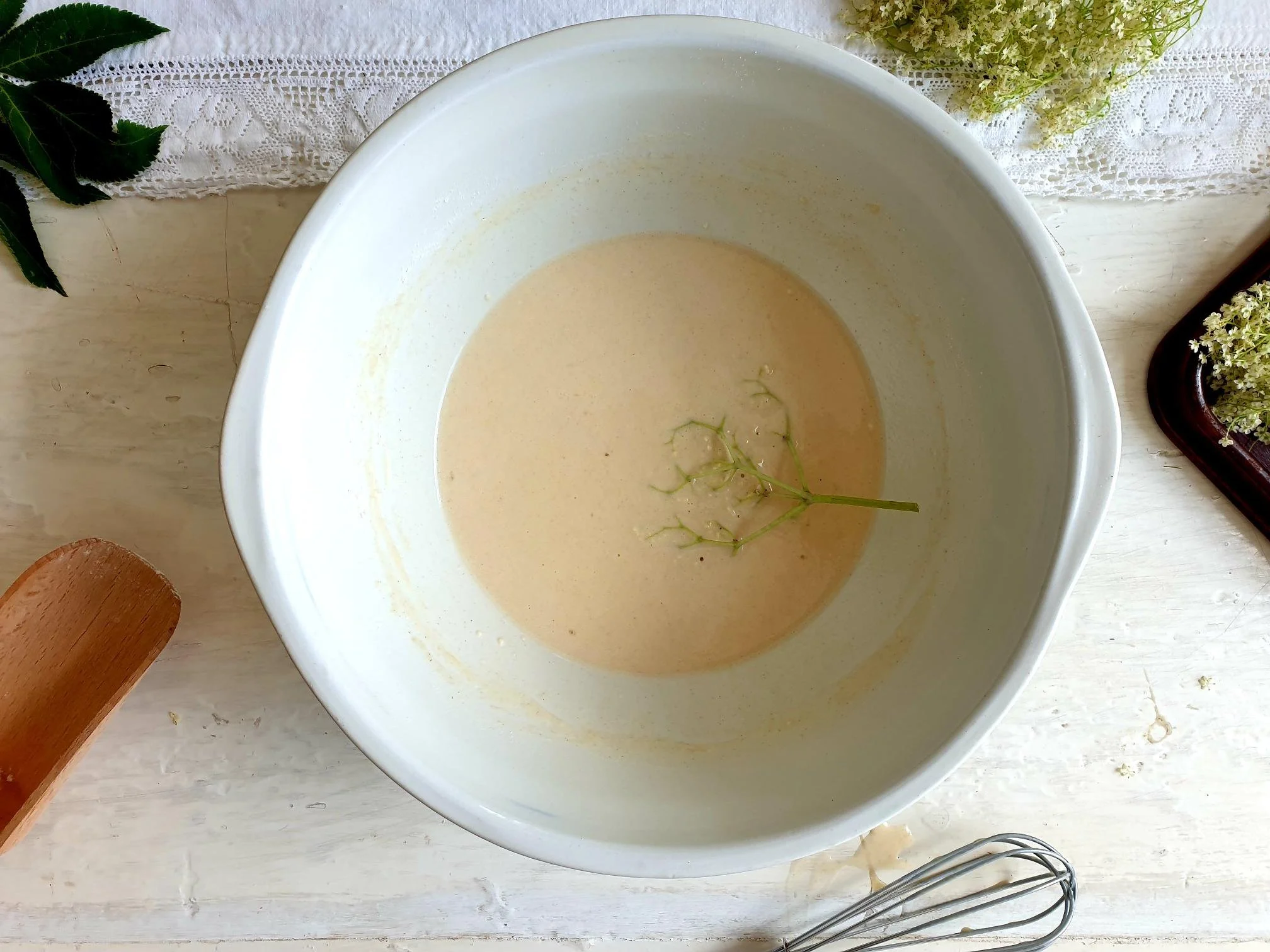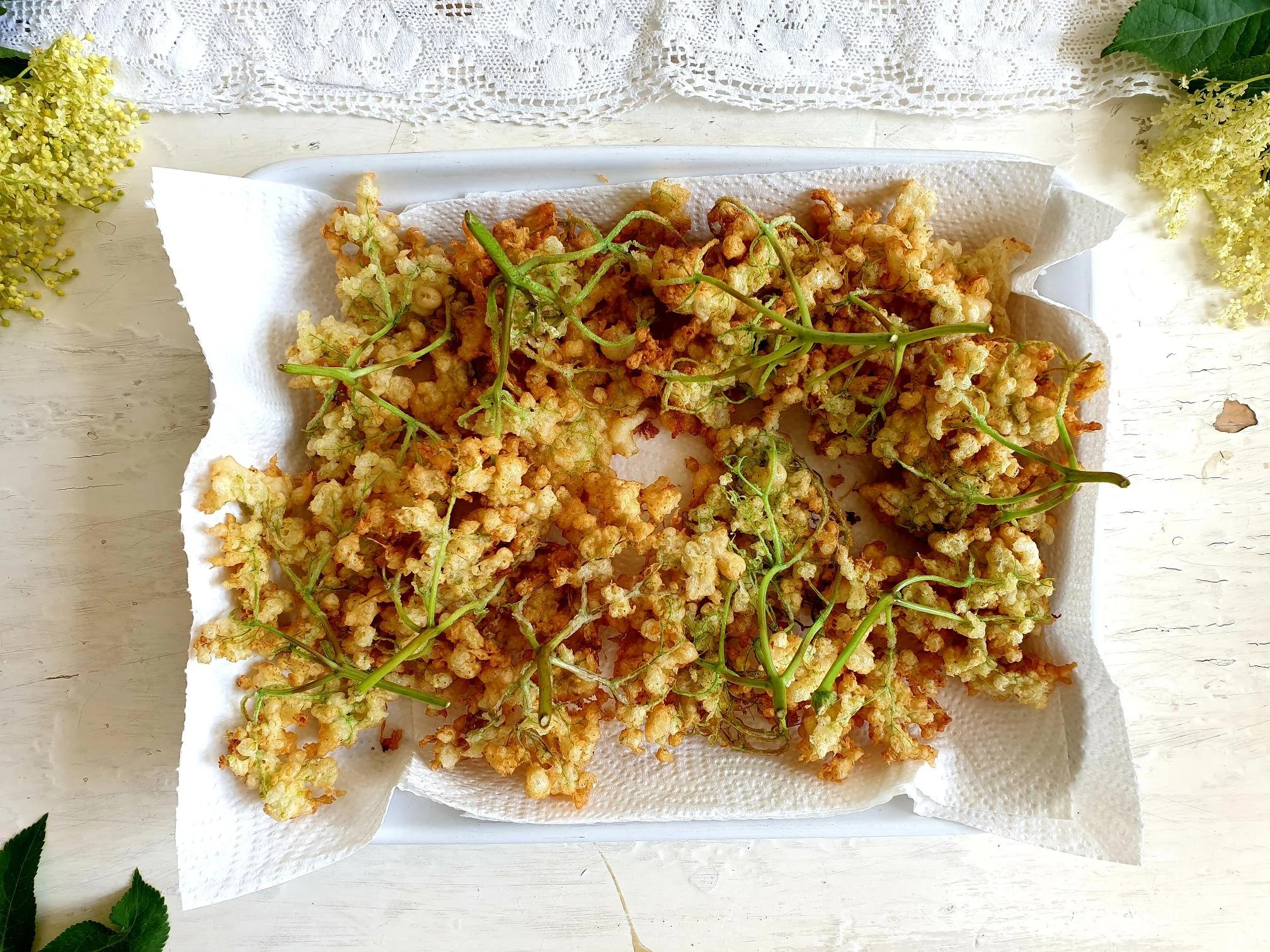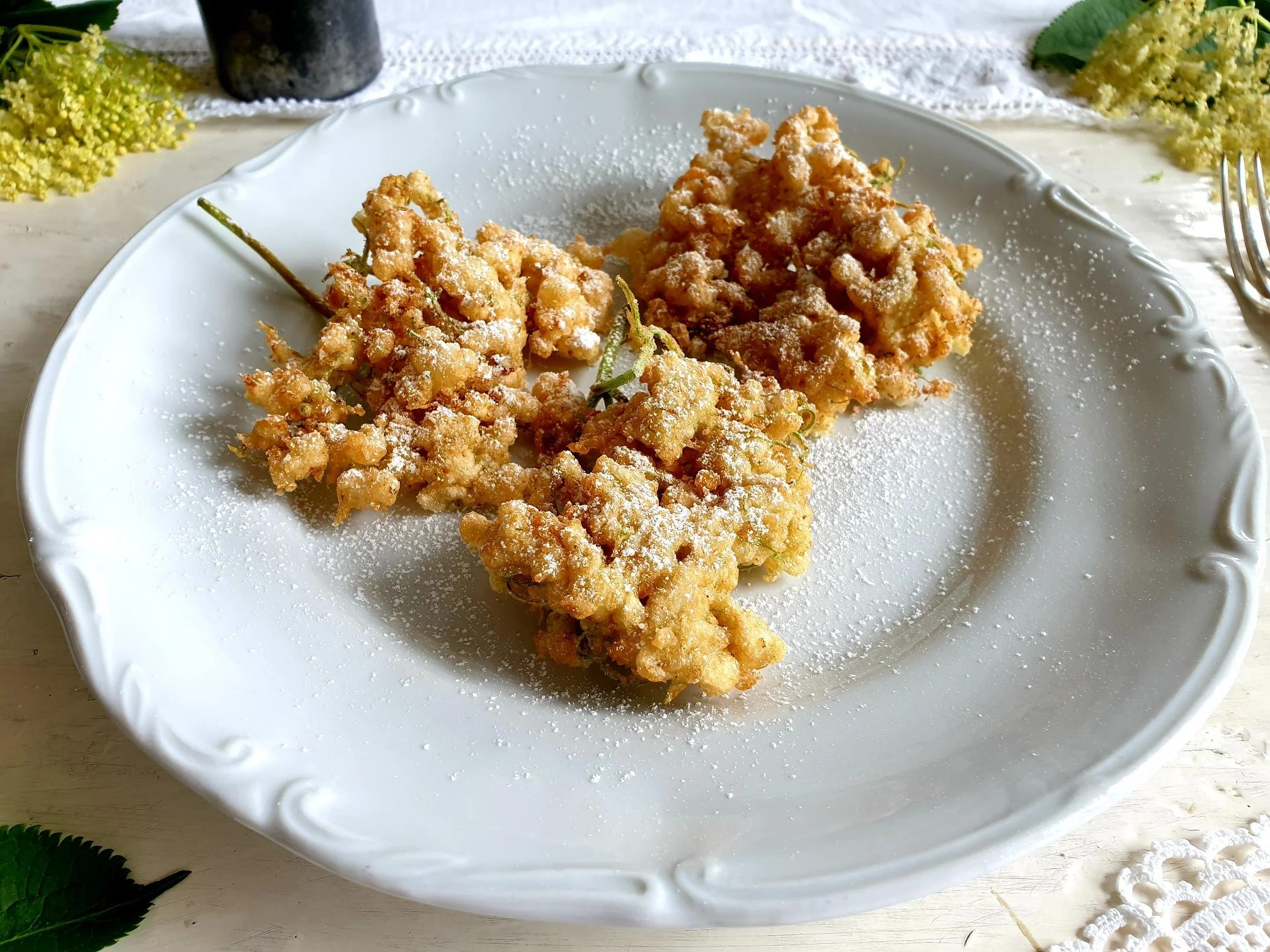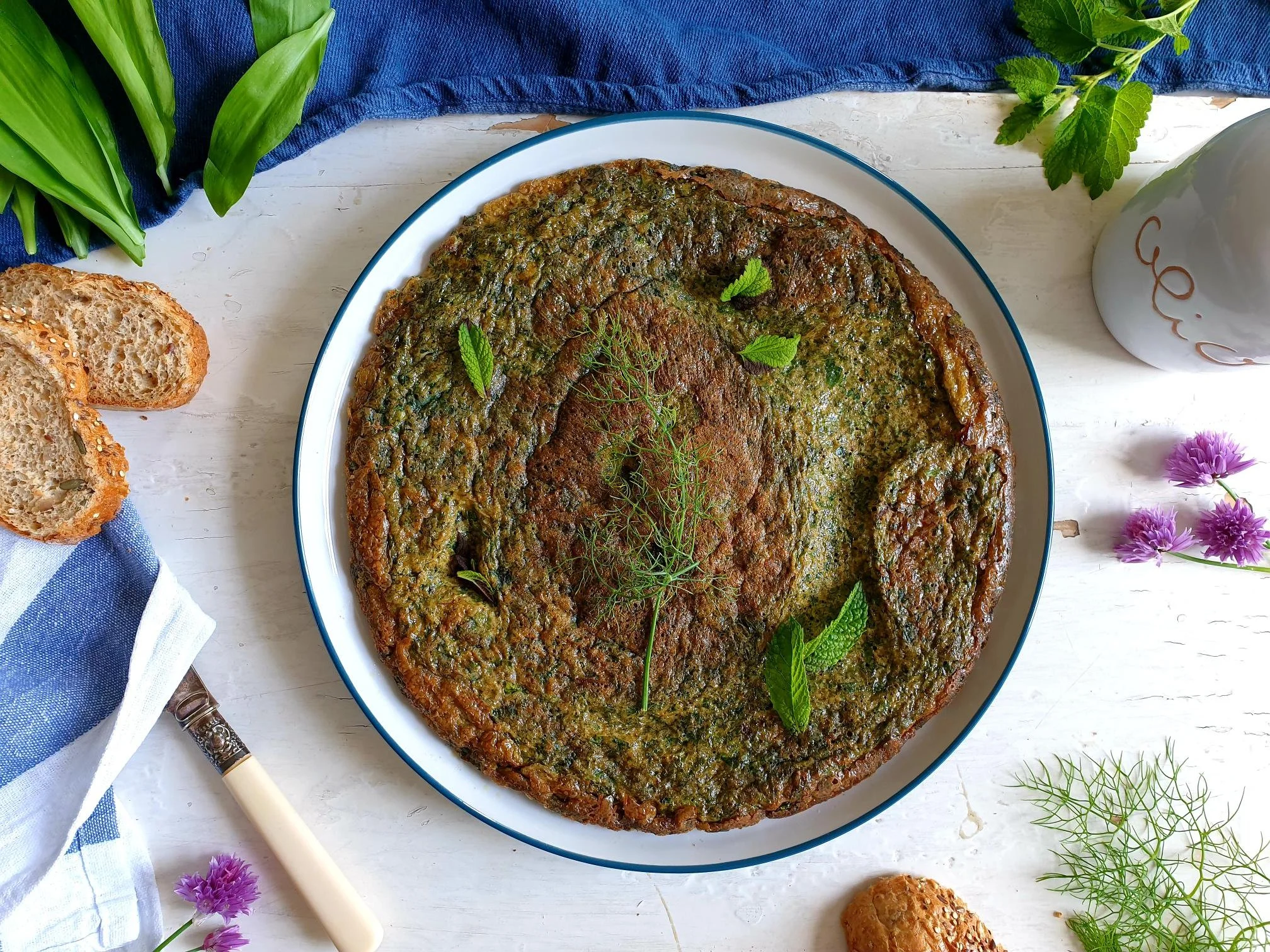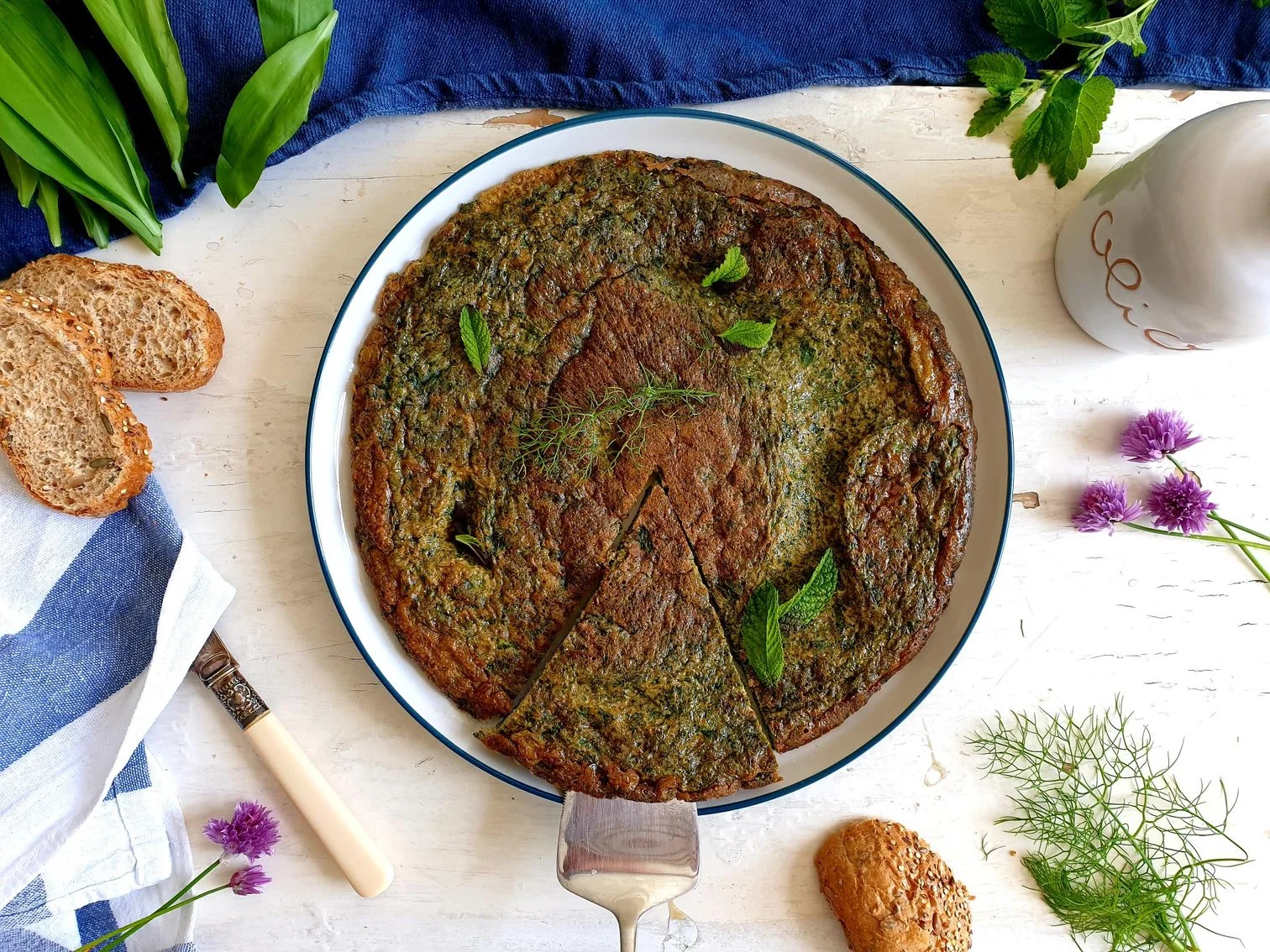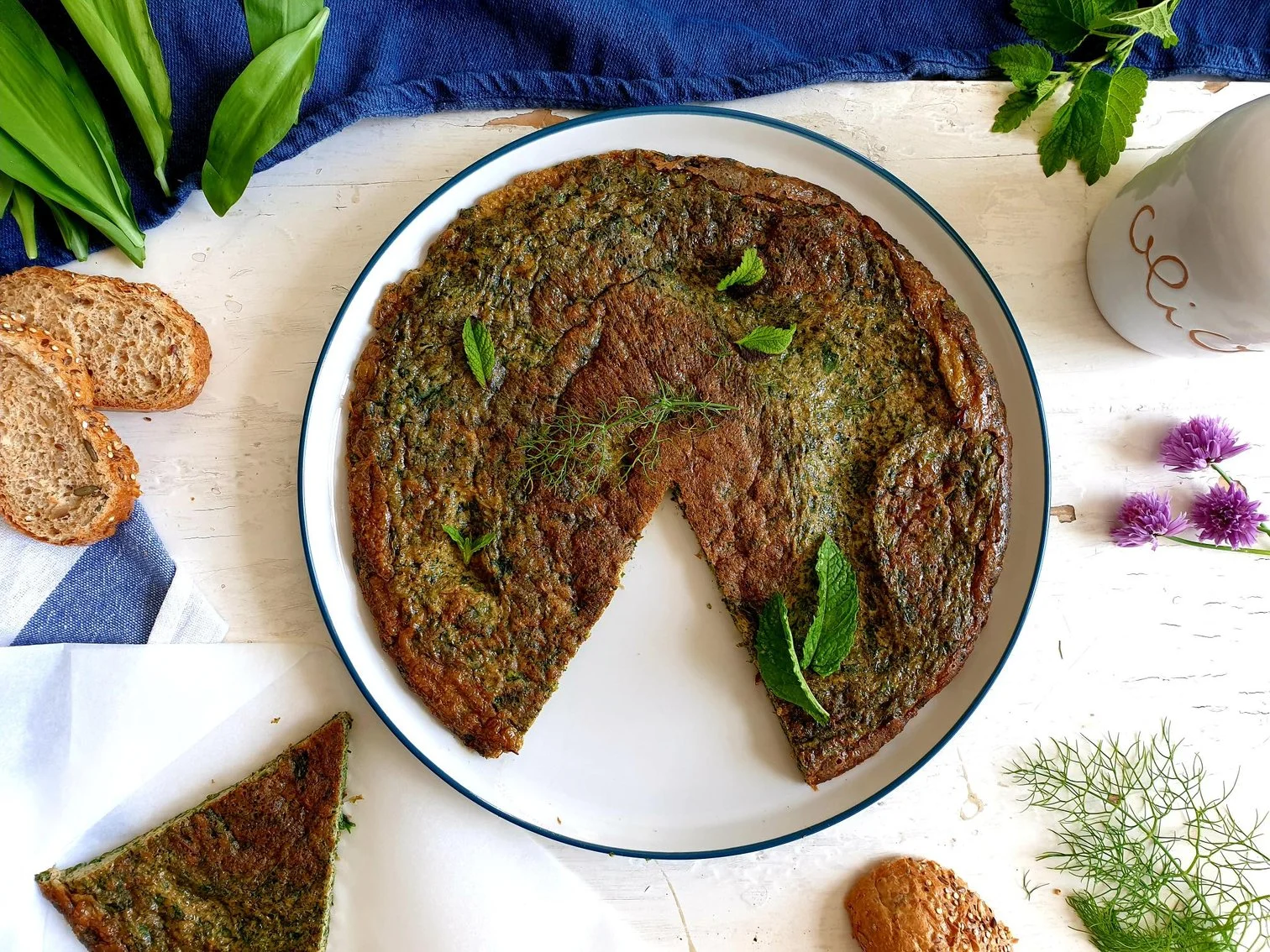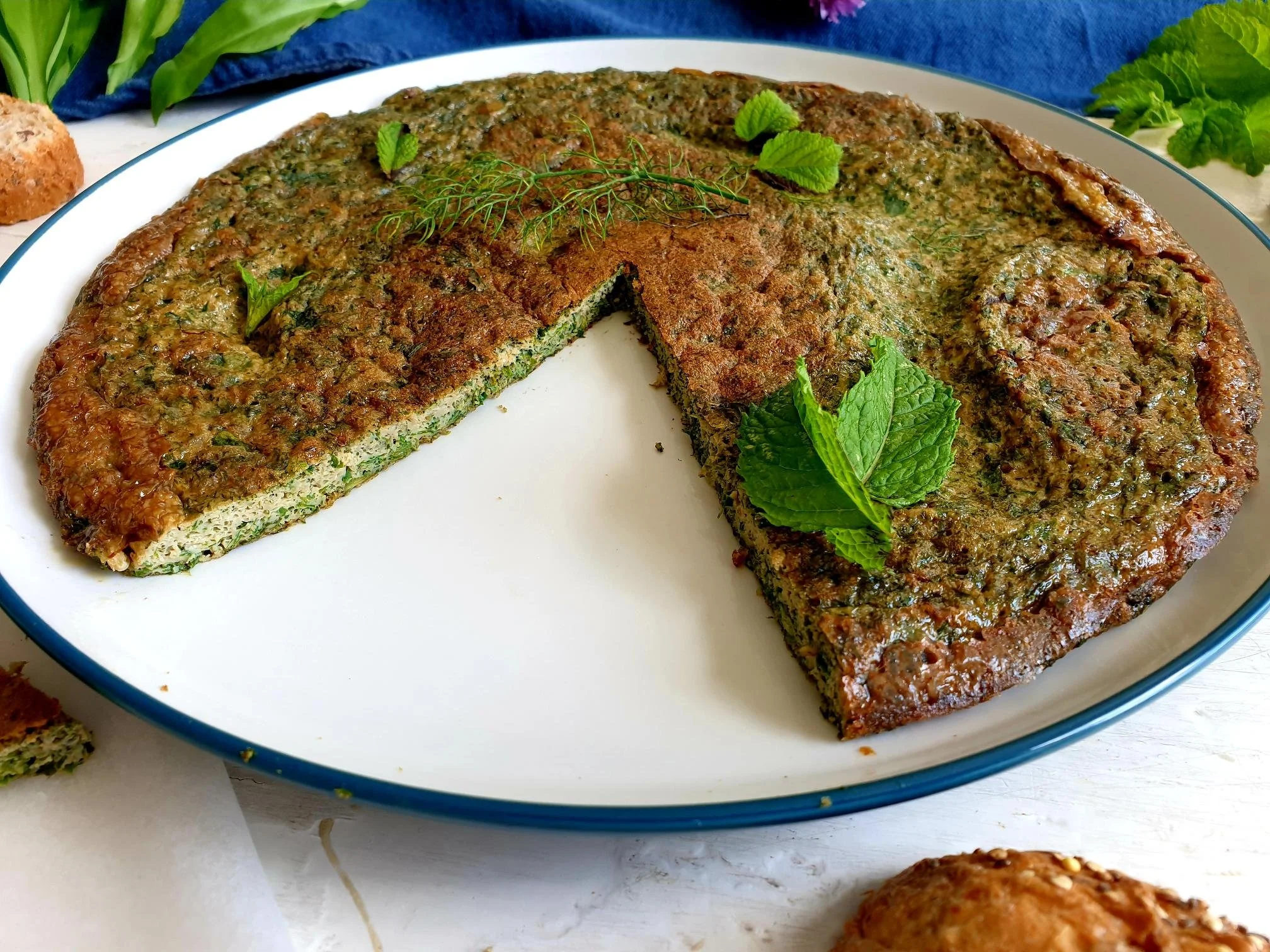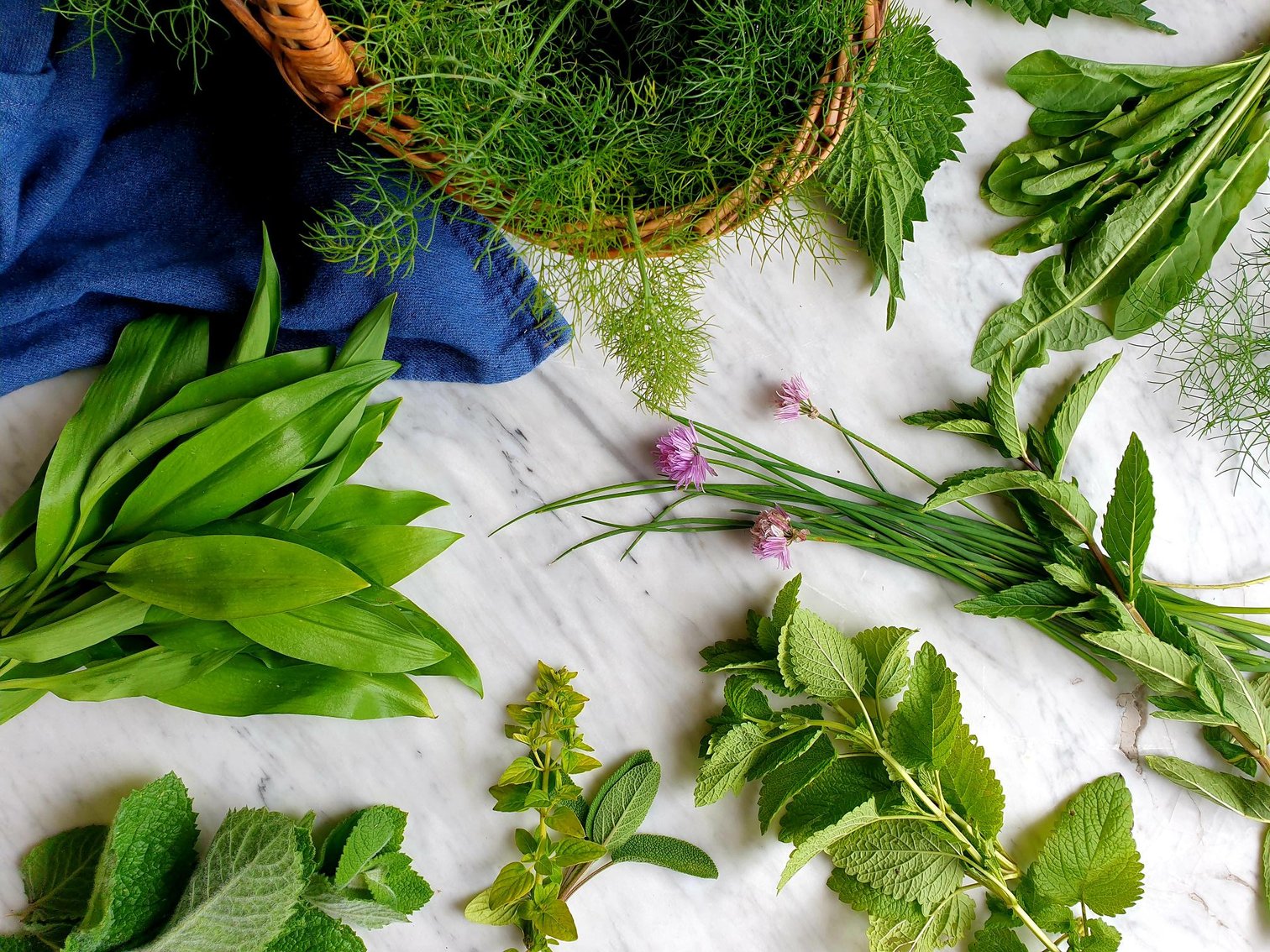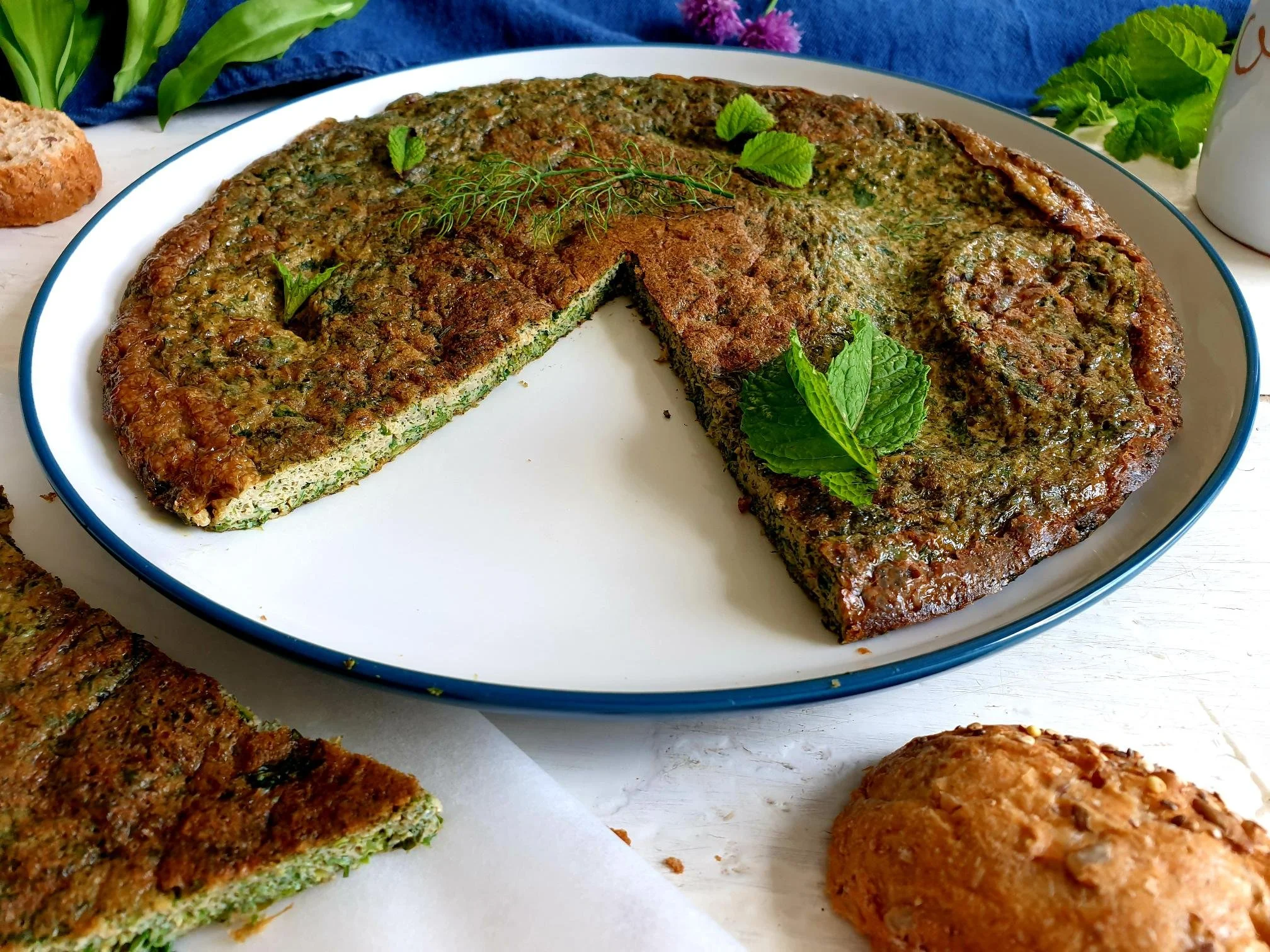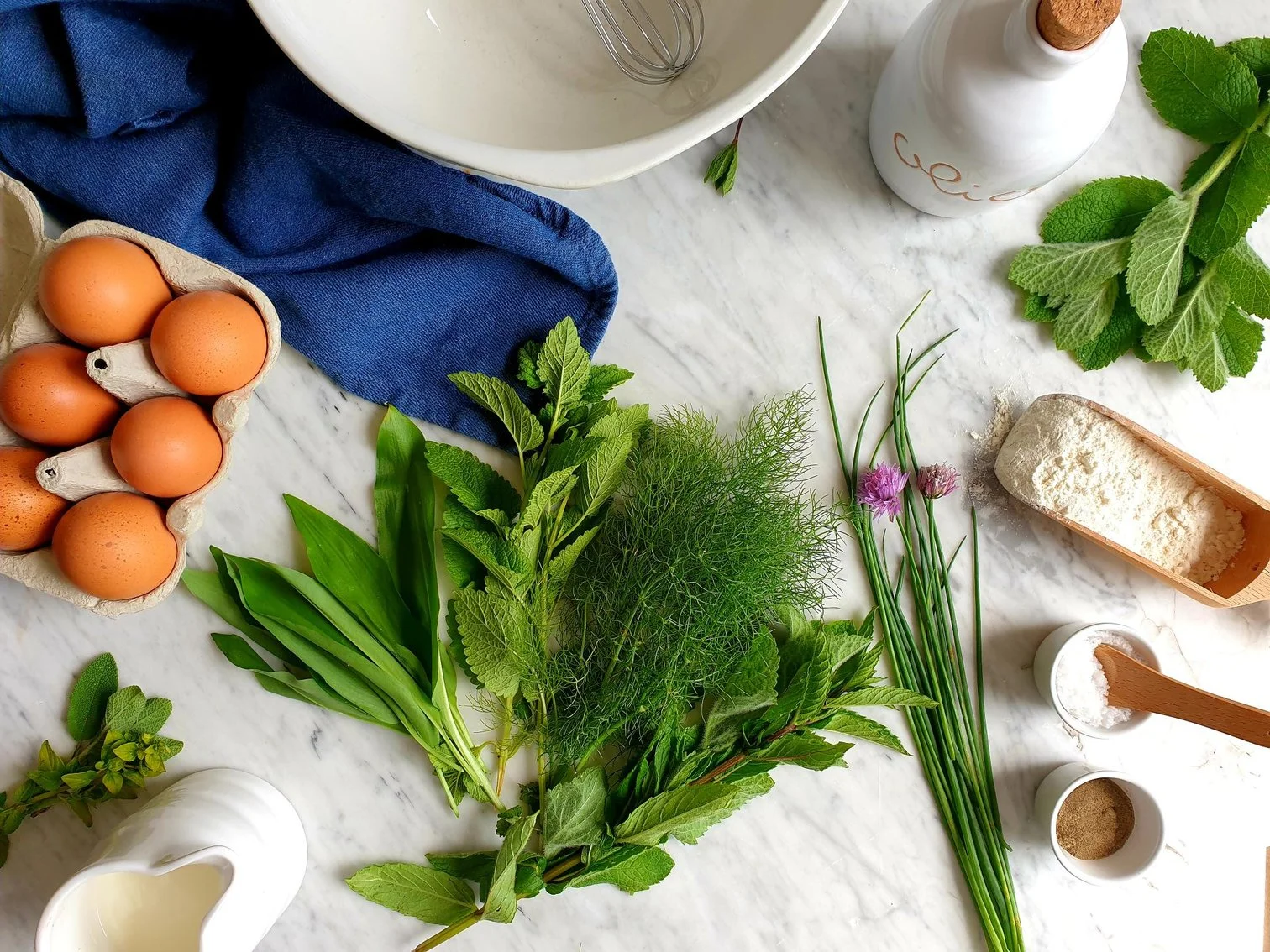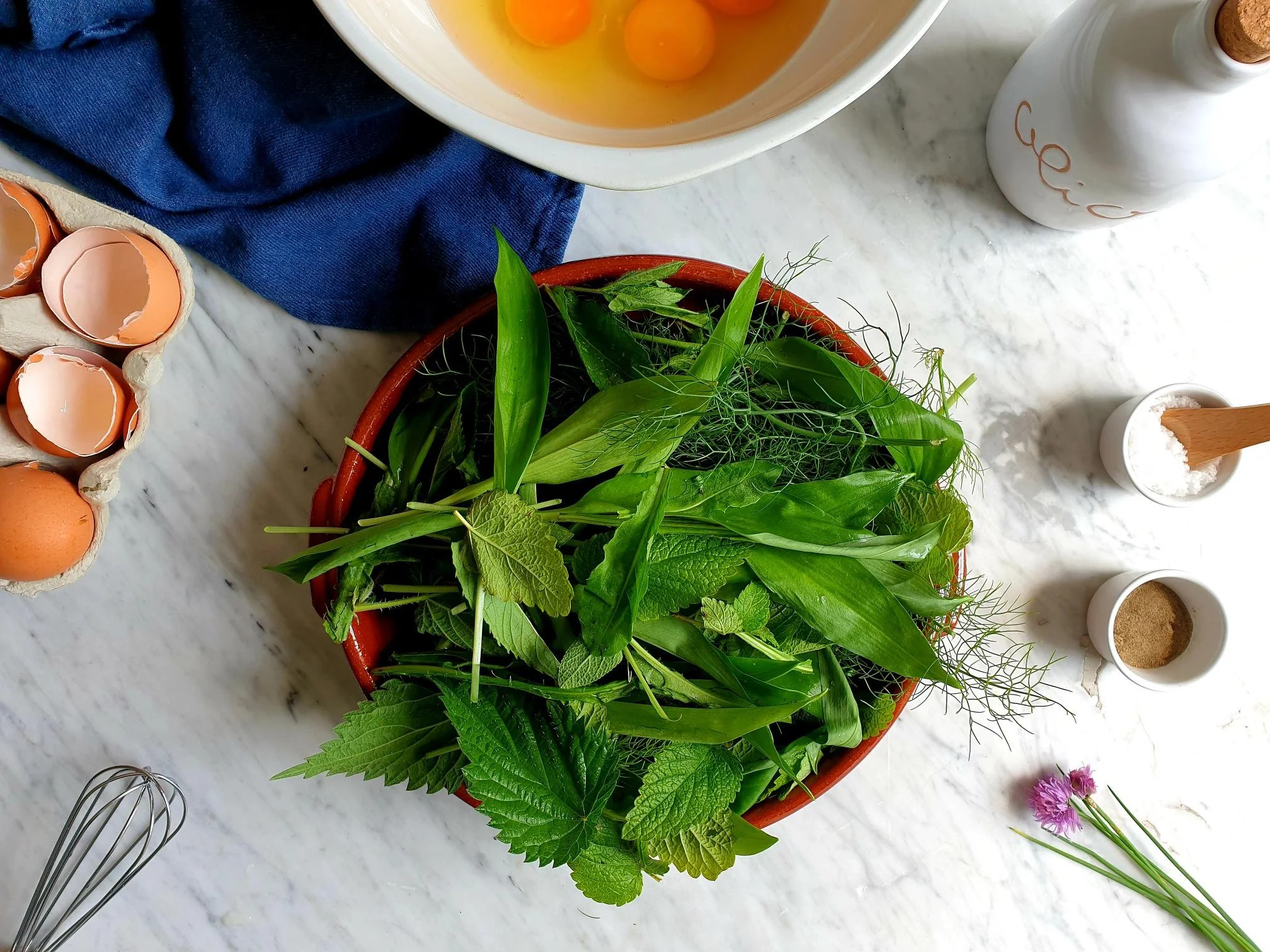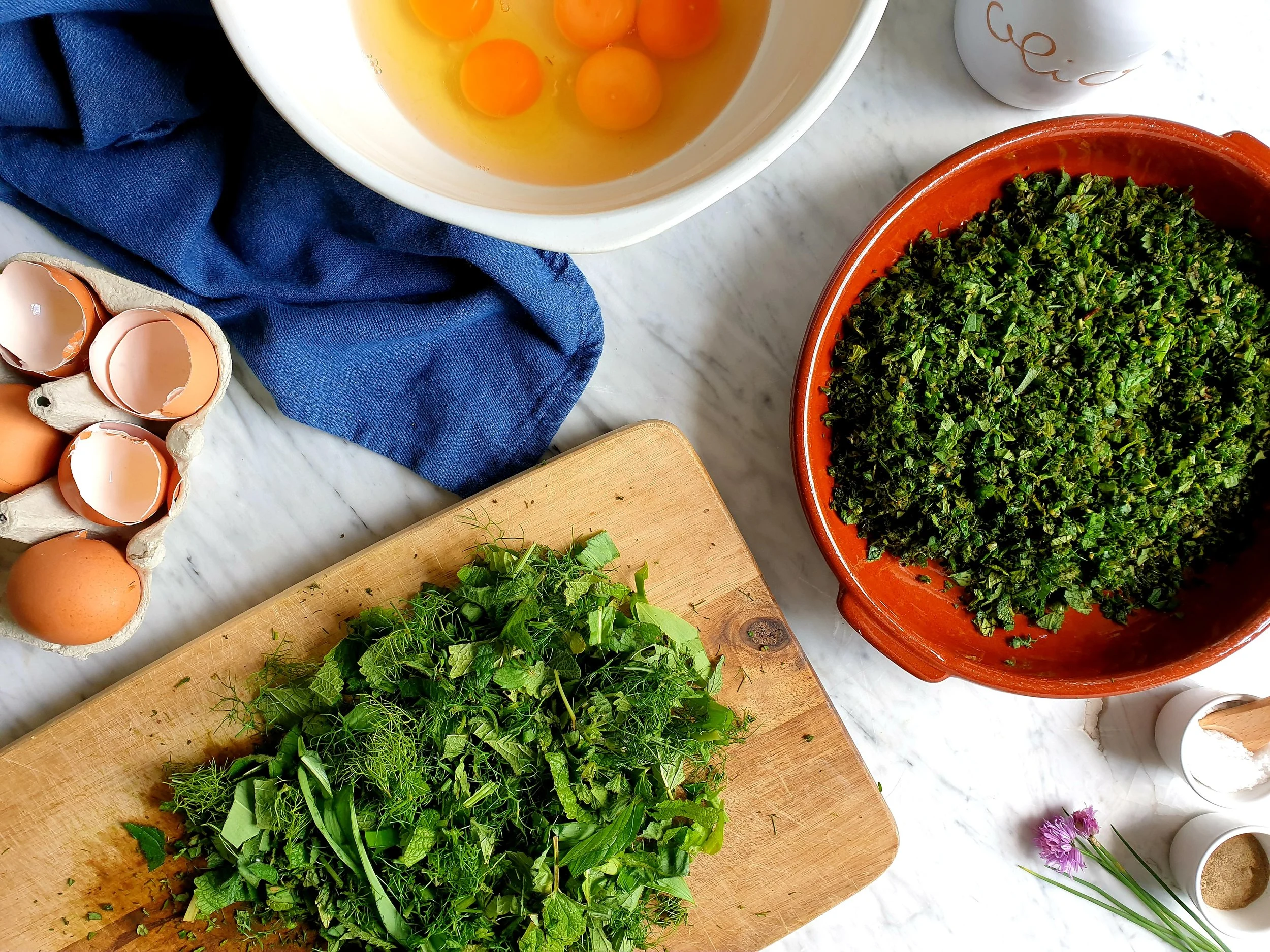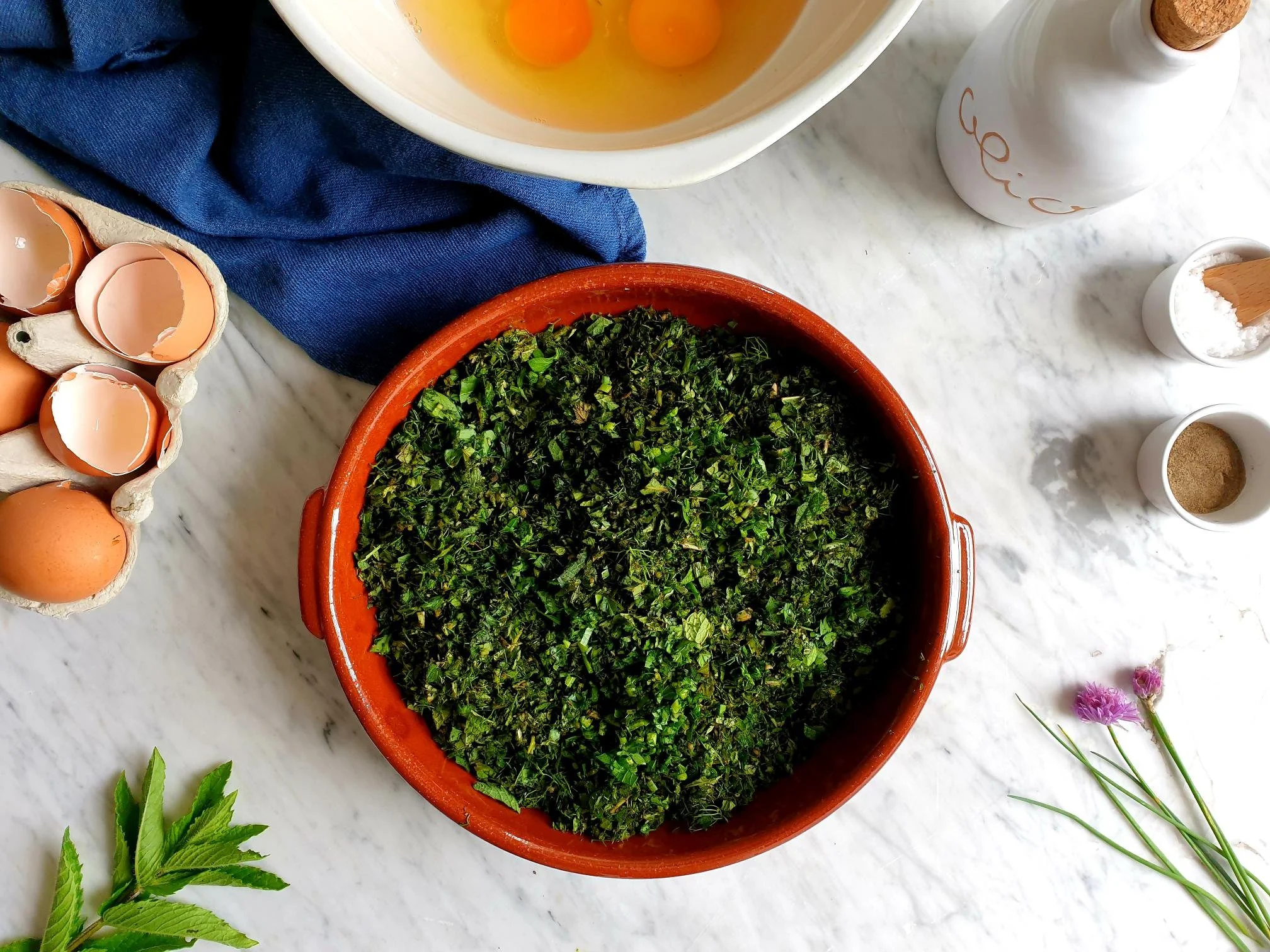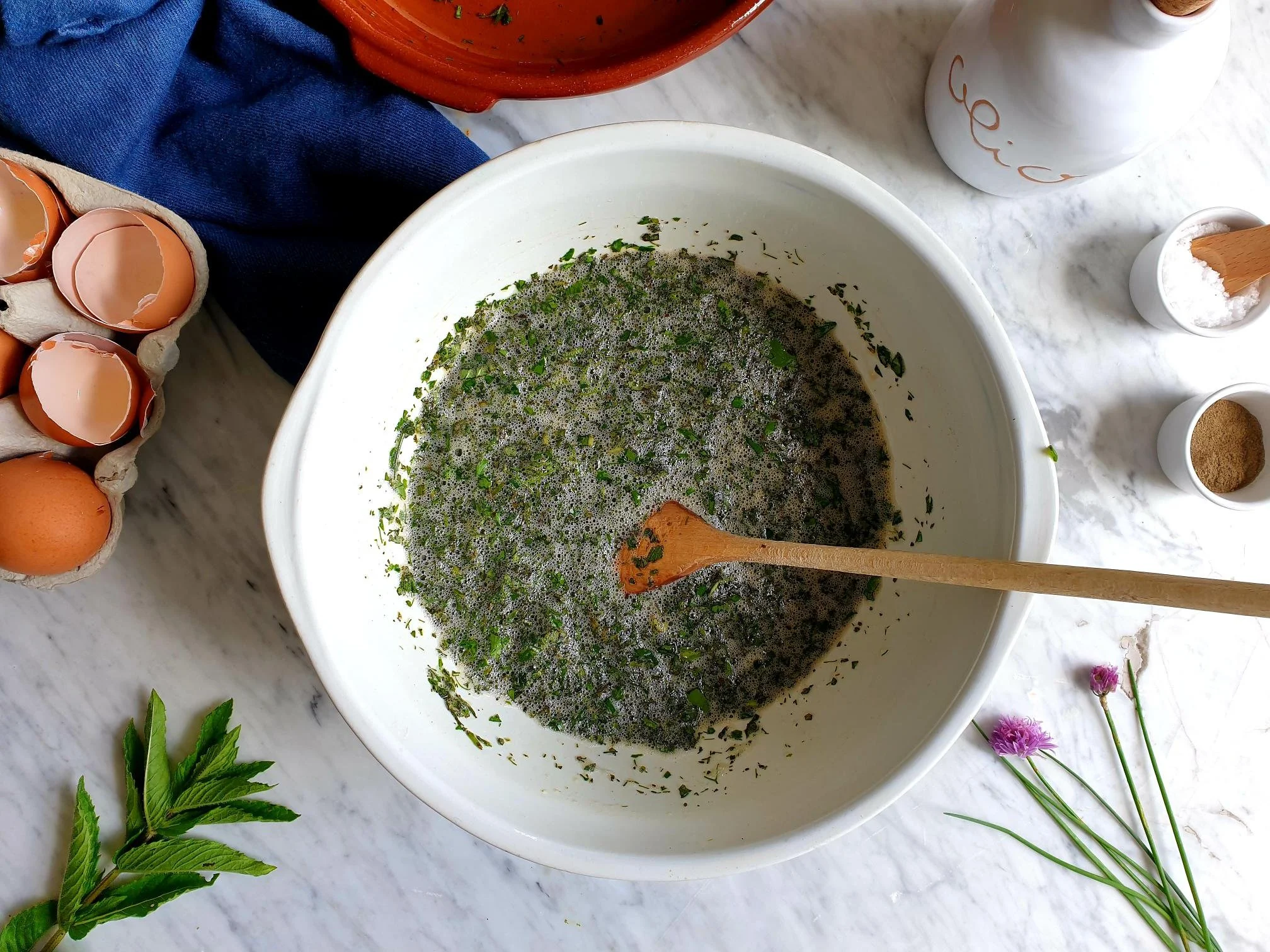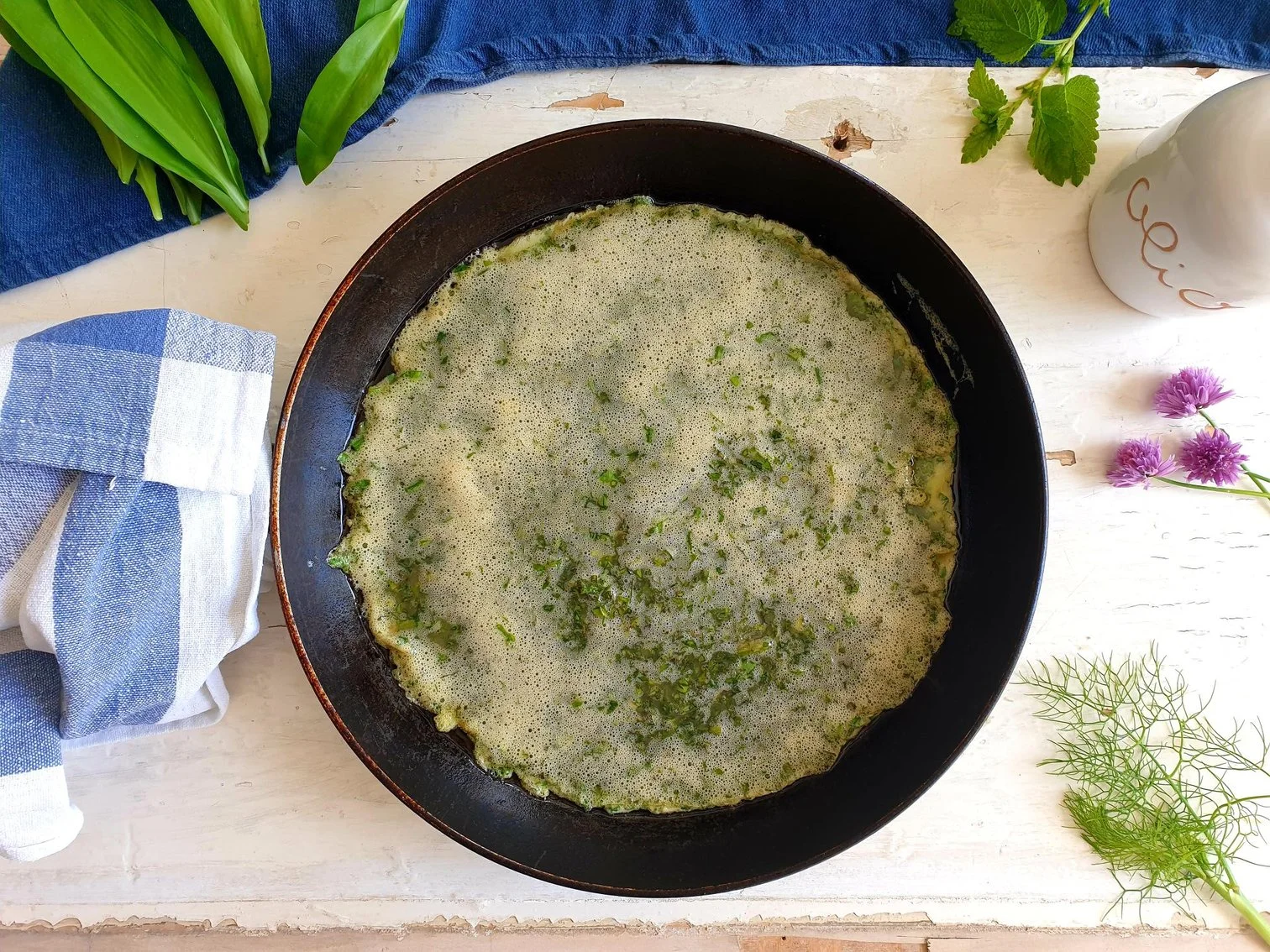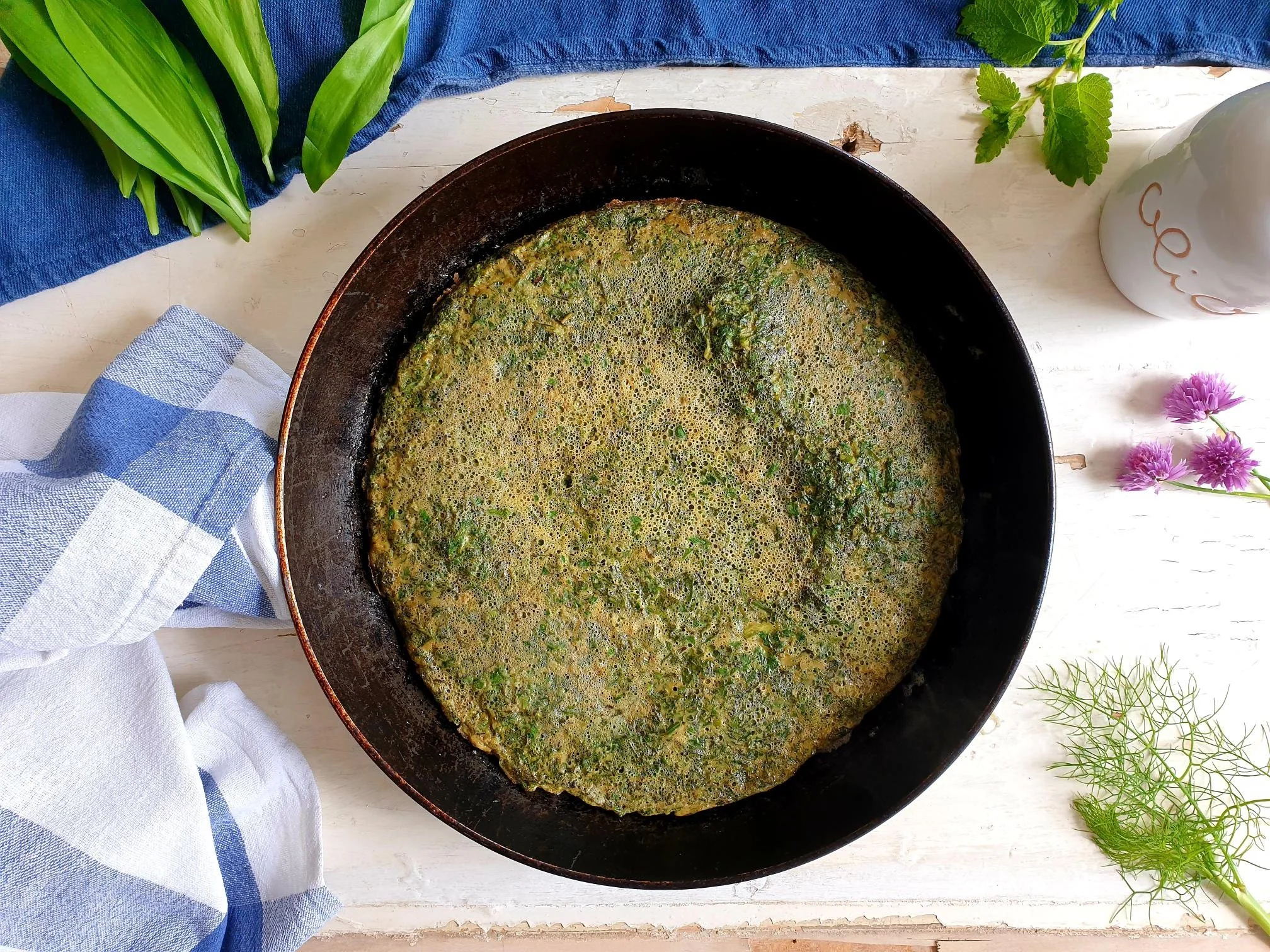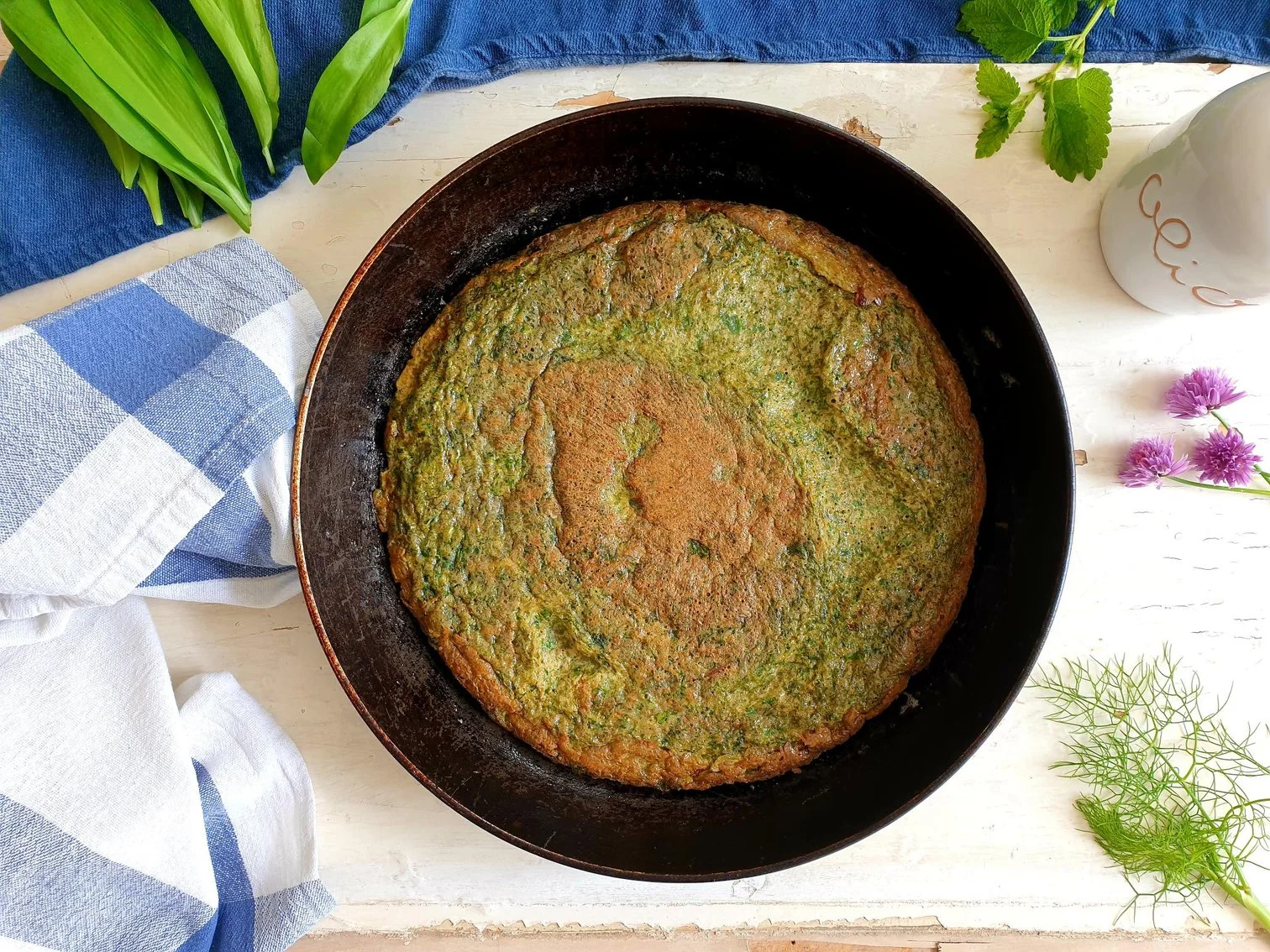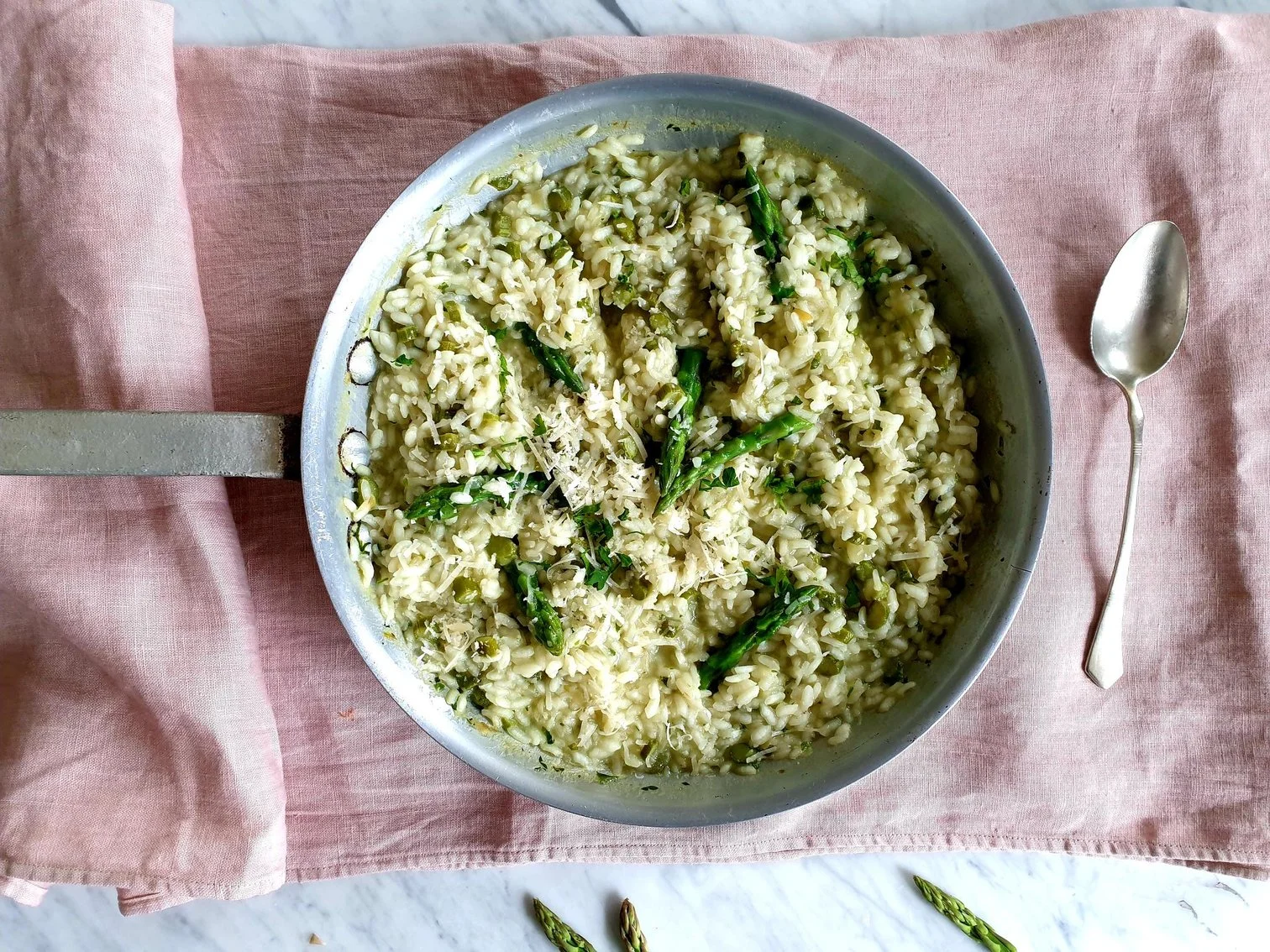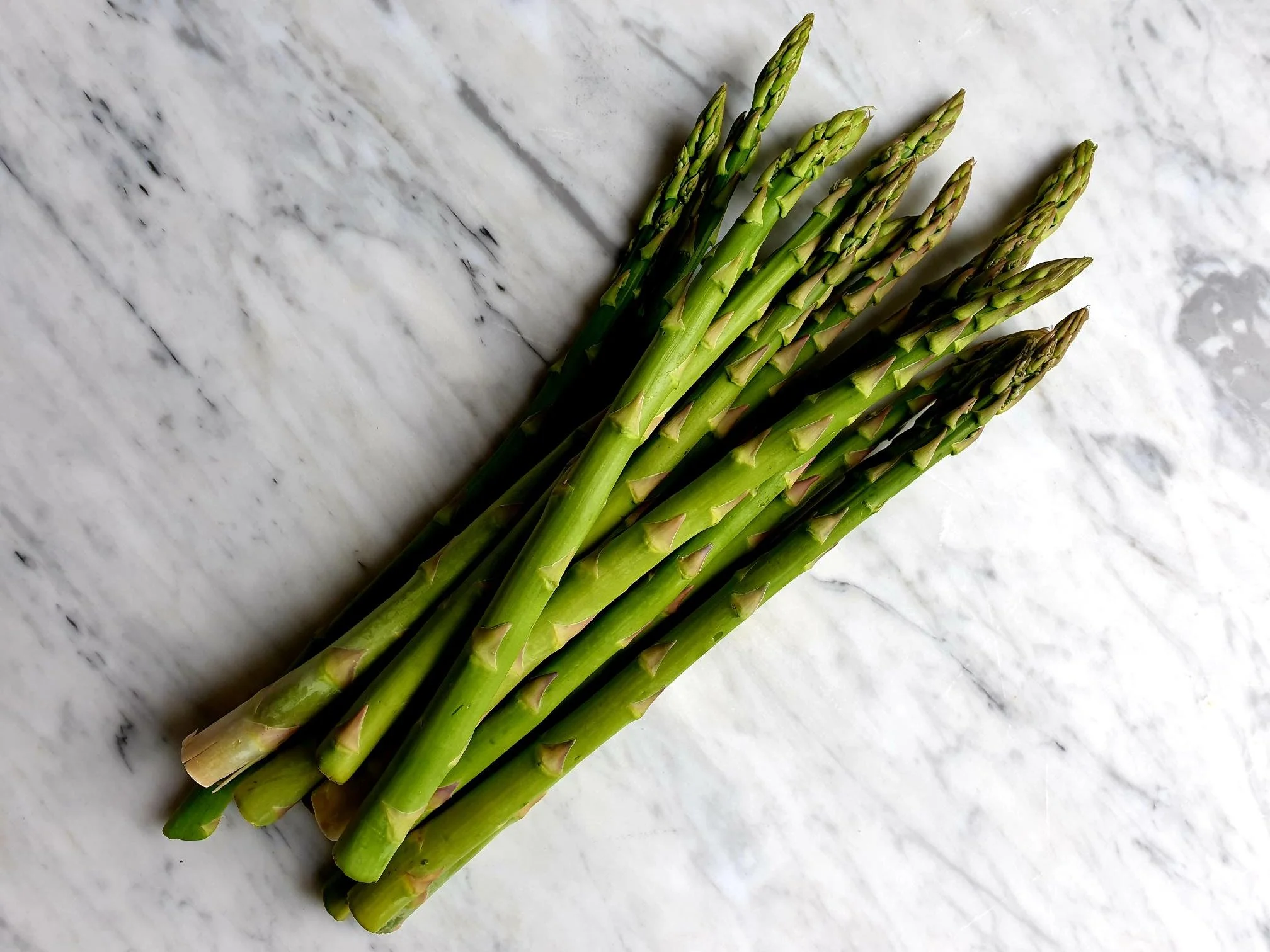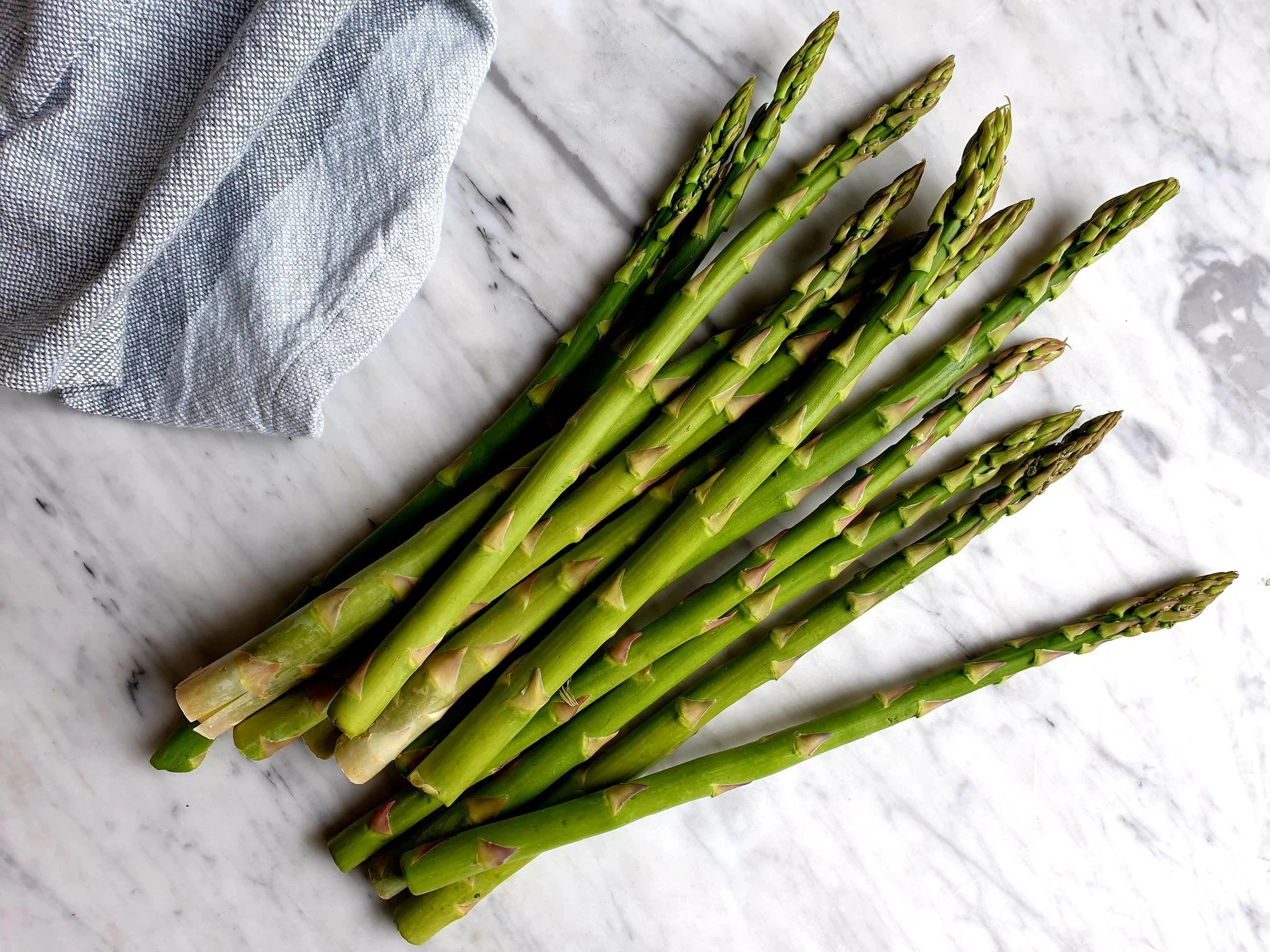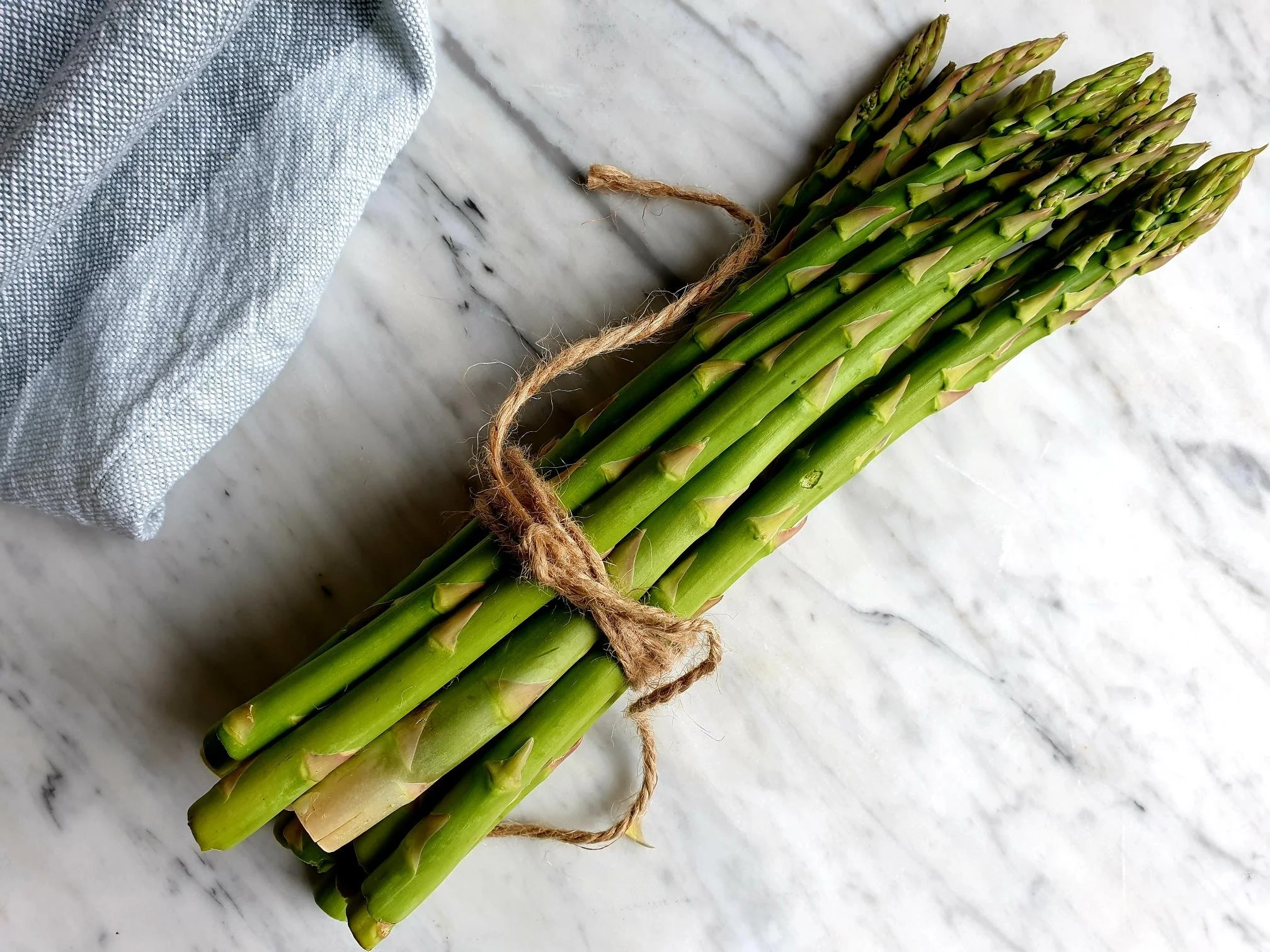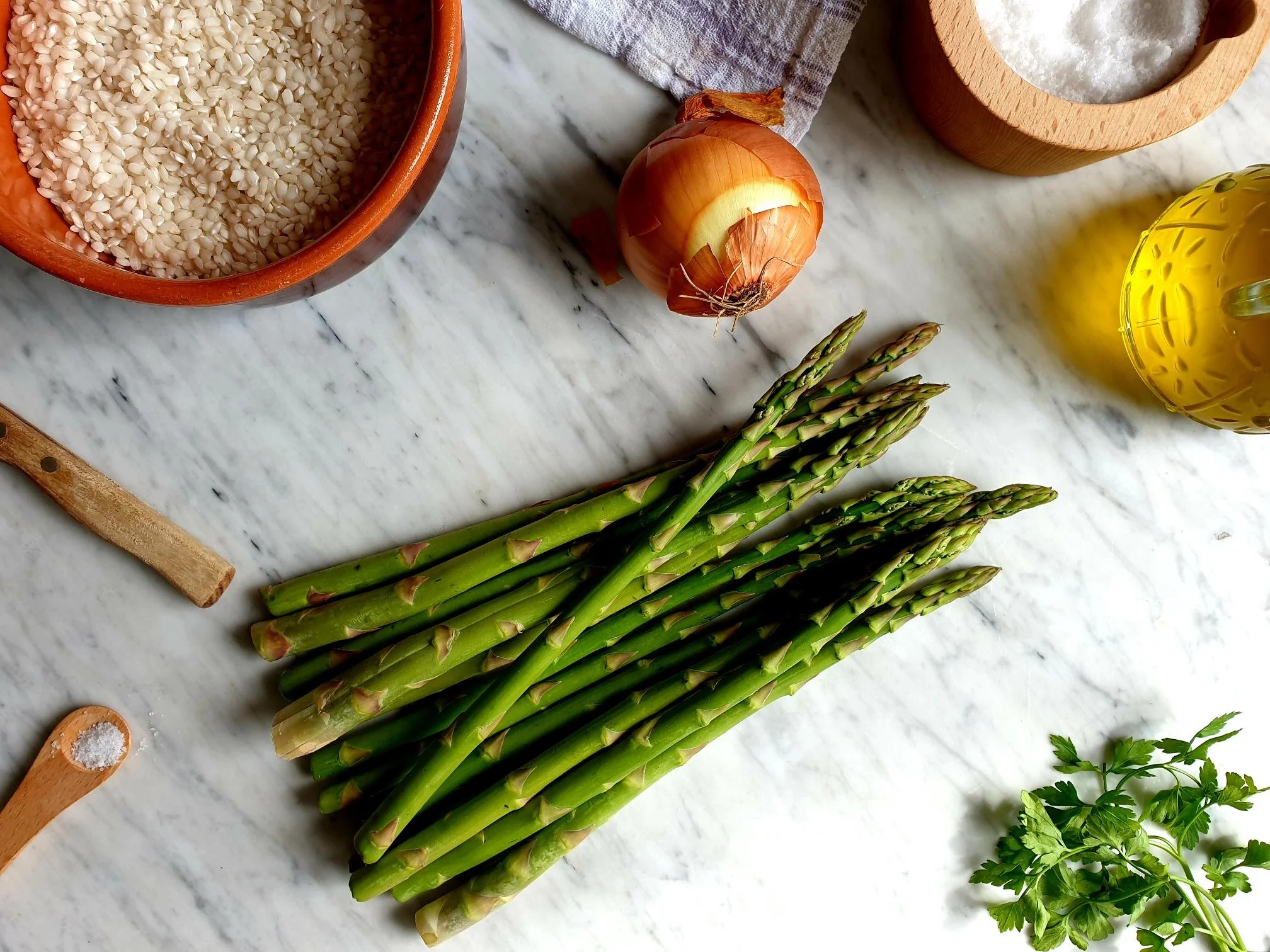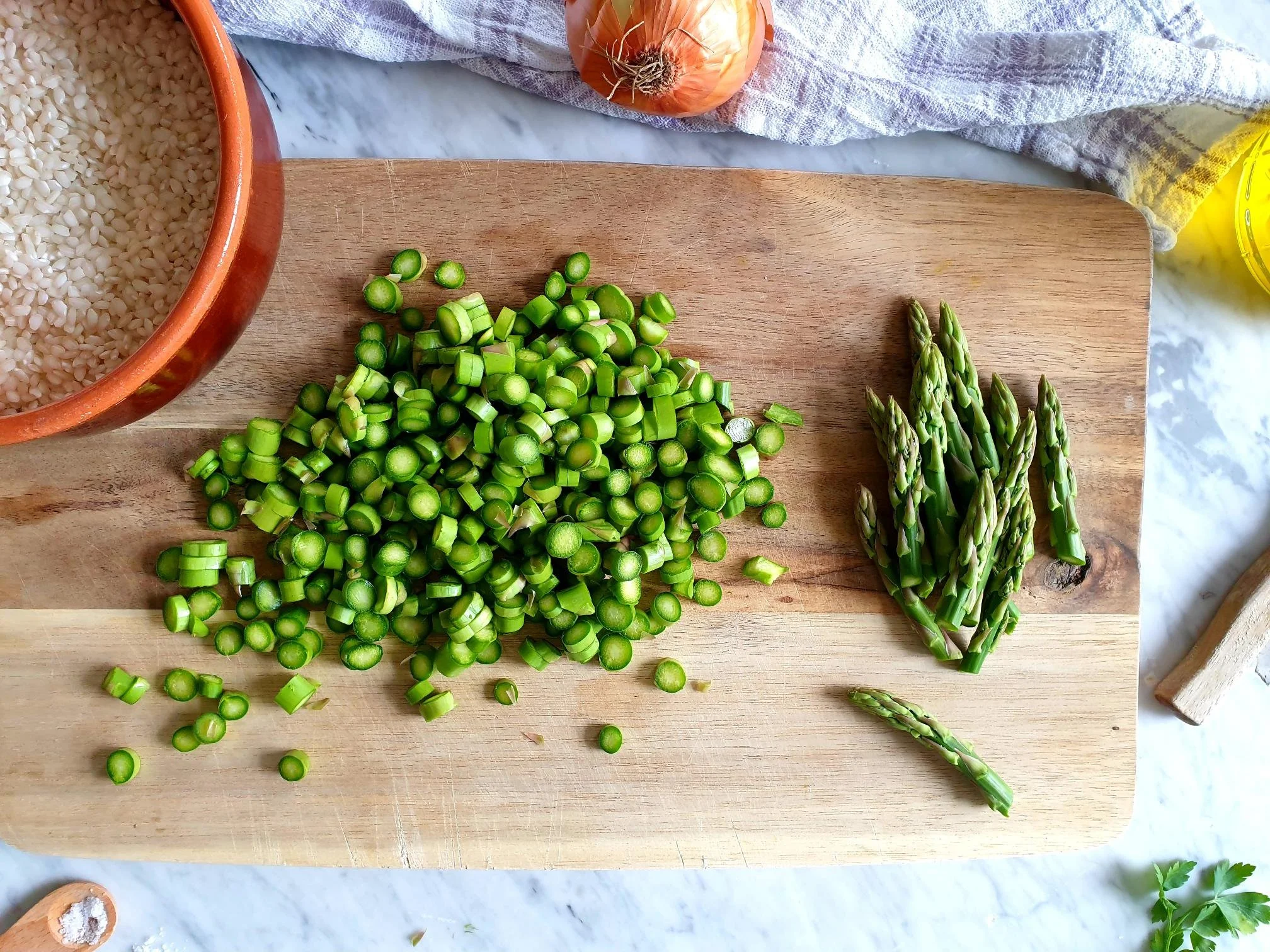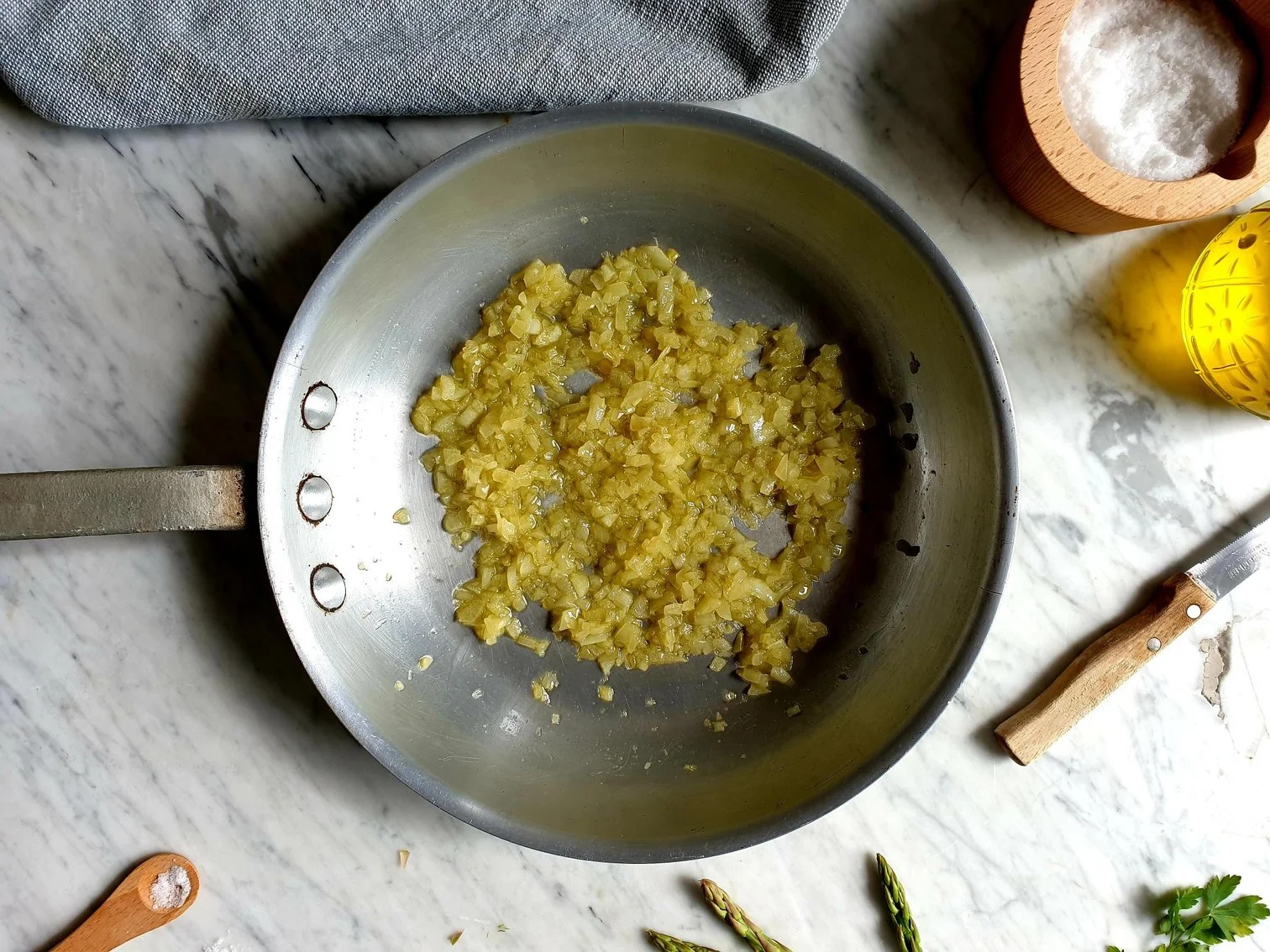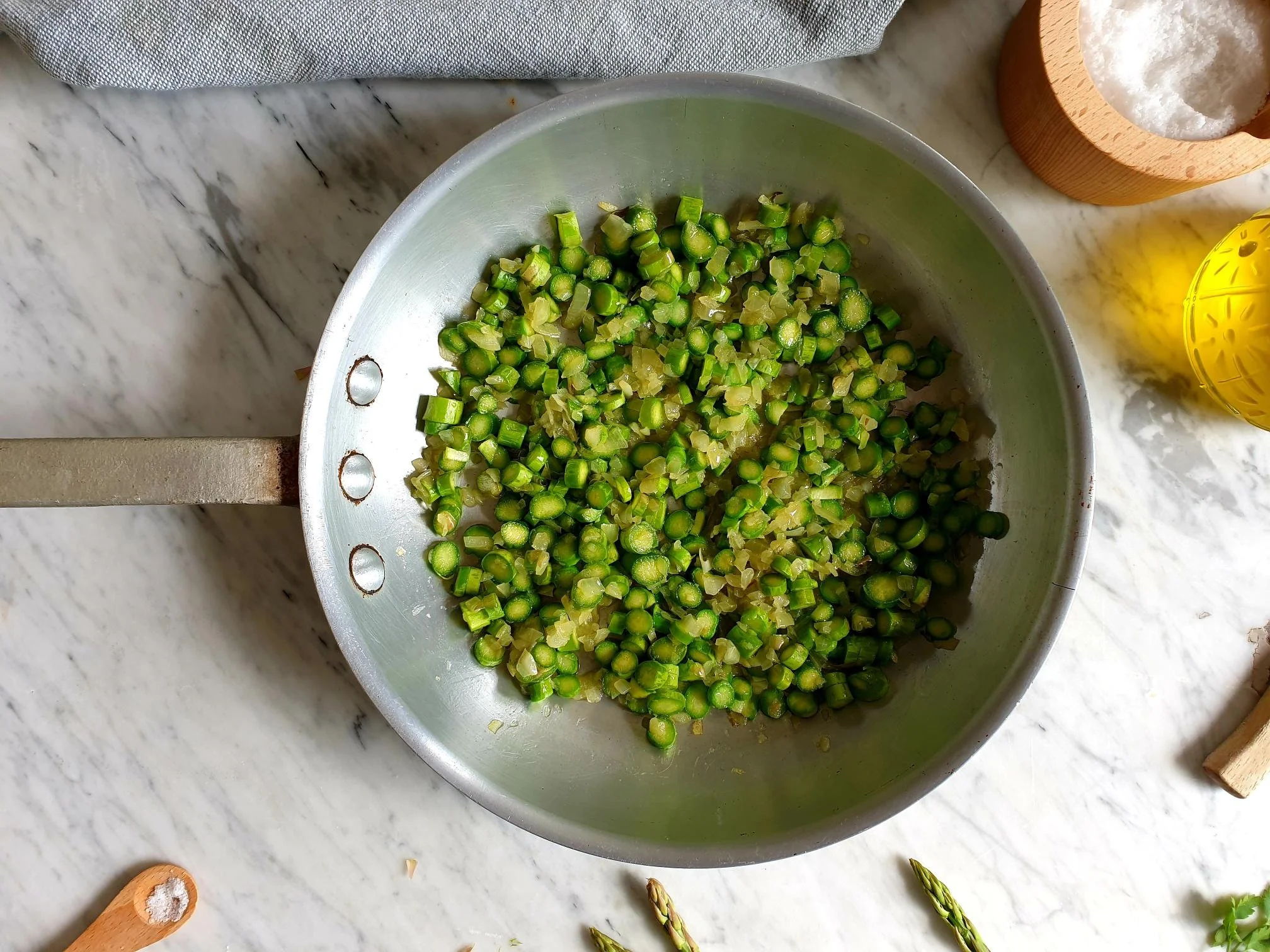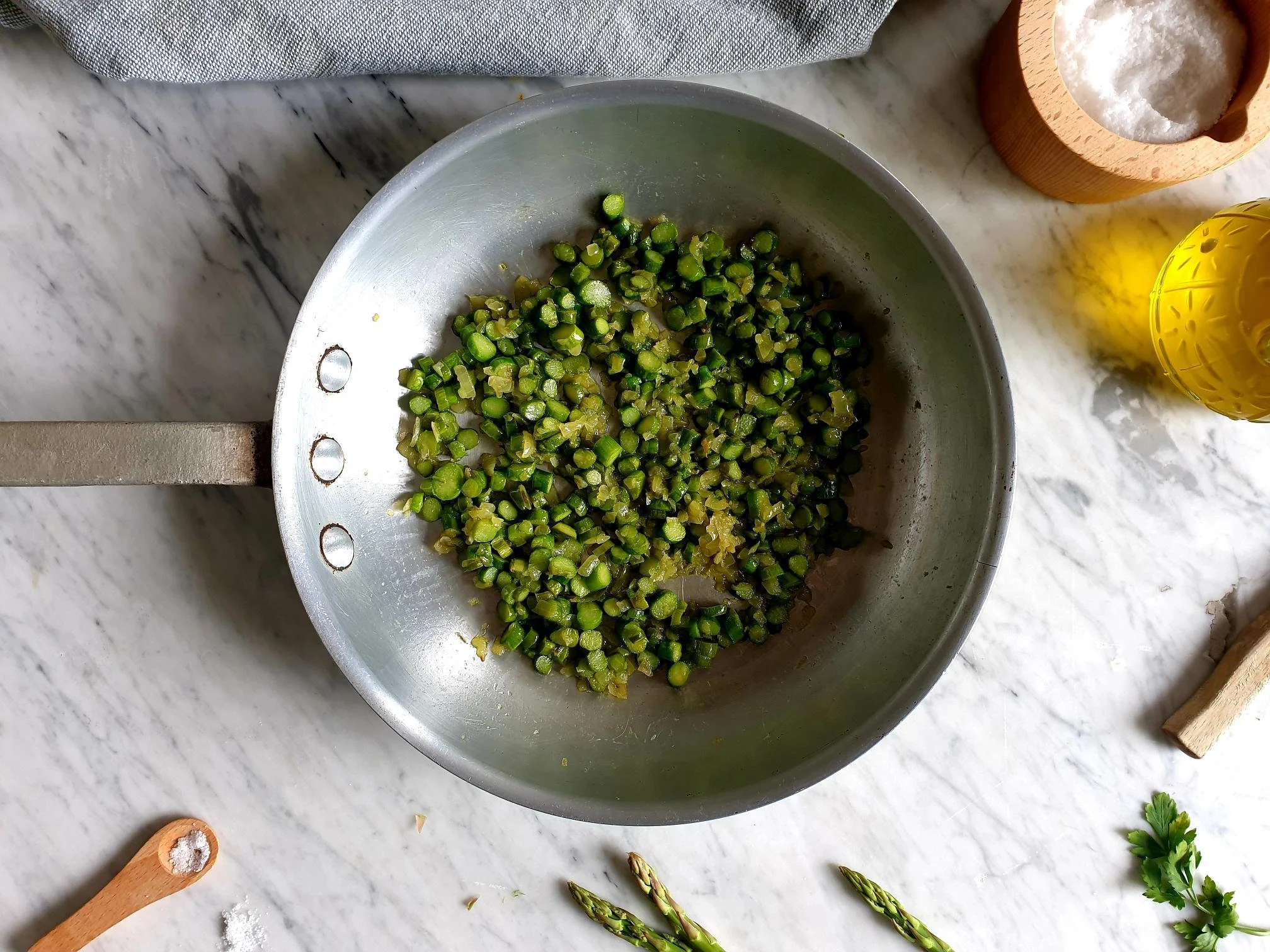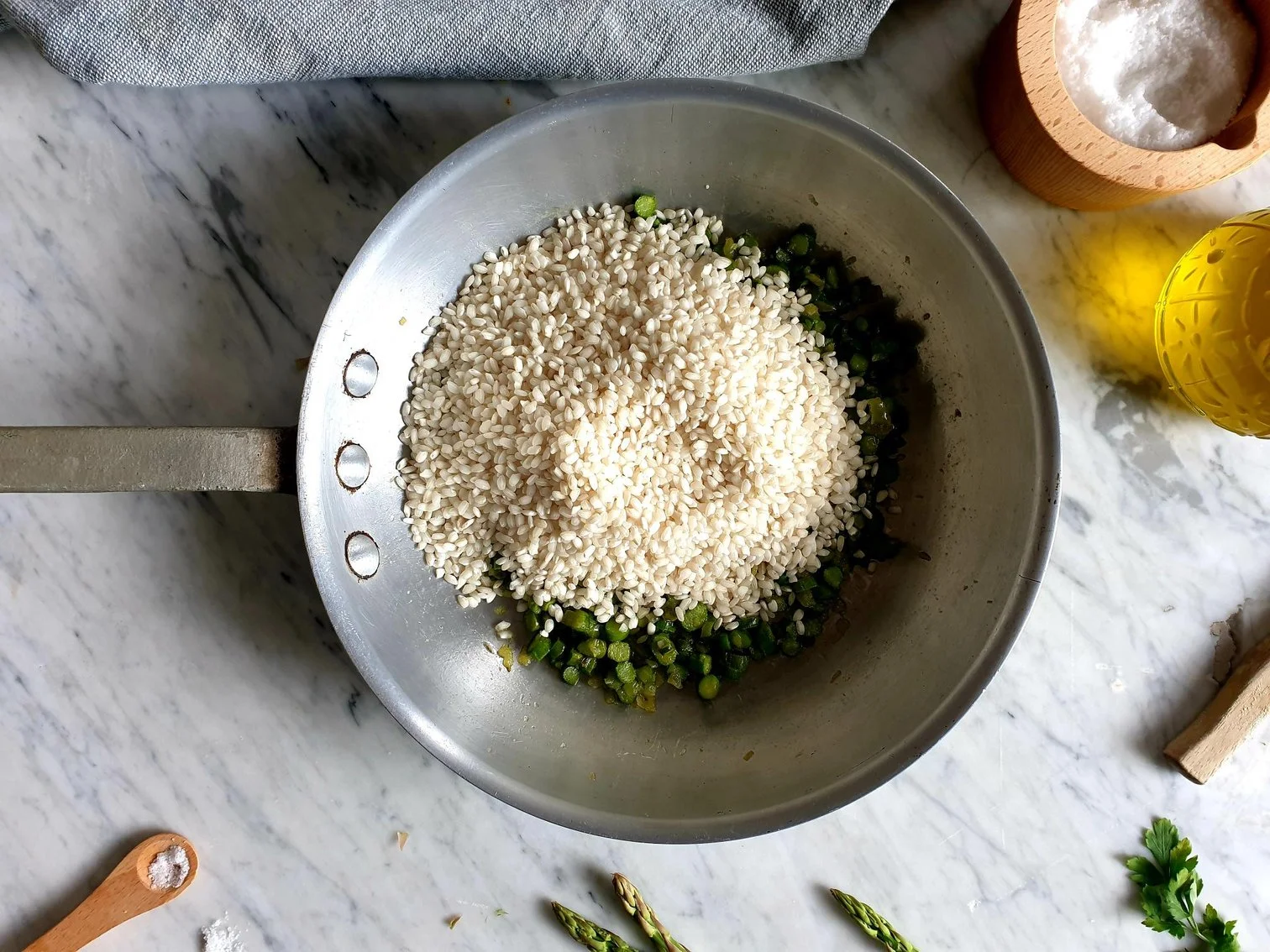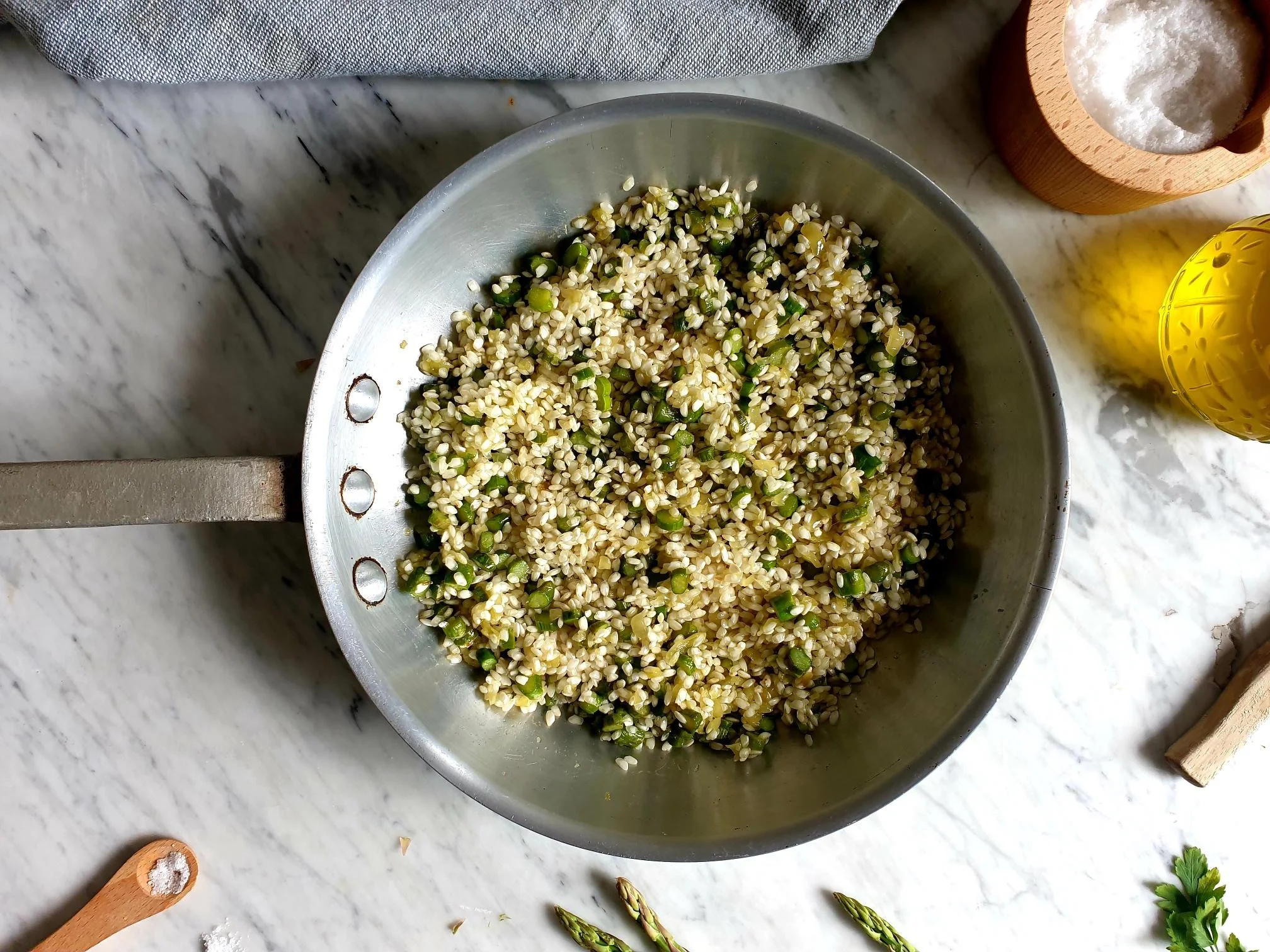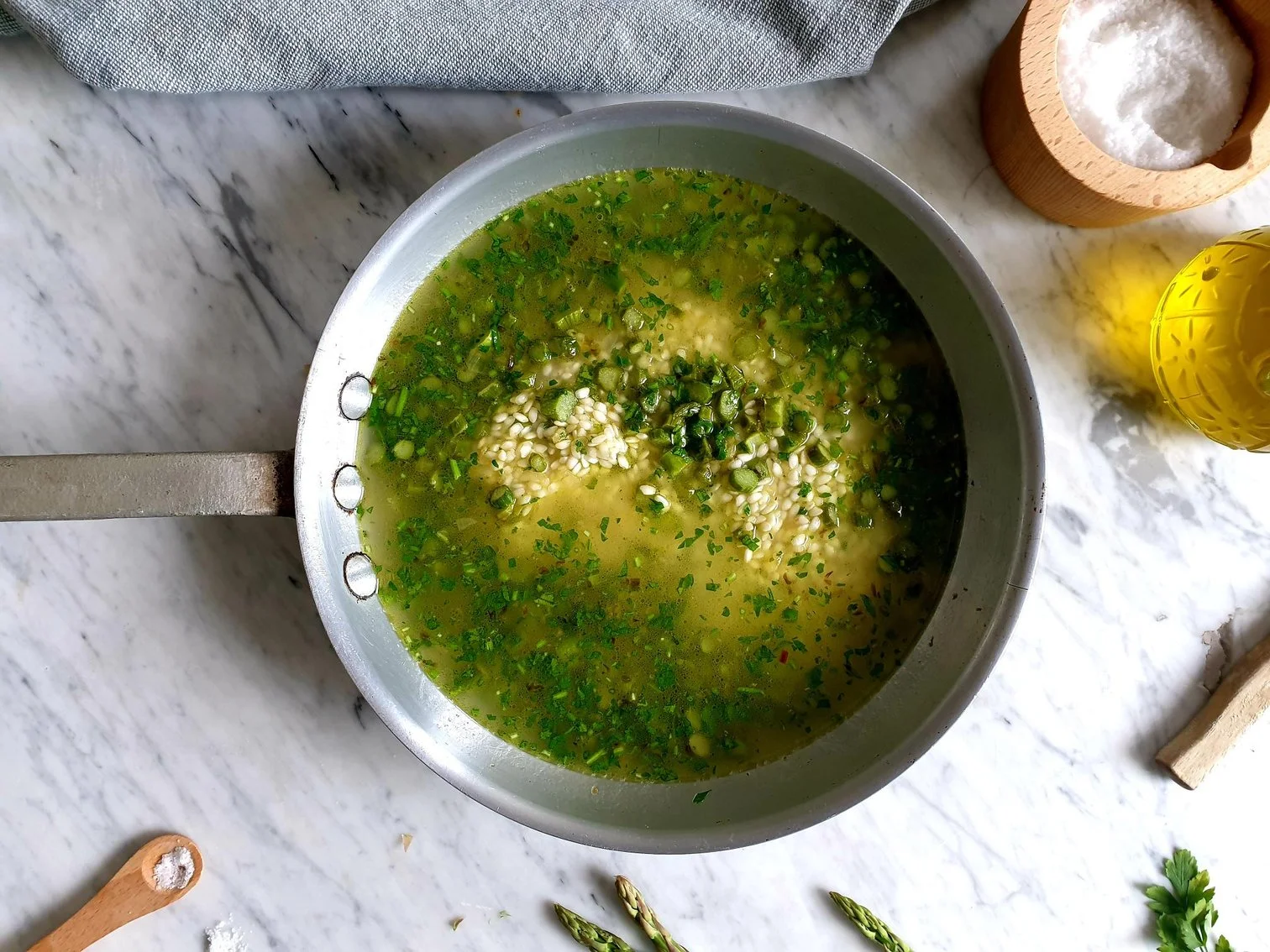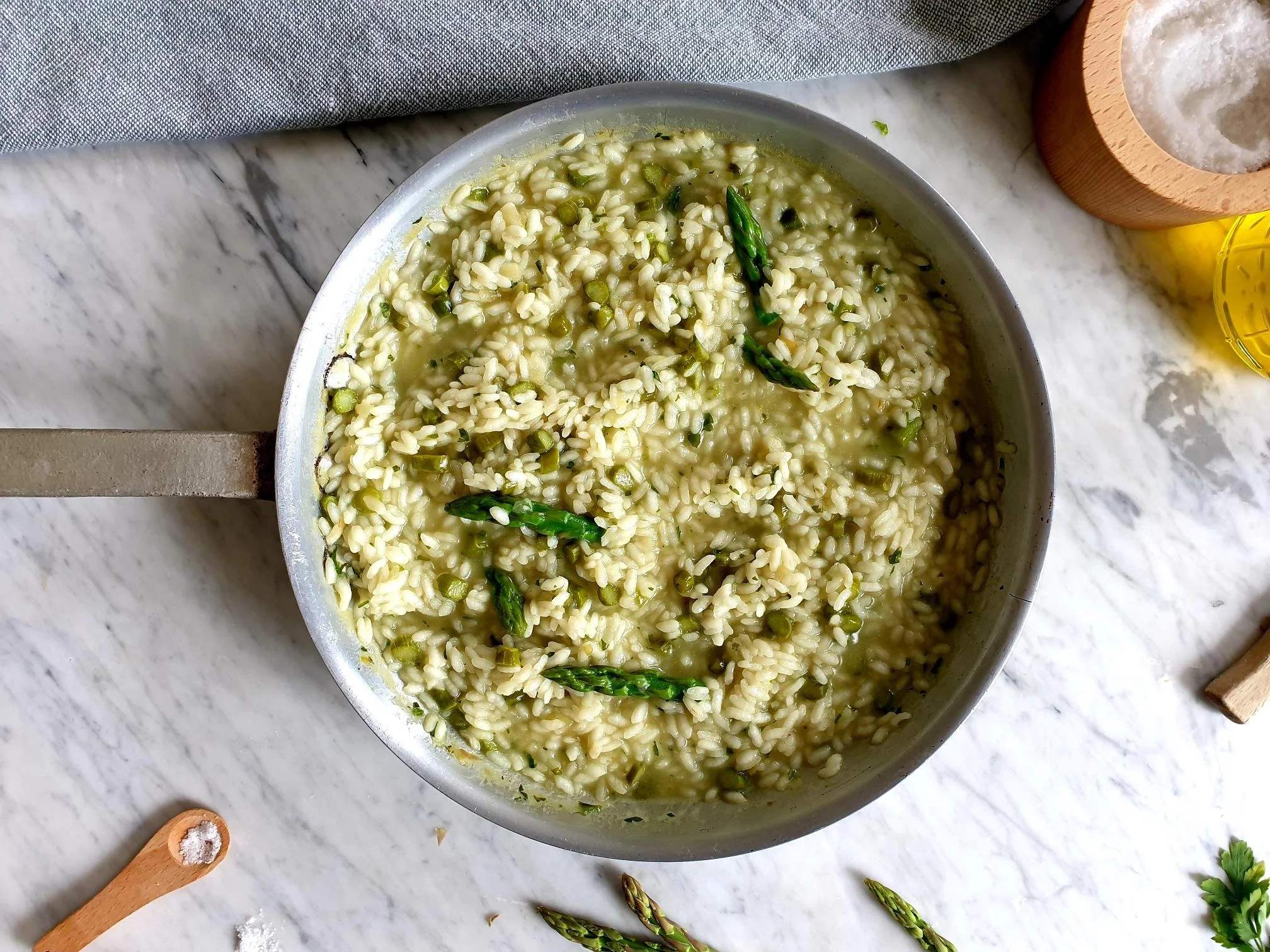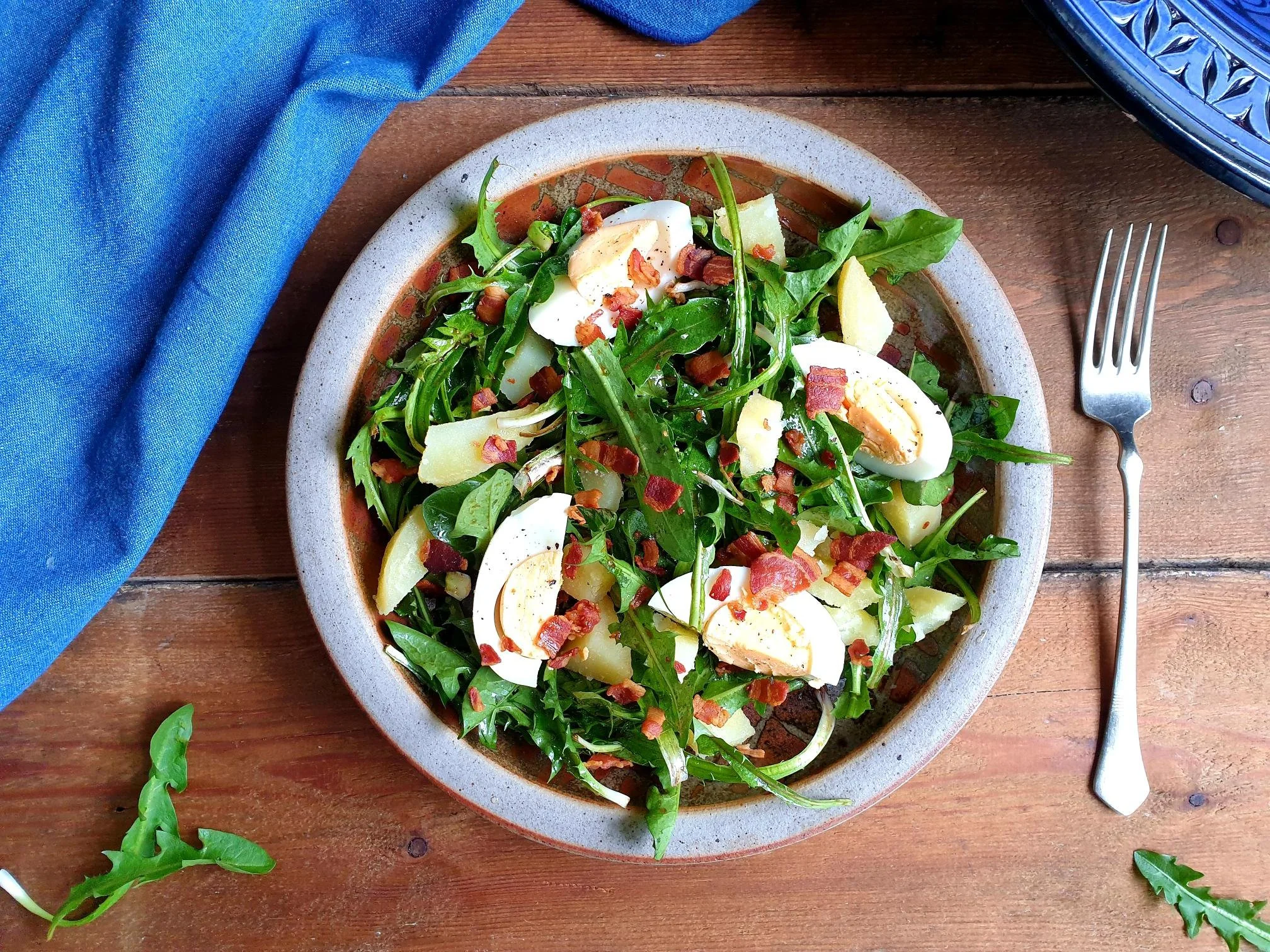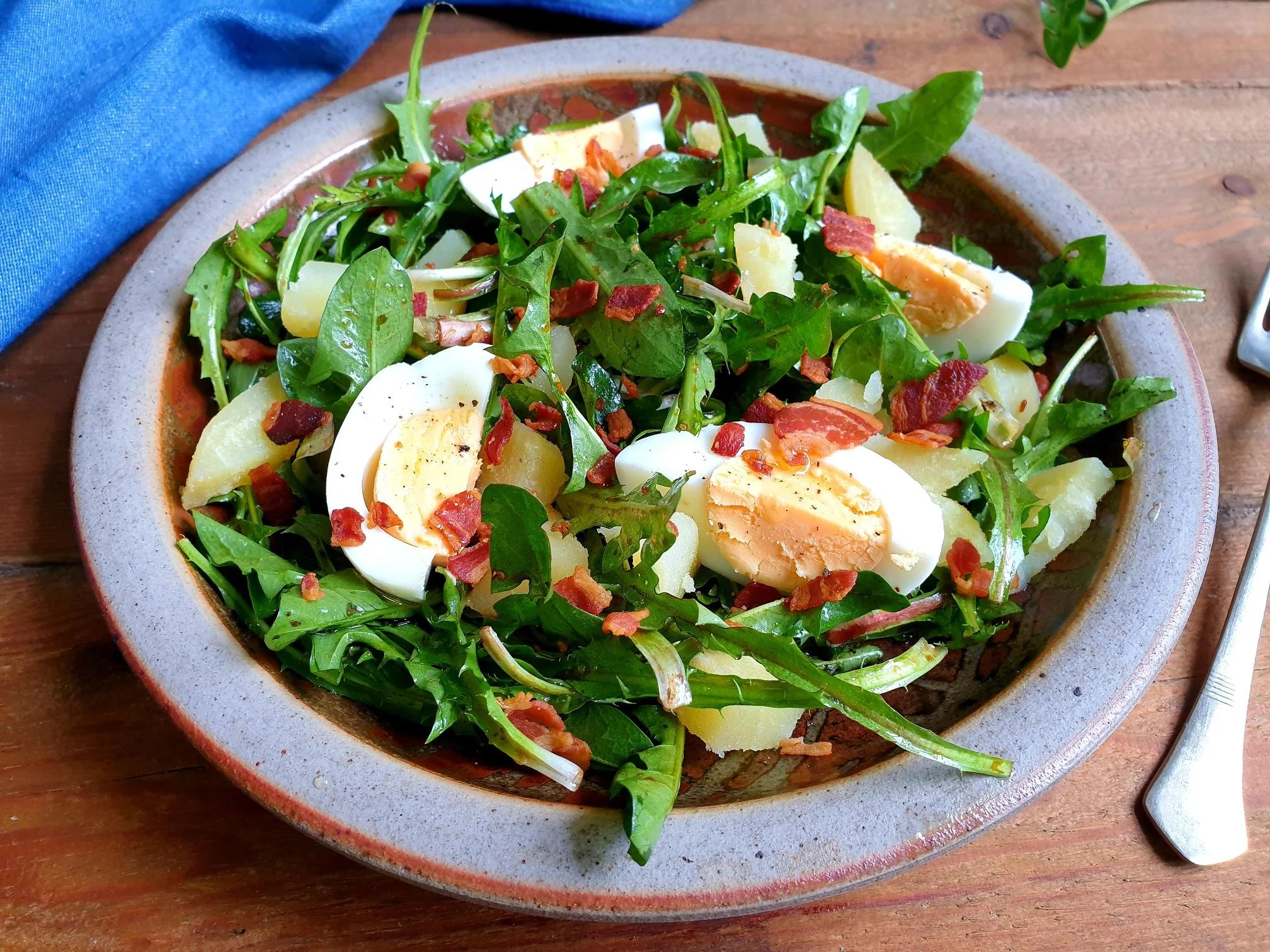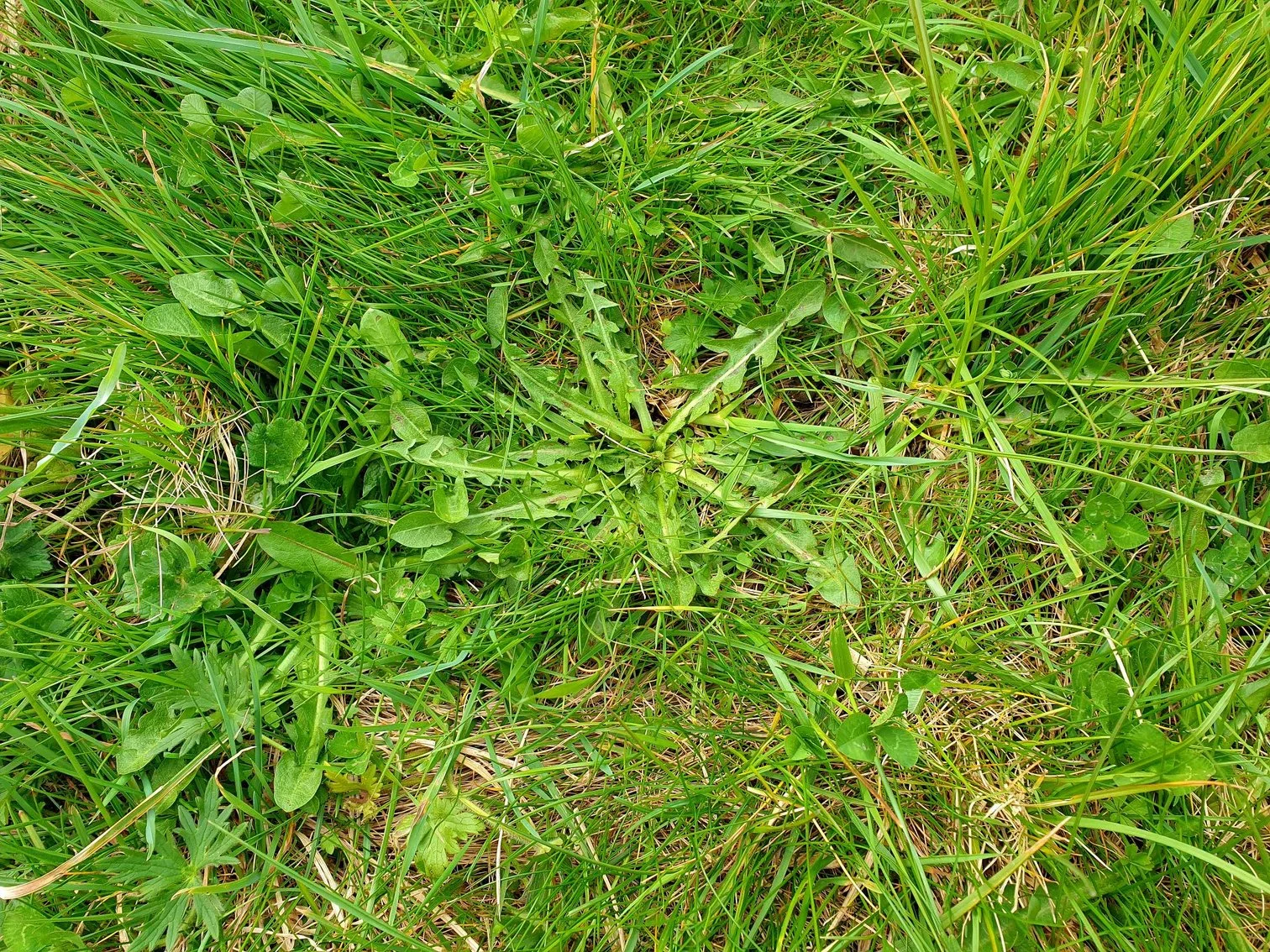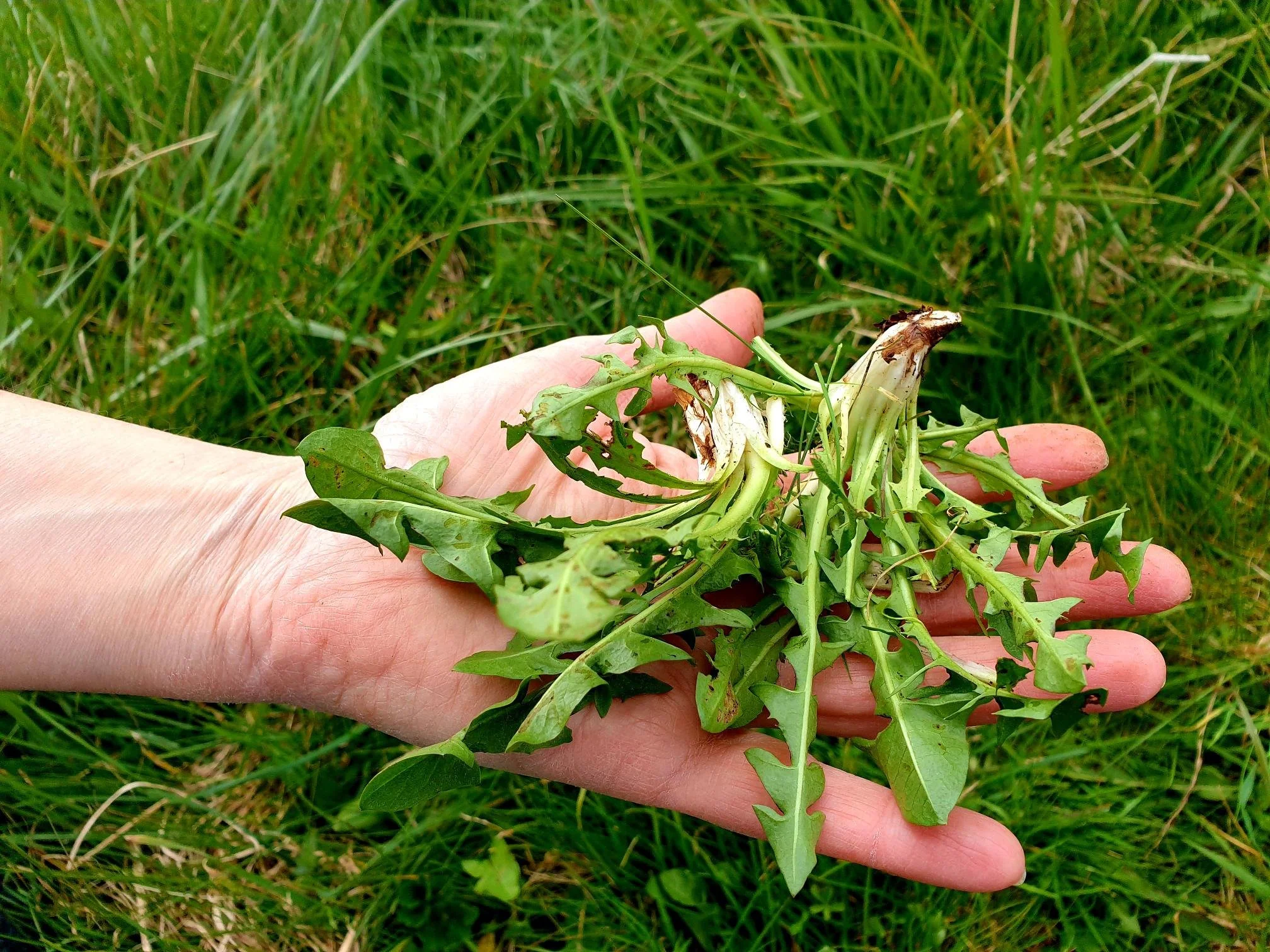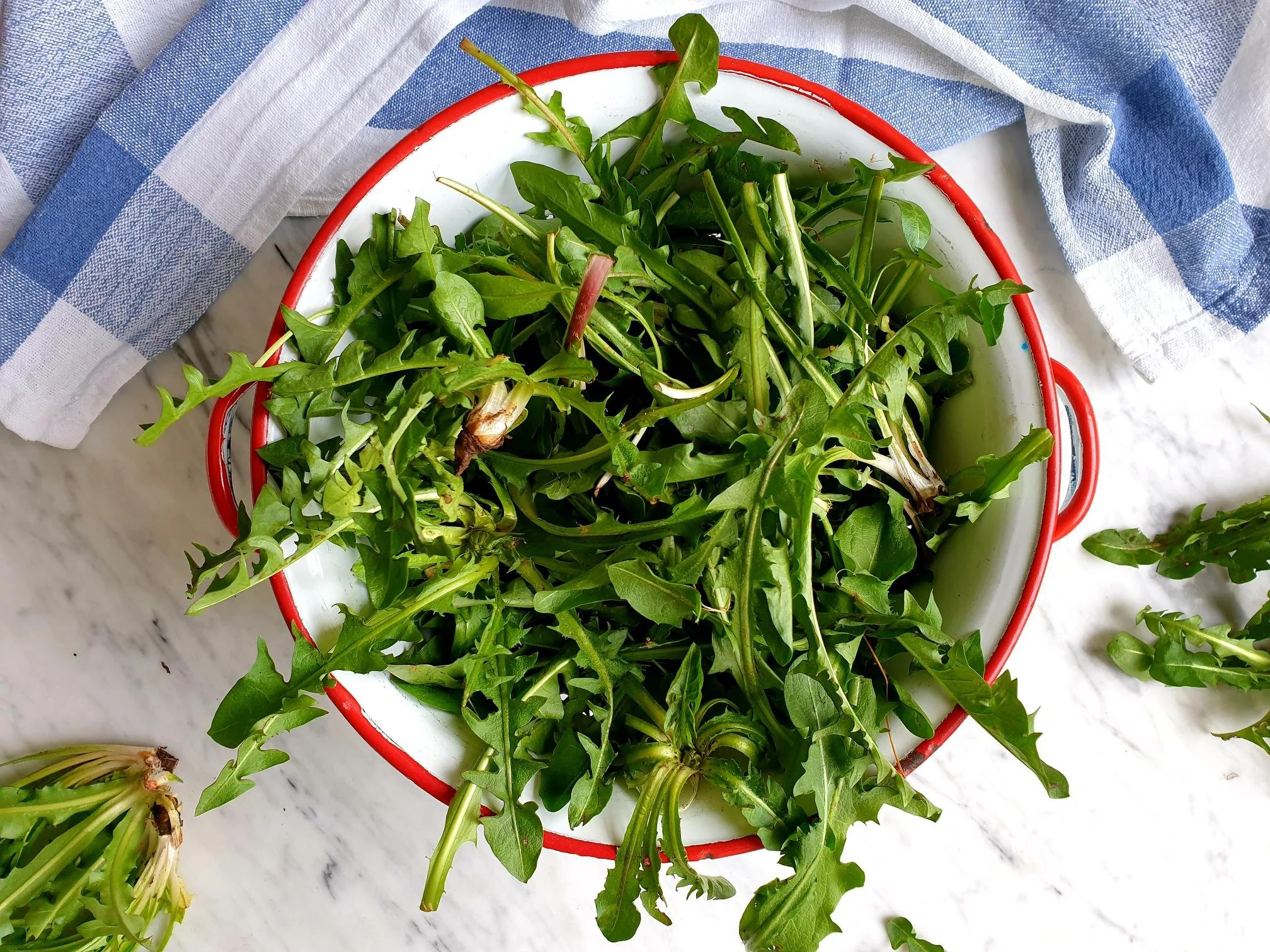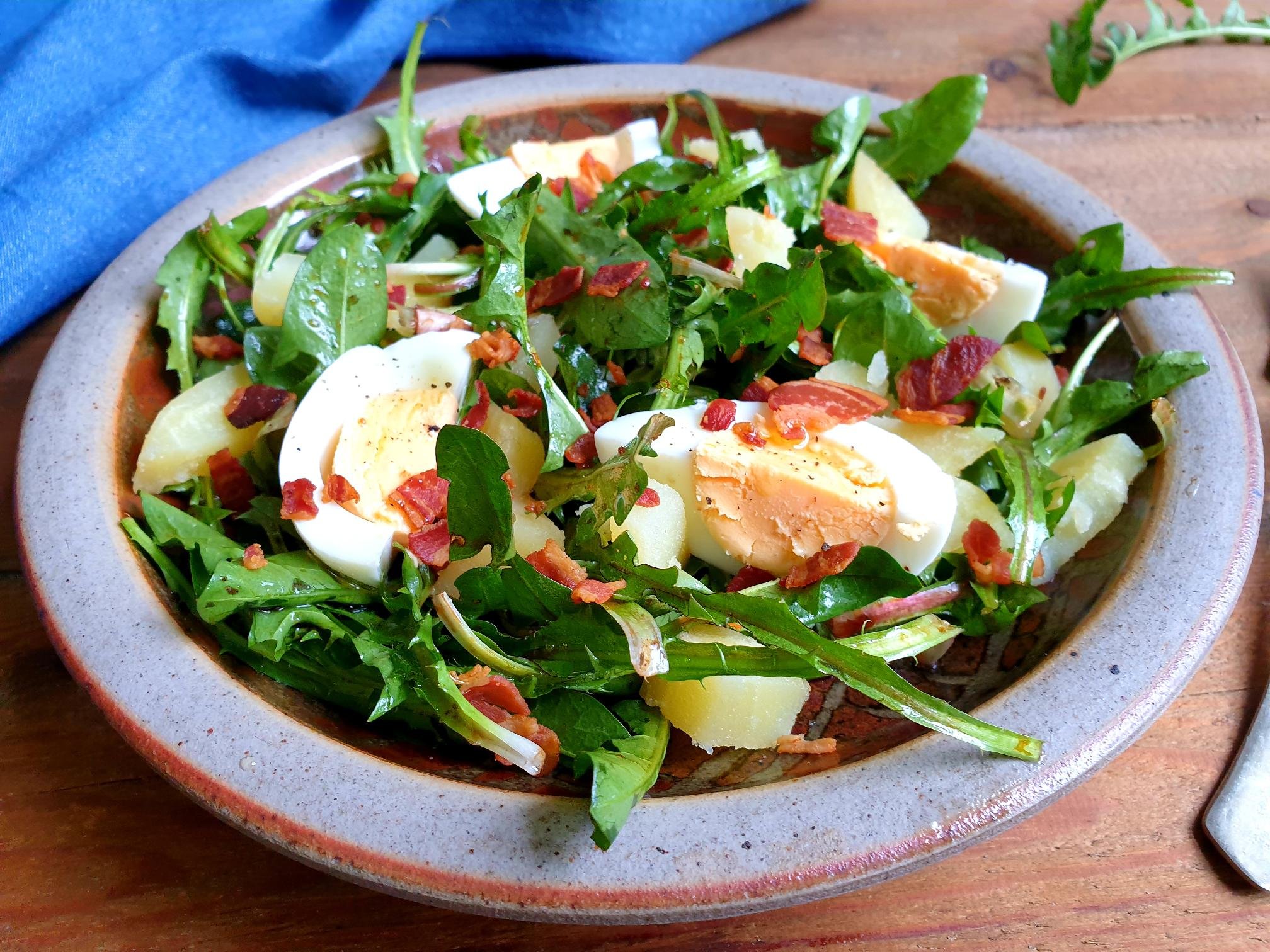Easter Eggs Dyed with Onion Skins Recipe
The tradition and the roots of dyeing the eggs over the Easter Period of celebrations now might be linked by many to modern and commercial aspect of Easter, but as a matter of fact, it takes us back to the history of the celebration of these events. It is believed that the custom of dying or colouring Easter Eggs started with the early Christians in Mesopotamia.
The eggs were dyed in various colours to represent and symbolise different aspects of the Easter story, yellow represents the resurrection, blue represents love and red represents the blood of Jesus Christ that was shed on the Cross for the sins of the world.
This tradition would spread over time through Catholic and Protestant churches in Europe, even though in pagan cultures eggs were a symbol of rebirth and fertility, and the arrival of Spring. It is another example of the early Church adapting, transforming existing pagan rites, and rituals to the Christian story and its message for the world.
In Slovenian Istra, where I come from, and all the regions of Slovenia, dying eggs during the Easter festivities is a deeply rooted tradition and has passed, luckily, the tests of modern times; Christians and non-Christians can get involved with this fun and family friendly activity. One of the most popular and inexpensive way to colour the eggs is using onion skins.
I am sharing here how the eggs have been decorated with fresh herbs leaves and flowers and dyed with onion skins in my family for generations.
The beautifully decorated and dyed eggs would be put in a wicker basket together with cooked ham, sweet Easter Bread (Pinca) and taken to Mass on Holy Saturday or early on Easter Sunday to be blessed, and only after being blessed, the food was taken from the basket, shared and enjoyed.
Recipe
In this recipe I am using different types of leaves from fresh herbs to decorate the eggs before dying them. If you are short of time however, or not feeling up to the task, you can easily skip the step of decorating the eggs and just colour them, and they will be equally beautiful.
Ingredients
12 eggs at room temperature (white or brown shell eggs or a mixture of both). You can easily change the quantity of the eggs used according to your needs.
big mixing bowl full of dry onion skins (from yellow or red onions or a mixture of both), roughly 3-4 handfuls
2 Tbsp white vinegar
1 egg white
a selection of fresh herbs and flowers (from the garden or a meadow)
You will also need
some old ladies’ nylon tights (quite thin,15 Denier or less)
scissors
cotton thread or thin string
paint brush
a big pot
vegetable oil
Method
Cut the tights into 10-15cm wide strips (this size of the “pocket” should accommodate nicely the egg)
Lightly brush the inside of the herb leaf or flower with a paint brush dipped in egg white.
Gently place it on the egg, press it lightly to help it stick.
Brush the edges of the herb leaf or flower with the egg white so it adheres better to the egg (preventing the herb or flower moving around). Leave to dry just for a few minutes.
Carry on with the process until you decorate all the eggs with herb leaves or flowers.
Place the decorated egg inside the tights strip, wrap it tightly around the egg, this will allow the decoration to stay in place and not move around (you will need to stretch it a bit and adjust the strip of tights).
Tie the end with a thread or a thin string, or stretch the tights pocket a bit and make a knot.
Put half of the onion skins in the pot.
Place decorated and prepared eggs into a pot on top of the onion skins.
Cover the eggs with the remaining onion skins.
Add cold water so the eggs are completely covered and submerged in water.
Pour two tablespoons of white vinegar.
Bring to boil.
Turn the heat down and gently simmer for about 30 minutes.
Turn the heat off and leave the eggs to cool completely.
Allow the eggs to soak (check the eggs for desired colour).
You can leave the eggs to colour for about 4-6 hours, you can leave them to colour for longer or overnight (I leave mine overnight for practical reasons). The longer you leave them to soak, the darker they will get. You can also remove half of the eggs after a few hours and the rest of the eggs the following day (in this case you will end up with some eggs being lighter in colour compared to the ones that were left to soak for longer).
Remove the eggs form the pot.
Cut off the tights with the scissors, remove decorative herbs with the help of some kitchen paper.
Dry the eggs with kitchen paper.
If desired, wipe gently the eggs with a bit of vegetable oil. This will give them a beautiful shine.
Display the eggs in the basket.

